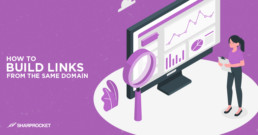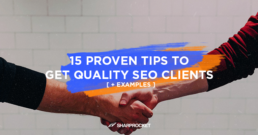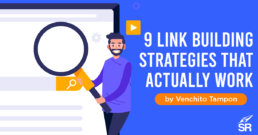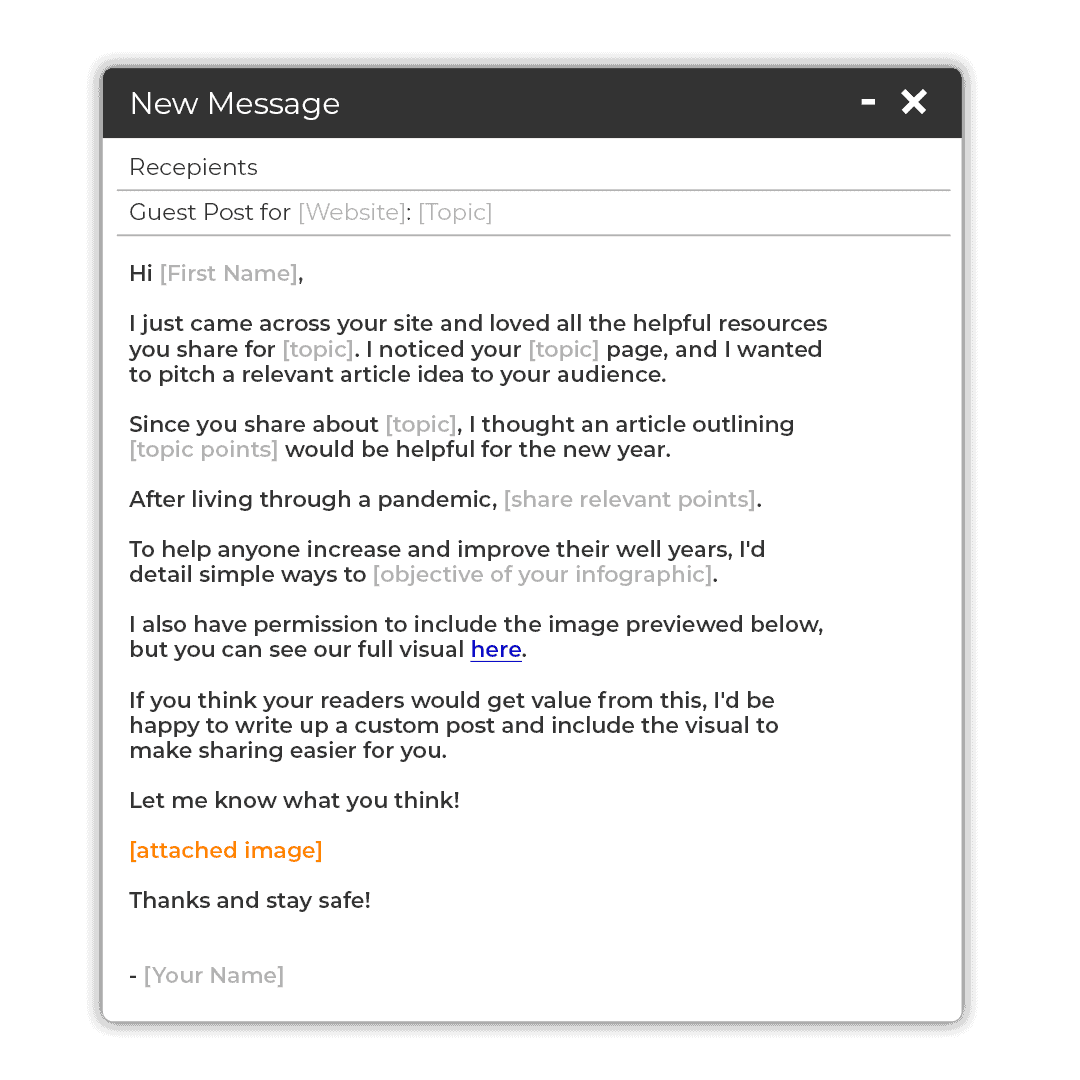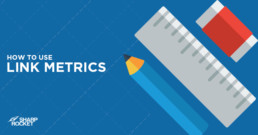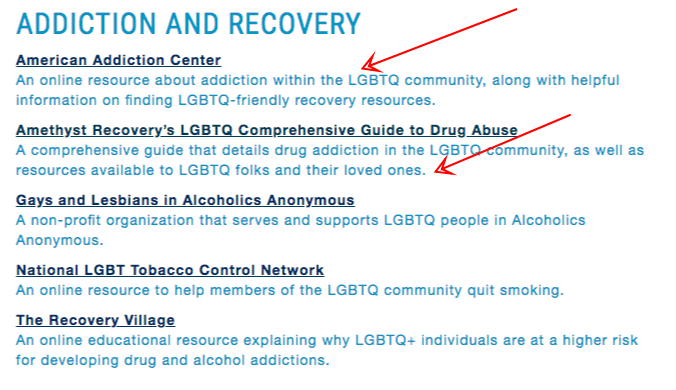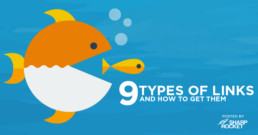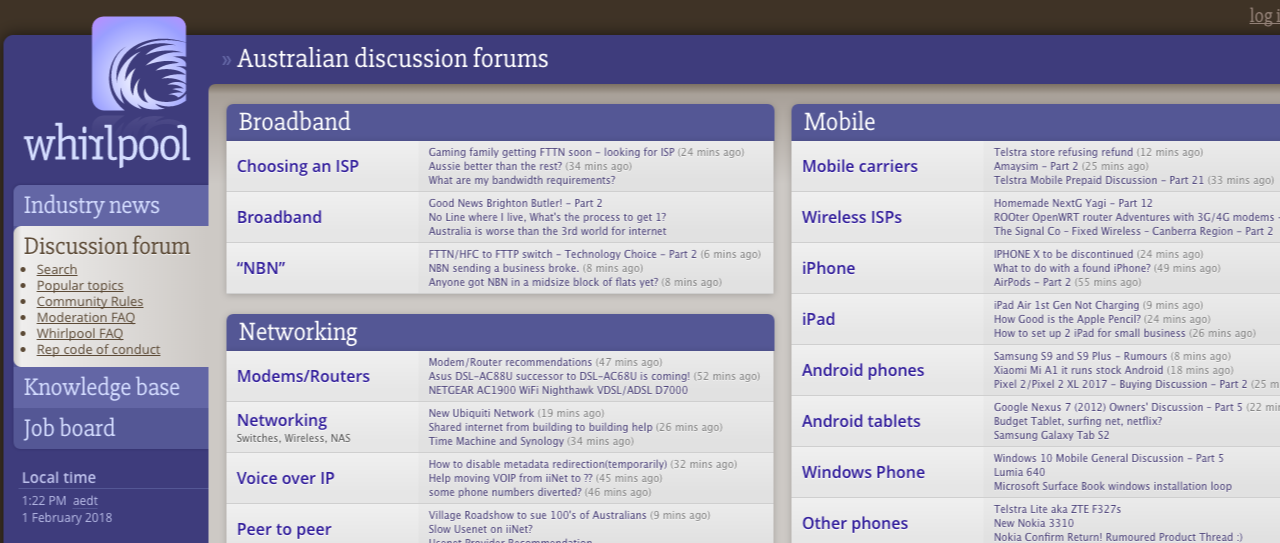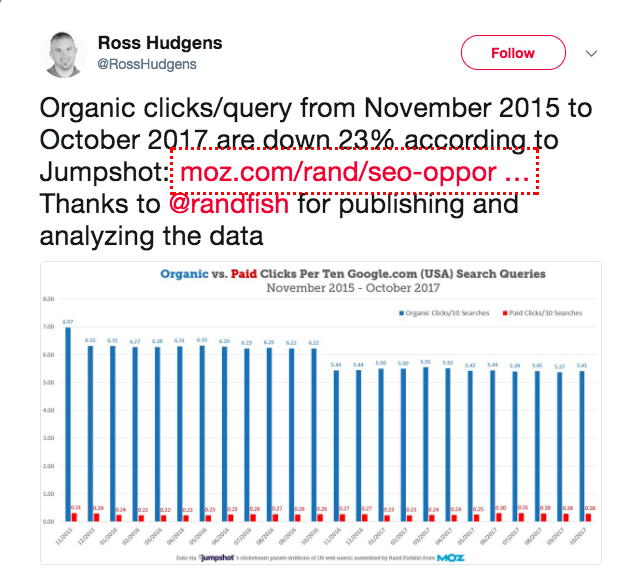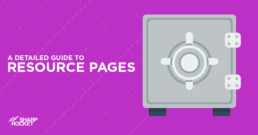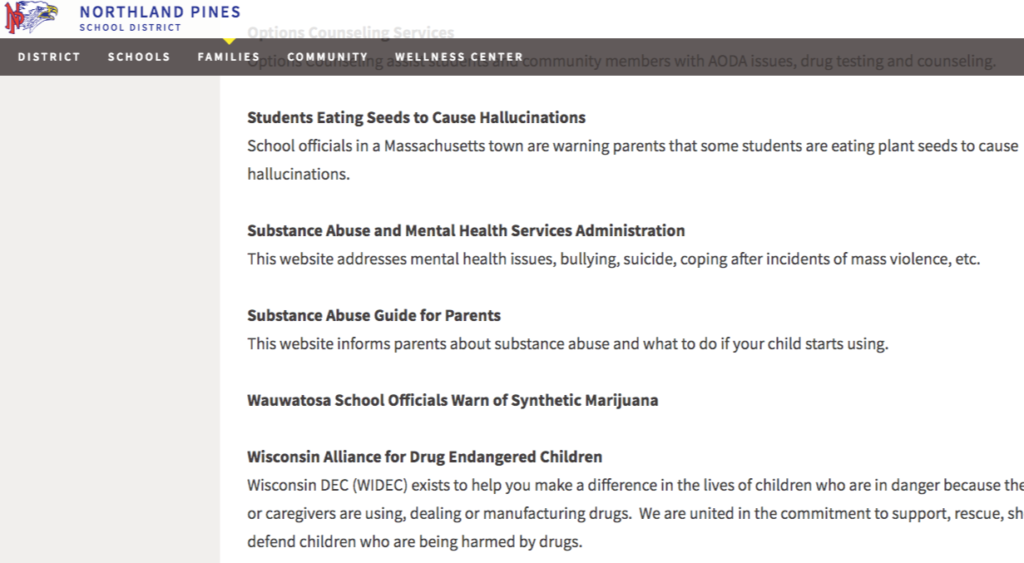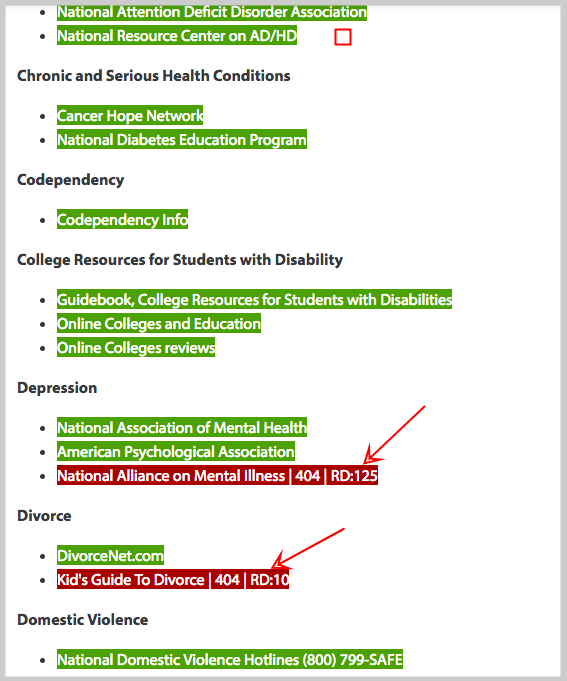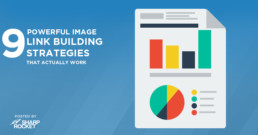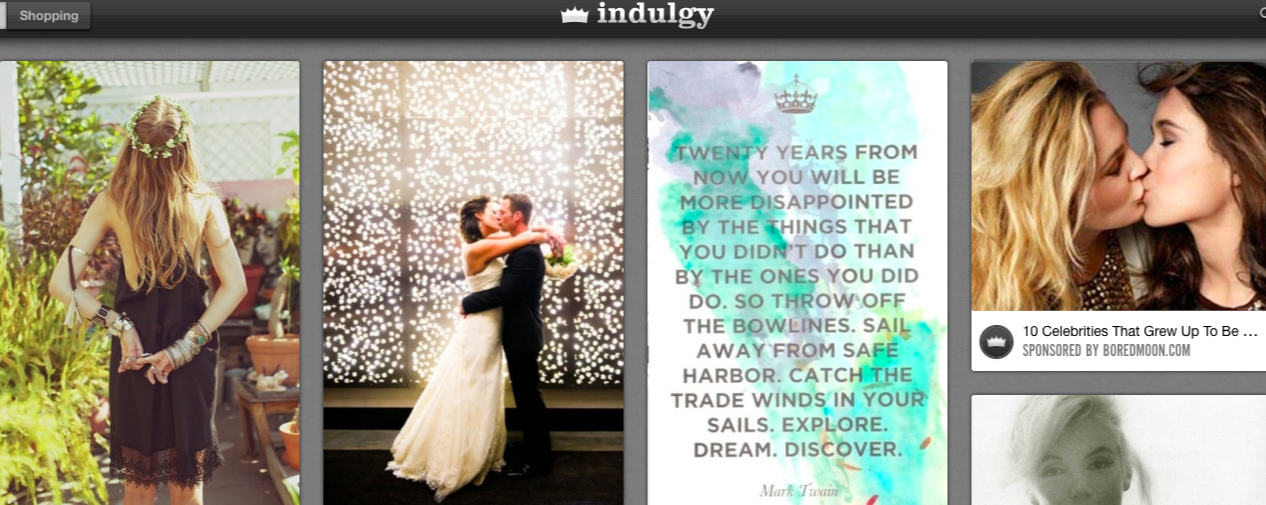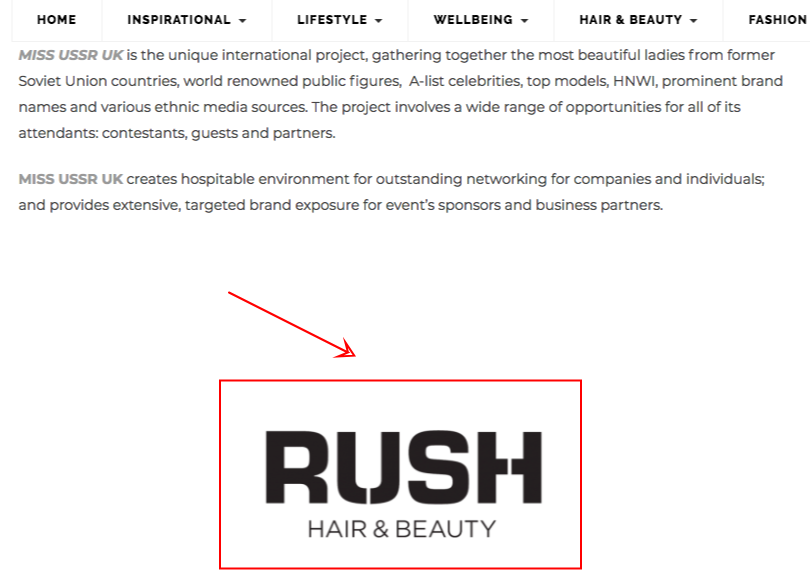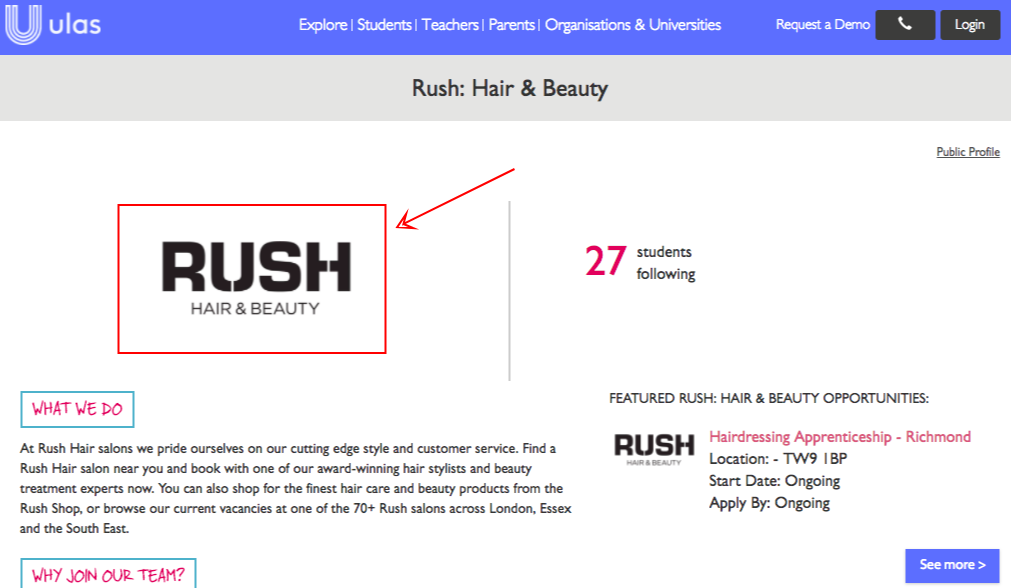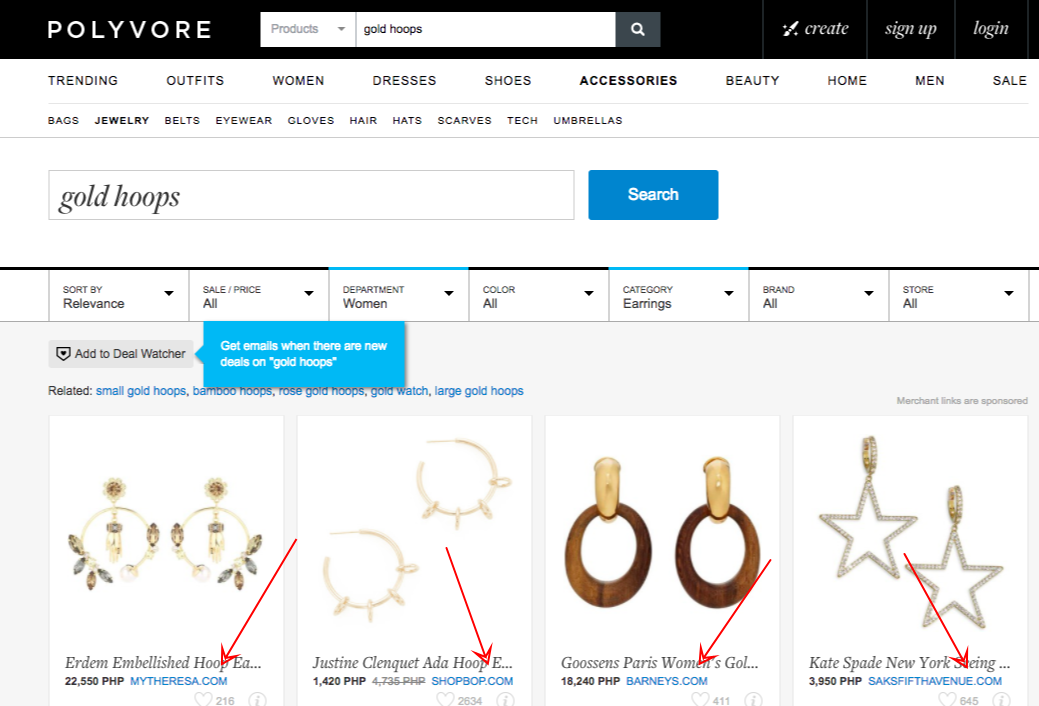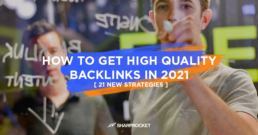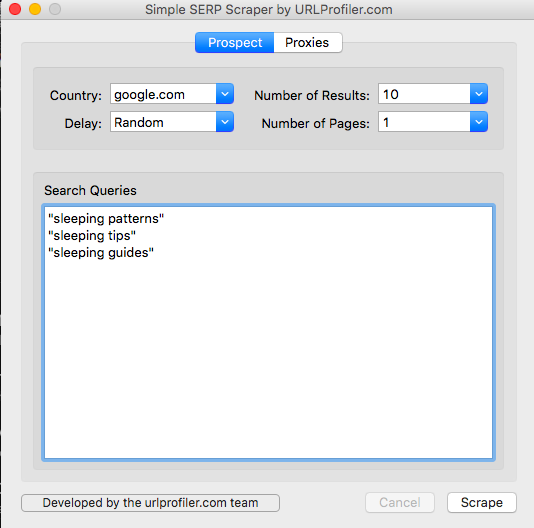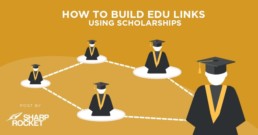How to Build More Links from the Same Domain
A good link building strategy is built on getting links from multiple relevant referring domains and earning repeated links from the same domain.
It's not that difficult to get links from different websites, but one that's often a challenge for link builders is making sure you deserve to get backlinks from the same website.
A small study conducted by Ahrefs found that 79.23% of referring domains link to the same website multiple times. This means that it's natural to have multiple links from the same website.
It's natural and beneficial for your brand to have recurring links. A few notable reasons shared by Ahrefs are:
- Increase the authority of your webpages
- Get links to more pages
- Get more referral traffic
- Build links more easily — as most SEOs are more focused on getting links from several unique websites than from several similar websites
This is a challenge for SEOs conversing with their dear clients, as they're mostly getting paid (for link building agencies) for the number of links delivered each month.
For enterprise link builders, affiliate SEOs, and online entrepreneurs who own web properties, you can leverage your efforts on getting authority organic links from referring domains.
The end result may be as organic as it may seem, but the process of execution may require some manual labor for SEO teams.
Today's post cover ways to build more links from the same website.
How to Build More Links from the Same Domain
1. Content Partnership in Building Mutual Trust
It's easy to dive into the next big link building strategy, but oftentimes what works in getting repeated traction is the same old link building techniques.
One, in particular, is guest blogging. Contributing content for other blogs must be high-authoritative blogs that your target audience engages in.
A more granular and effective approach to doing so is what we call content partnership.
Here, you're not just looking for a one-time contribution to your written article but pursuing a mutual collaboration for a content asset both of you will benefit from.
This isn't something you can scale easily. You have to build mutual trust along the process of executing content partnerships.
Start by making sure you have the authority in place in your place. Do you have content pieces that have massively gained traction for the past months or years?
If the content creator or publisher you're reaching out to doesn't see any value in your content pieces published on your blog, he/she would likely hesitate on the collaboration.
There must be expertise seen in your created content pieces. Reach out to targeted linkers to gain links from different authoritative websites. Here are some resources you can check out to learn how to create content assets that get links:
- 5 Linkable Assets Examples
- What is Evergreen Content and How It Works
- How to Use Content Inventory For Effective Link Building
Once you've established content authority on your website, reach out to a few targeted publishers you think can collaborate with you for content assets.
It is best to look for any content gaps in someone's publishing works to gain their attention once you pitch your request quickly.
You can use Ahrefs' Content Gap feature to discover topics and keywords these publishers haven't targeted yet for their content.
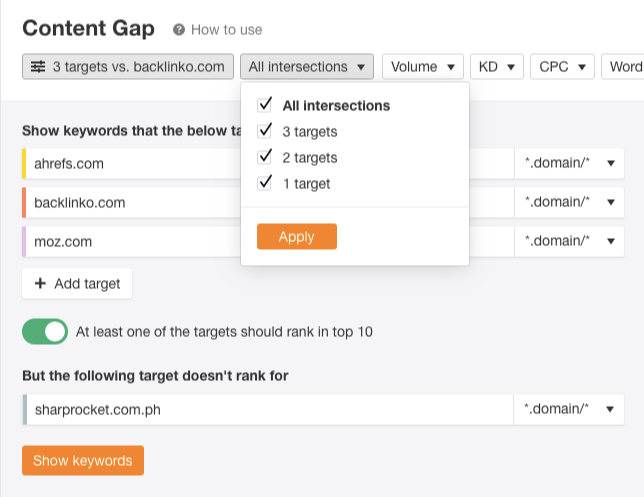
Assess if those topics from your content gap analysis are feasible to create content around. Do you have enough resources to write up the content? Are any practitioners in your team who can research and write the information? Or else, is there a way to hire industry practitioners who are into writing for niche publications?
Another tip is to pursue a visual-driven approach in content partnership. If your target publisher has solid data with content, it would be beneficial for them to format it so that people would visually consume the information instantly.
This means you offer your graphic design capabilities to create a better version of the content.
Find ways to keep your content partnership strong. Offer resources from your team. Be engaged.
B. Brand Excellence in Getting Recognition
Another way to get links from the same domain is to put excellence as your top priority.
This may sound cliche, but some publishers have annual awards for brands and personalities performing well in their industries.
Metrics for awards vary depending on their industry, but this is a good opportunity to get multiple links consistently from the website.
Start with putting out content assets on your blog that get attention from your target audience.
One advisable way is to establish a brand ambassador for your website. He or she will serve as your content performer to different publications, answering questions in interviews and making sure your brand is at the top of your mind for specific brand topics.

Essentially, it would require the person to be a practitioner to craft better answers to interviews and engage the community in question-and-answer sites (e.g. Quora) and niche forum discussions.
C. Linkable Asset Creation in Organic Link Building
Organic link acquisition requires your content to meet the needs of a targeted group of linkers.
We've covered so many times here in our link building blog this idea of targeting linkable audiences with content.
Yet I've seen many brands struggle to intersect audiences with their content themes. Oftentimes this happens for sites with very narrowed audiences. It's not surprising not to be able to find groups to target in our list of linkable audiences.
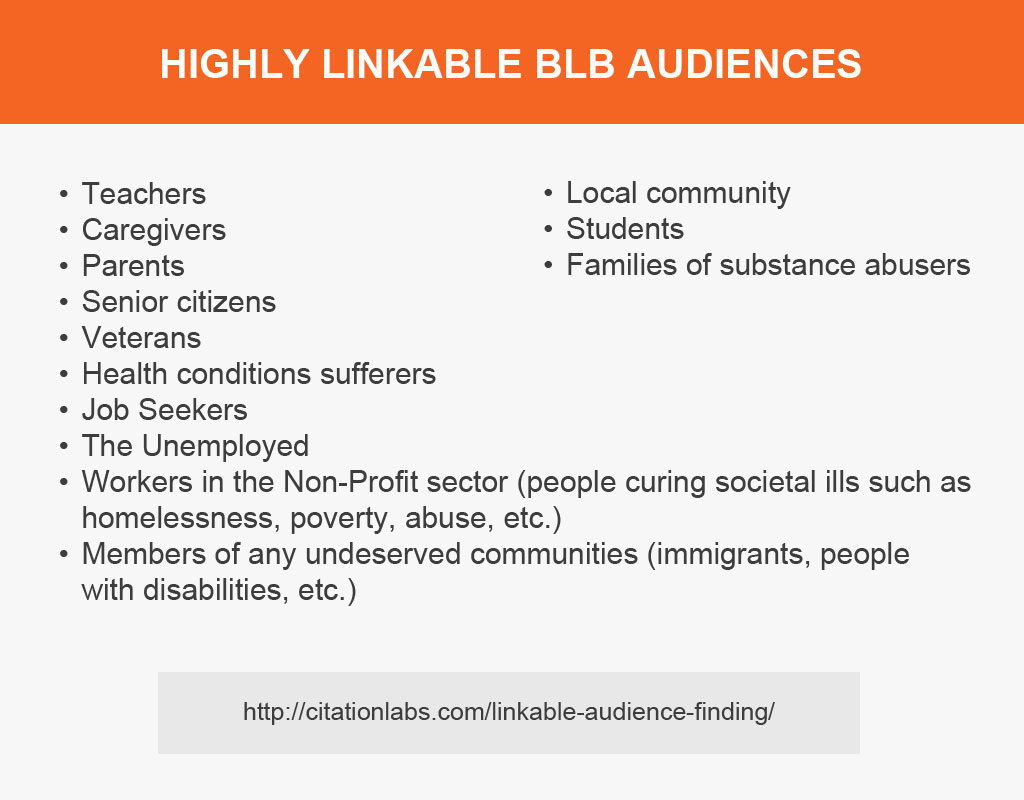
If this happens, you can check niche bloggers and publishers as your target linkable audiences.
Start surfacing your competitor's way of doing linkable asset creation. Are there any related audiences that've succeeded with content targeting that you can replicate to your blog?
Here are some resources you can check out on persona profiling for content creation:
- Quick and Dirty Guide for Creating Actionable Content Marketing Personas
- Buffer's Complete, Actionable Guide to Marketing Personas
Establish Authority for More Recurring Links
Just like anything else, there is no hit wonder in getting links from the same domain. Mutual trust, recognition, and an organic approach to content creation are key factors in making your link building successful.
Start with the right resources and build a flywheel effect on it over time.
Links From The Same Domain Frequently Asked Questions
Which links lead to different pages on the same domain?
Internal links are an essential SEO strategy that connects different pages within the same domain. These links improve website navigation, aid search engines in understanding the content hierarchy, and distribute link equity. Use internal links to enhance user experience and help search engines crawl and index your website effectively.
What is an example of a backlink?
An example of a backlink is when a popular blog site links to relevant content on another website. These website backlinks can be found online, often in articles that reference and link to other sources. Backlinks are crucial in improving a site's search engine rankings and driving organic traffic.
What does linking domains mean?
Linking domains refer to websites that have external links pointing to your site. The number of linking domains indicates the total count of unique websites linking to you. Even if a single domain, such as Pinterest or Wikipedia, has multiple backlinks to your site, it will only be considered one linking domain.
When it comes to links is it better to have a lot of links from different websites or a lot of links from one website?
It's generally more advantageous to have 100 links from separate websites rather than 1,000 links from a single website. Our search engine ranking correlation research showed that the number of unique linking sites (not the total backlinks) had the strongest correlation with Google rankings. Focus on acquiring diverse backlinks for better results.
15 Proven Tips To Get Quality SEO Clients (+Examples)
In this guide, you'll discover 15 tips to get SEO leads.
Actionable.
And these are proven to work for freelancers, consultants, and SEO agency founders.
Let's get started.
What are SEO leads?
SEO leads refer to potential customers who find your offerings or website through search engine results. Discover effective strategies for acquiring and converting these leads into loyal clients in this informative blog post.
How to Get SEO Leads For Your Agency
1. Apply The "Local Courier" Lead Generation Approach
Cold outreach to get SEO leads is effective.
Only if you apply the right approach.
First, you select your target market.
It could be dentists, veterinarians, or HVACs.
Or, if you're offering local SEO services, find local-based businesses.
How?
Start with a Google search.
Everyone who's not ranking well is an obvious choice of prospect.
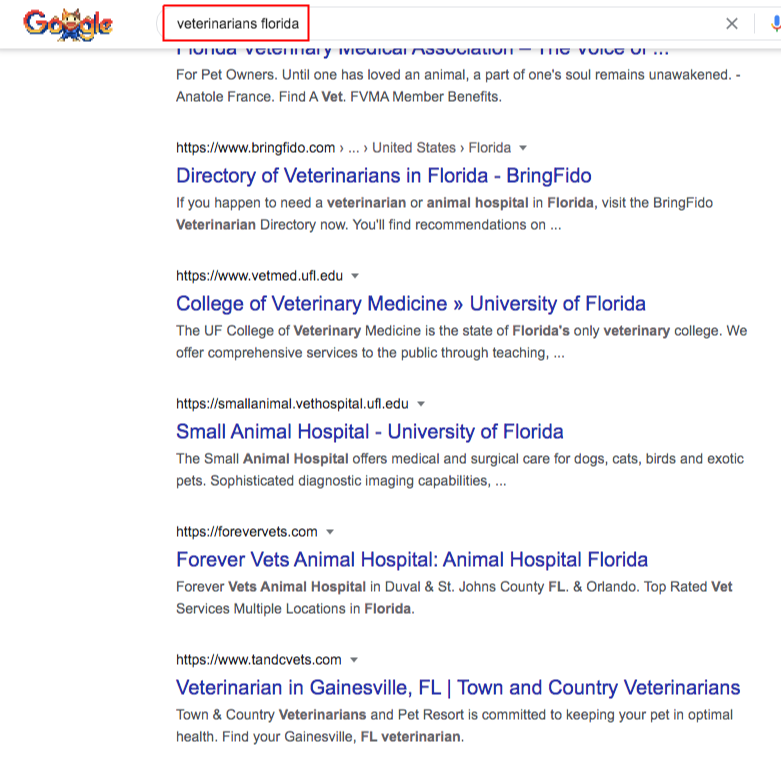
Another technique that you can do:
Use Ahrefs' Content Explorer to discover potential clients.

Filter for websites that have DR 1 to 15.
Then check "One page per domain" and "Exclude domains" to reduce the results.
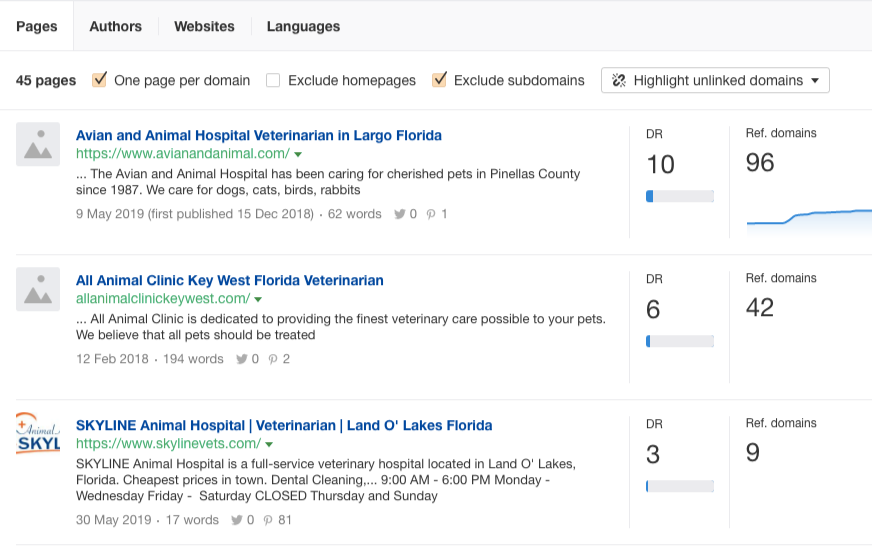
Export the list.
The second step is to analyze the website.
Provide a quick summary of the business is current position against its competitors.
From there, you create the proposal.
The last step is the most creative part of this cold outreach approach.
Instead of you sending the proposal to the prospect business email...
Have a courier or any delivery service (e.g. FedEx) to send it to them.

Include a note in your intro letter saying they have to call you on a particular day at a specific time.
Do a follow-up if you don't receive any call from them.
2. Include "Customer Success Stories" In Cold Outreach
Want to triple results in cold outreach?
The strategy:
Show customer success stories in your emails.
Your potential clients want to know if you can deliver results.
And the best way to have it is by creating case studies.
HipLead increased their conversions by 208% by mentioning a famous customer in one of their sales emails.
For your SEO services, invest the time to interview one of your clients to get results for their website.
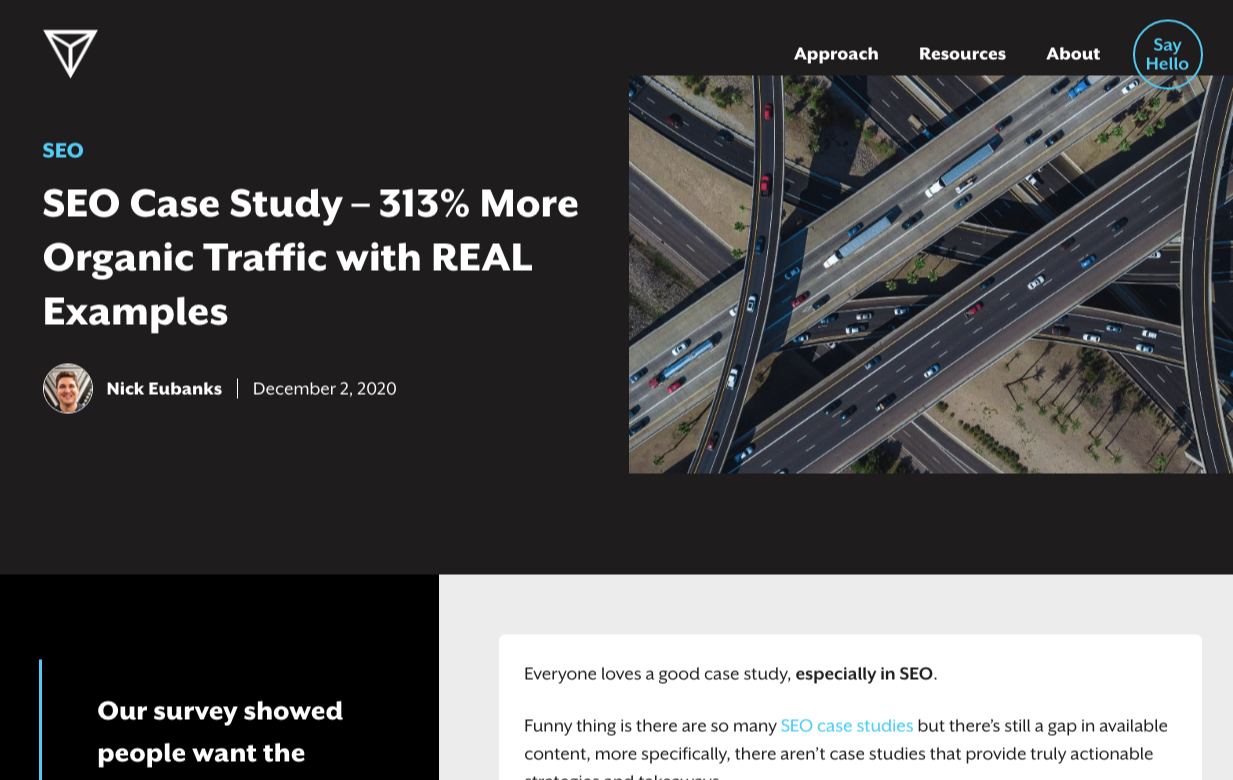
You can use Case Study Buddy to help you with this one.
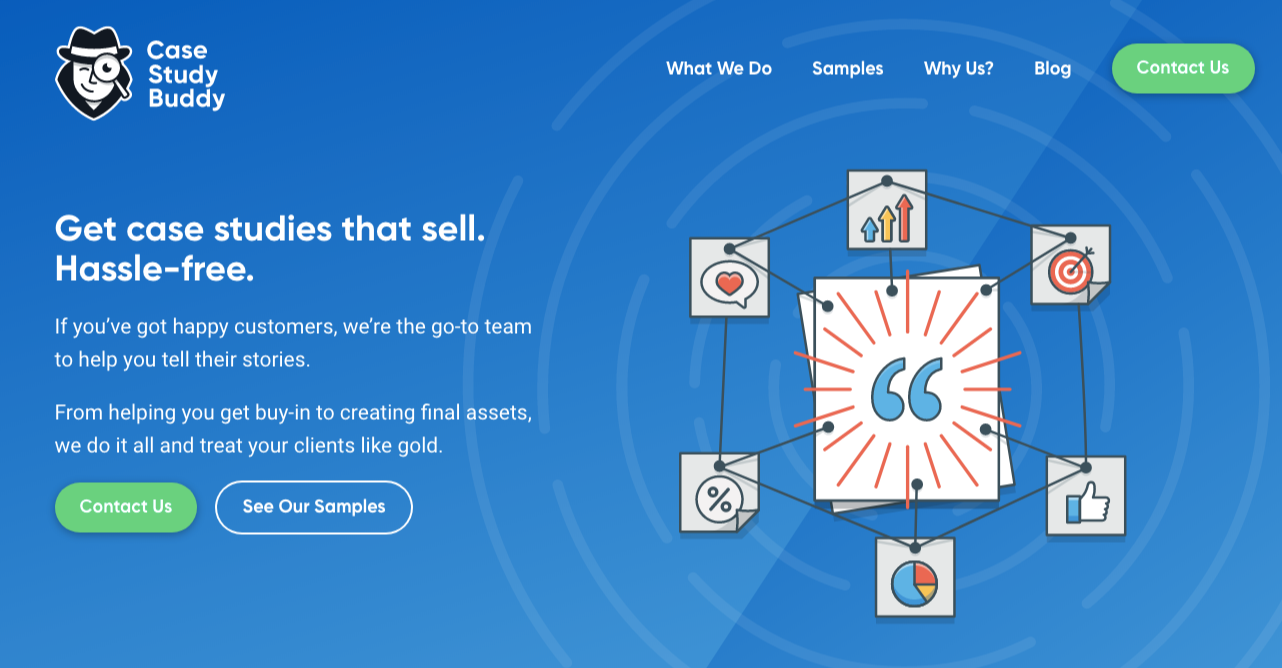
The next step is to include a note in your cold outreach email.
Something goes like this:
"One of our clients, [Client Name], was able to [Results] because of [Your Service]. What would those results mean for your business?"
If no response, send follow-up emails.
One of your follow-up email sequences includes asking them to take a strategy call with you.
This is when you put on your "consultative hat". You ask questions to get to know about their business.
Engage them, and help them set a roadmap to get their SEO to the next level.
3. Specialize With Your Core SEO Strengths
Target a niche market.
There are three advantages when you are serving a specific group of people with your SEO services:
First, you get more inbound leads for your website.
Potential clients will see how specifically you address their lead generation problems through SEO.
Instead of an "SEO services" landing page, you publish a "Dental SEO NYC" page.
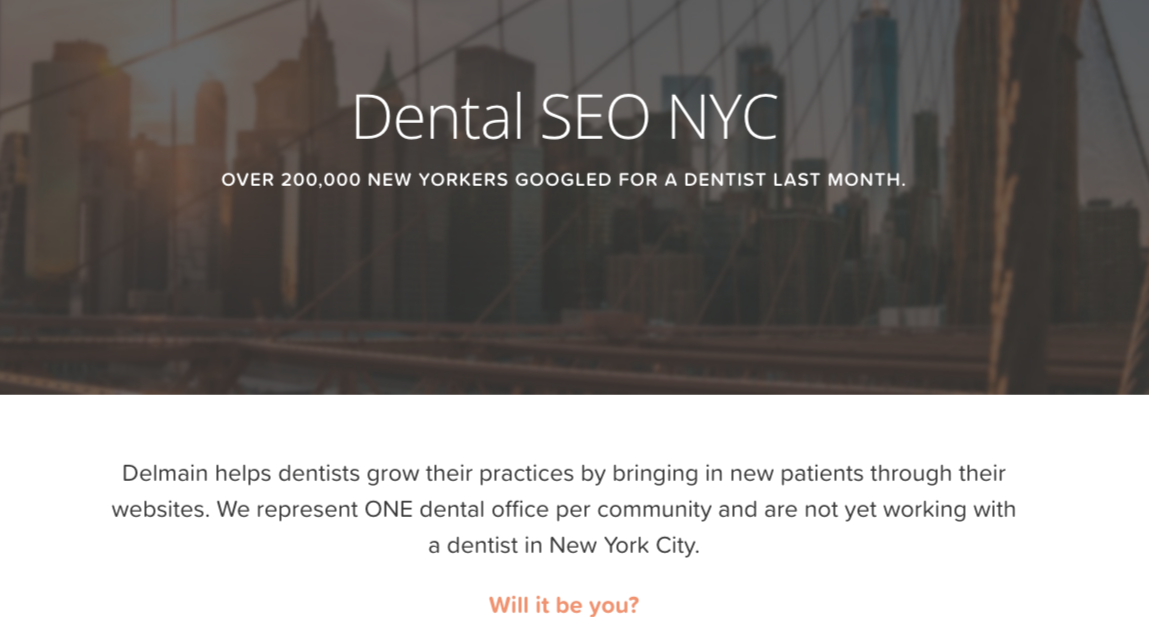
The message holds for the copy on the site, blog posts, social, and other branded assets.
Second, you establish solid internal processes.
When you constantly create an SEO plan for a specific target market, you can easily duplicate the framework or list of tasks.
The scale of information and your internal knowledge processes can help produce consistent quality results for your clients.
Best for your team. You now have documented processes they can rely on to provide client deliverables.
Third, you expand networking opportunities.
If you know what vertical to target with your SEO services, you can go to niche-specific conferences/events.
This is where you can build relationships with your potential clients.
Getting SEO leads this way becomes easier as you're not simply pitching your SEO services but understanding their problems, struggles, challenges, and industry.
Here are some examples of niche-targeted SEO agencies:
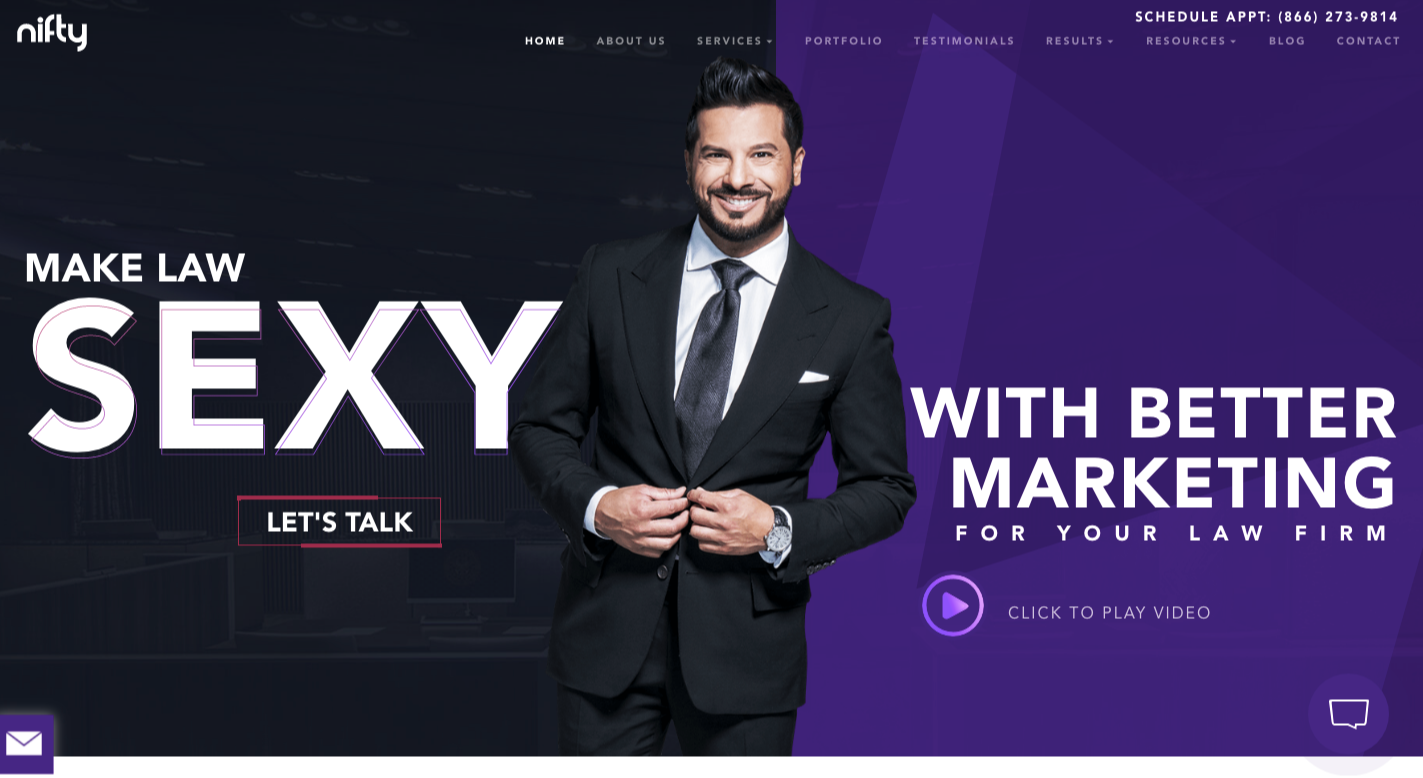
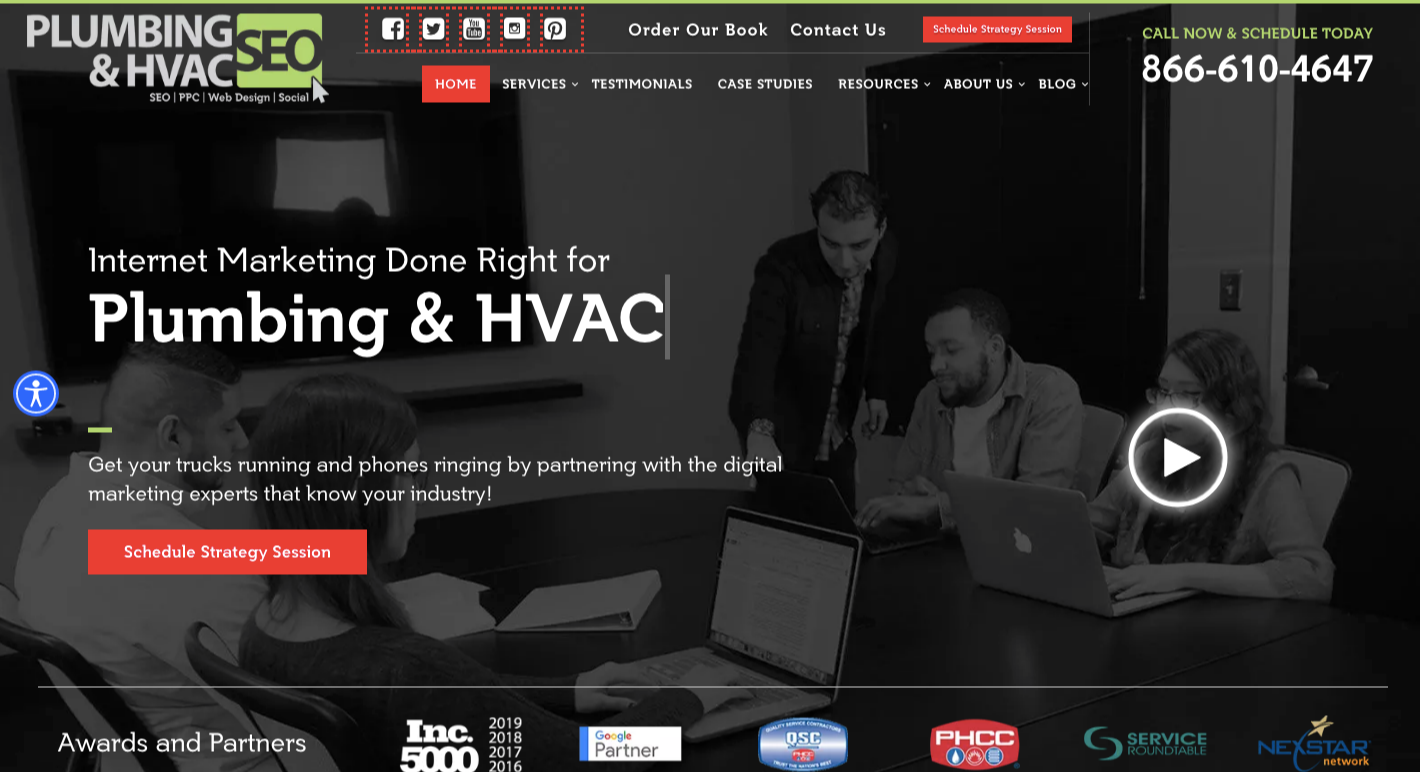
Below are some tips to help you identify what niche market you want to specialize in:
A. Start with your core SEO strengths and experiences.
Most successful specialized SEO agencies started getting clients from their past jobs as in-house SEO or enterprise-level digital marketer.
When you invest in working relationship capital, it will pave a long way for your SEO business.
Reason?
Your past colleagues will remember you and can pass along potential clients to you.
B. Identify which type of client/market gets a high consistency level of results
Many SEO agencies start by saying "yes" to all available opportunities, including all potential clients.
You don't choose which client to work with; you accept clients as long as they have the necessary budget for SEO.
From time on, you get as many clients as maximum as your capacity.
As you grow your client base, you now start thinking about the SEO campaigns you've handled.
Then you assess if there are any markets you've consistently been providing results with your SEO work.
C. Check what client types/industries you like.
Interests can be a good factor in determining what industry you'll specialize in.
The reason?
The more your interests grow, the more you can discover new opportunities to develop your SEO client campaigns.
You can find a similar scalable content creation and promotion strategy through manual outreach.
Which would help you deliver outstanding results now and then.
4. Send Custom Videos In Emails Using BombBomb
You get deals closed with clients if you demonstrate value to them.
And the best way is:
By showing how you'll help them increase their bottom line as businesses.
Instead of sending a sales pitch.
Like what anyone else is doing.
You show that you're a real person through video.
You record a video using BombBomb (which plays a quick GIF-style clip).
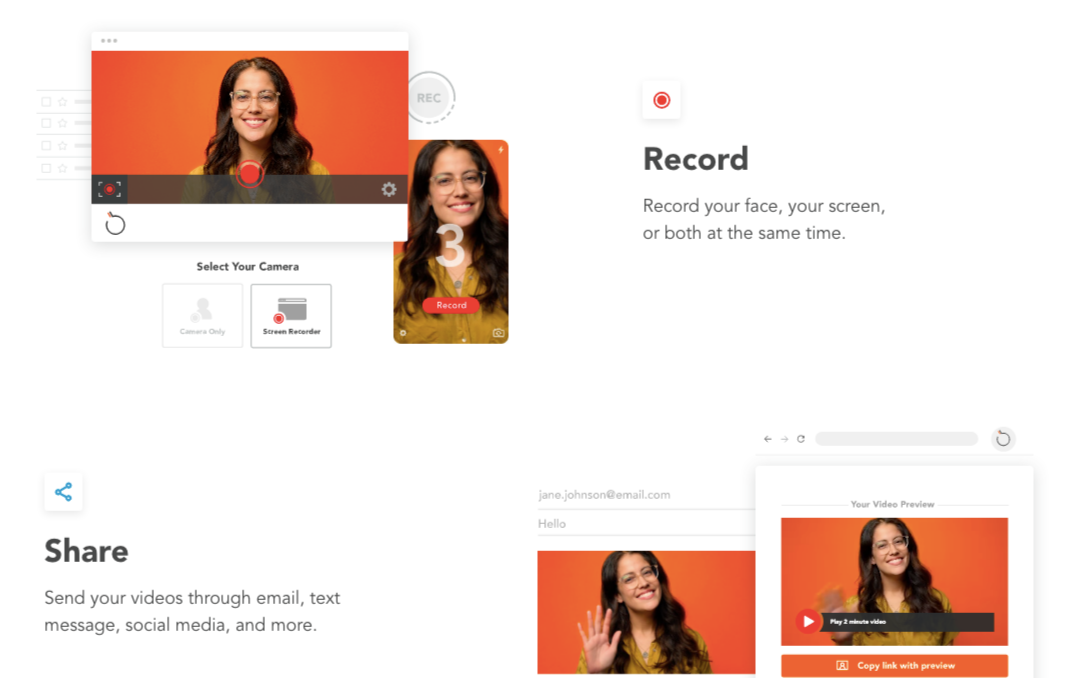
In that video, you include:
The opportunity/problem they're facing.
Data explaining why SEO is a good channel for them.
Who you are and your value proposition (your credentials, client case studies, etc..)
What you can do next with their website.
Once you recorded the video, include it as part of your email.
And one more thing:
You can link your outbound prospects to a relevant Facebook video to your pitch.
Then create a custom audience on Facebook Ads for people who watched it.
Retarget them with helpful videos and case studies to get them through your sales pipeline.
5. Organize Branded Local Meetups
Somebody says this best:
If you're not networking, you are not working.
It's good to attend industry events to meet entrepreneurs whose primary need is lead generation.
But there's more leverage when you organize local meetups.
Conduct your Meetup to establish a brand.
While at the same time, build relationships with your target clients — e.g., eCommerce entrepreneurs.
Search Meetup and other networking sites for relevant meeting groups.
You may want to attend any of those meet-ups to see how they conduct sessions.
Then, create a strategy for how to come up with your local meetup.
SEO Sydney Mastermind by James Norquay
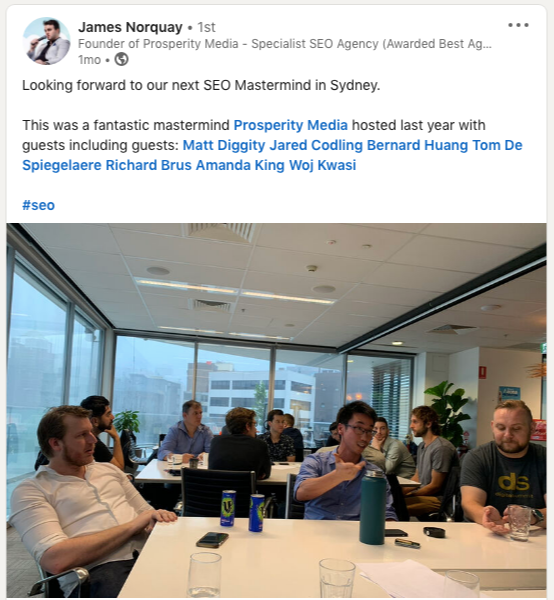
PeepCon Philippines By Glen Dimaandal

6. Educate SEO Leads With Evergreen Blog Assets
Educating is the best way to sell.
To move further your prospects.
From an eyeing client to a closed deal, you must give them value upfront.
The way to do that is to publish content assets that will be useful for them.
How is that possible?
First, think about solving the problems your potential clients may have.
It is best to make a profile of the exact customer.
Are they a business owner, marketing director, or in-house enterprise SEO specialist?
Next, if you already specialize in selling SEO services, either on a core SEO strength (e.g., link building services) or market segment.
You may now have an idea of what topics to write about.
For example, link building guide for lawyers.
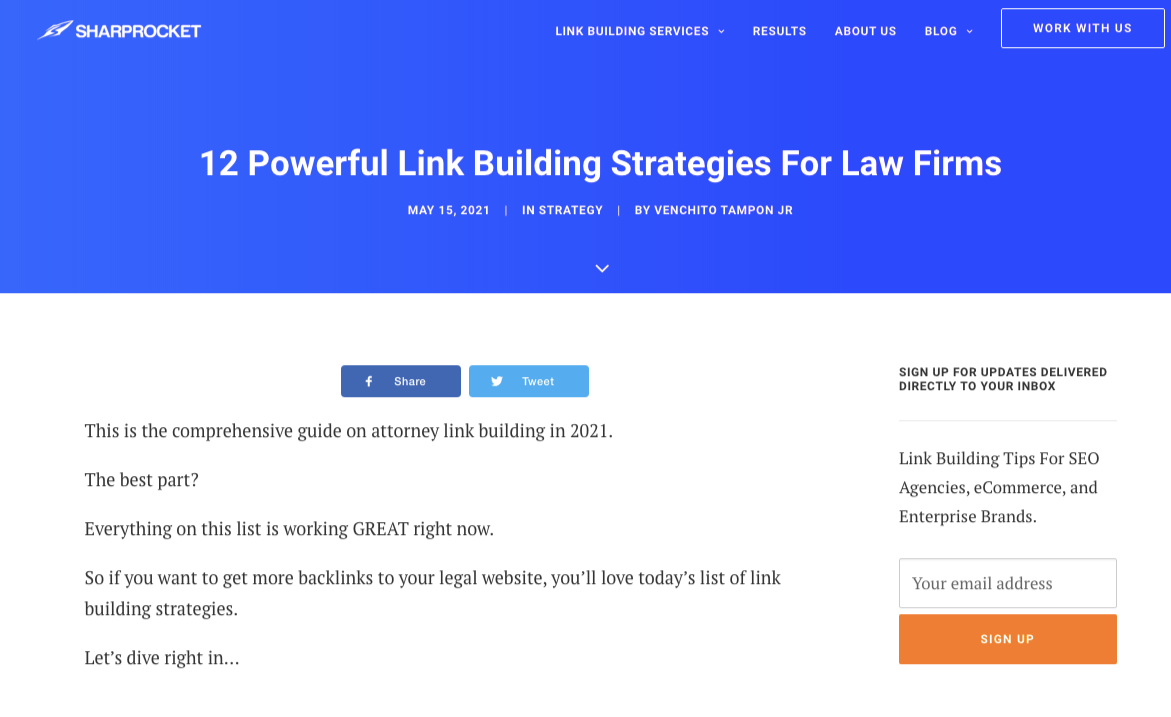
Consider the best format and style of content.
For instance, we publish evergreen content assets here on our link building blog.
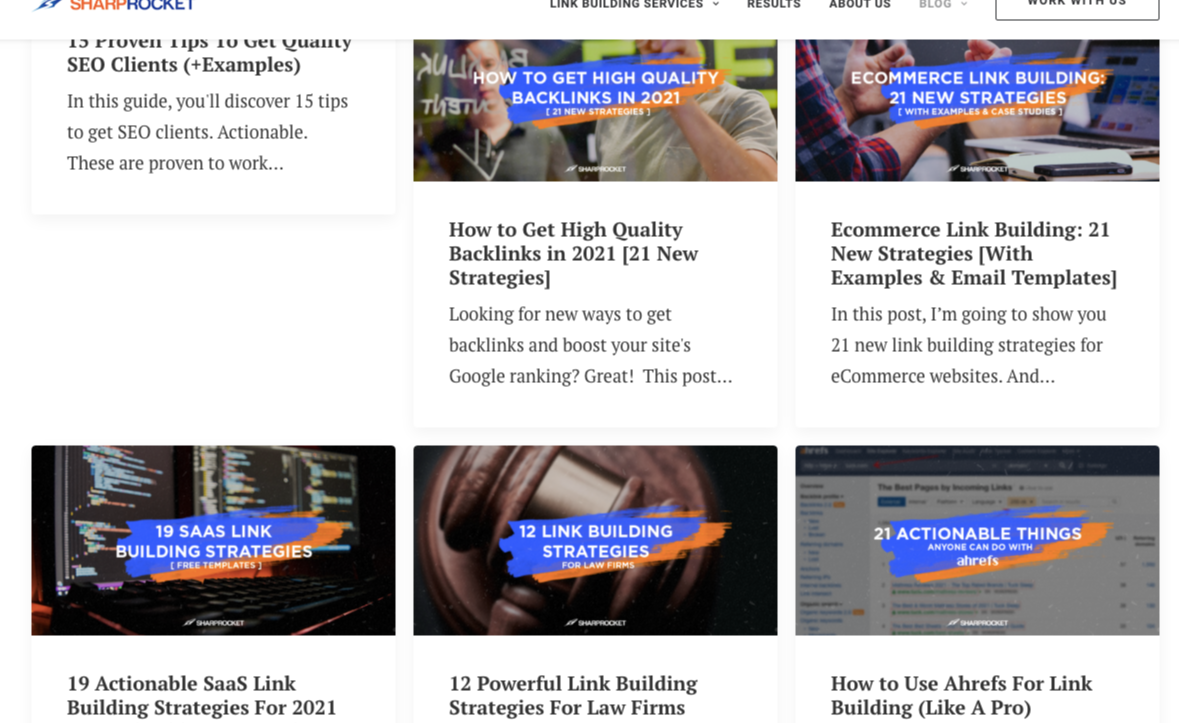
The reason is simple.
We know that months or years from now, those guides will still be relevant to our target audience.
Plus, this type of content will eventually rank and drive leads to our business over time.
One variation you can make with your content is case studies showing successful SEO campaigns.
Sharing results, would prove expertise in your industry.
You may also look for frequently asked questions in SEO communities and forums.
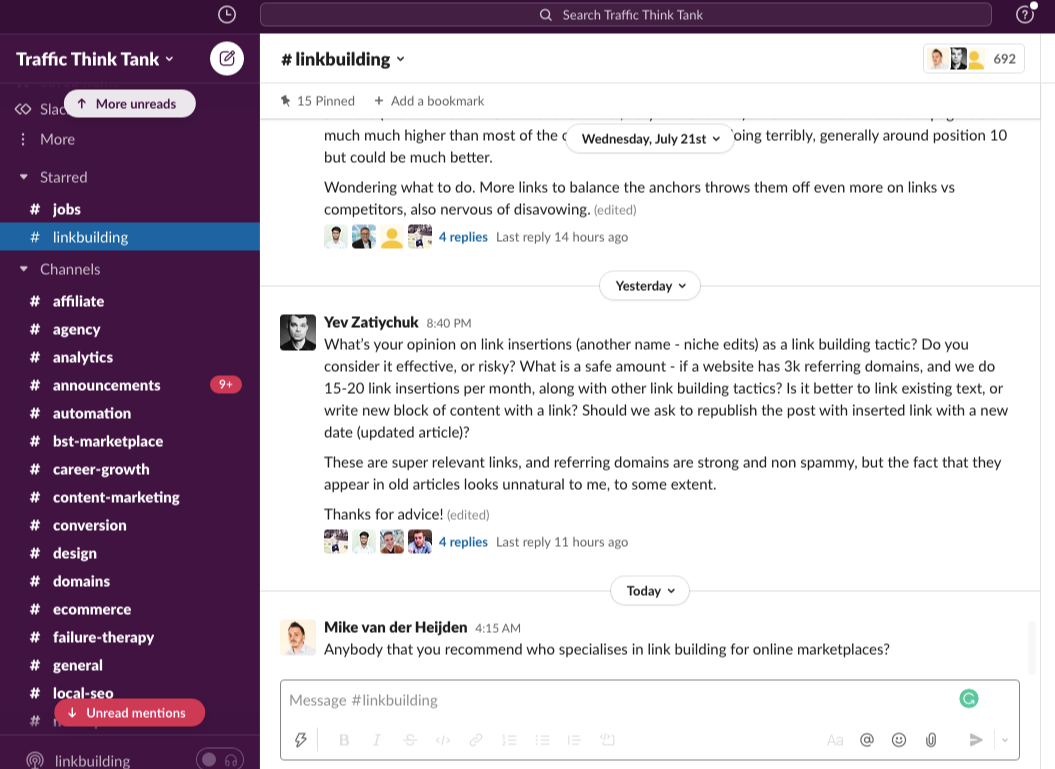
Answer them through your blog posts as reference points to help leads and email subscribers with their marketing challenges.
7. Use "Growth Manager/Specialist" As Sales Position Titles
If you have salespeople:
One technique you can test to win good deals is by changing "sales position titles.”
Some potential clients do have resistance when they see or hear "sales" from pitches and emails — while that would require that you test it out if it's true on your end.
So instead of putting "Sales" in the title, you can use something like "Growth Manager" or "Growth Specialist.”
See for yourself.
8. Create Strategic Partnerships With Non-Competing Agencies
Business development is crucial to growing your SEO agency or consultancy.
Knowing who to partner with matters, and growing based on those relationships can help you get more inbound leads you wouldn't otherwise expect.
One strategy here is to partner with non-competing businesses.
For example, if you're selling SEO services, consider partnering up with:
Web development firms:
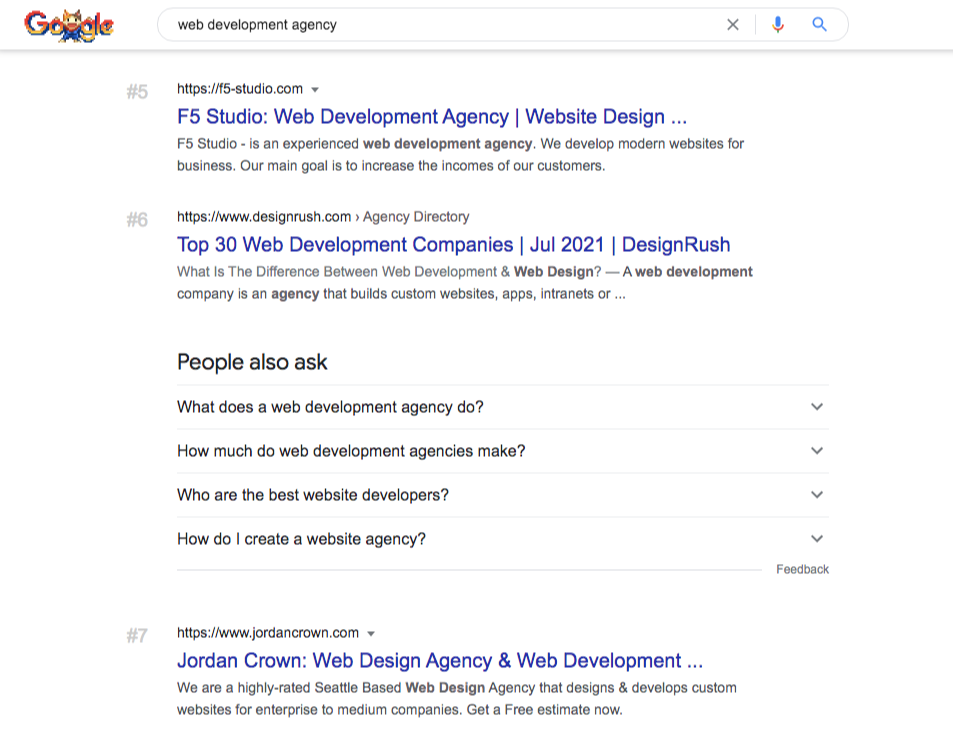
PPC agencies:
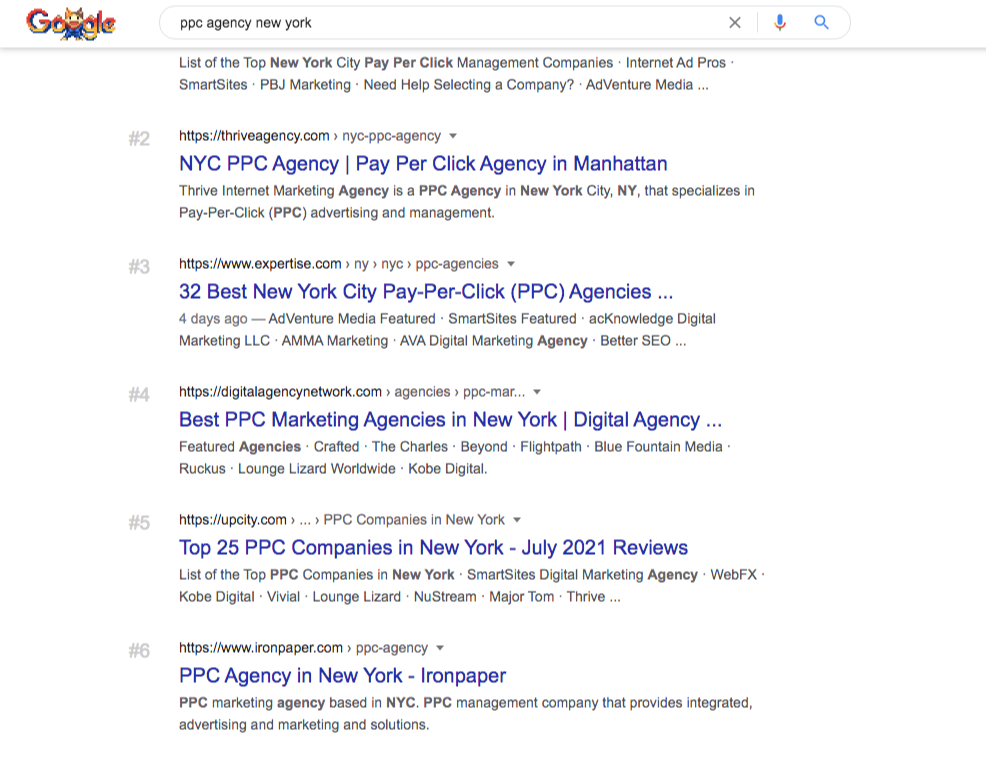
Branding agencies:
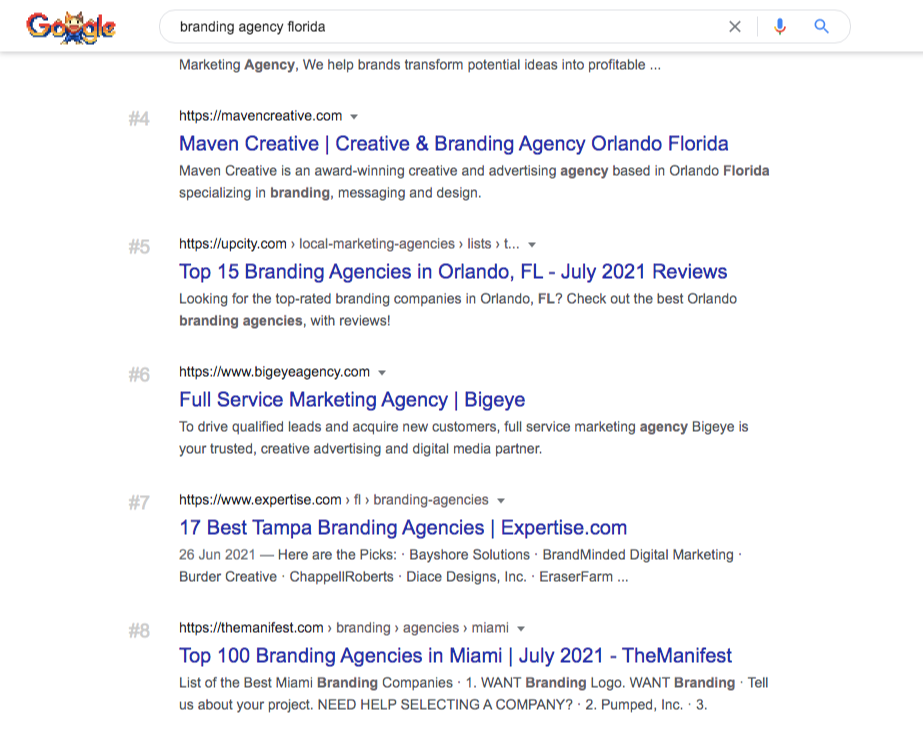
Because both of you offer different but complementary services, you get the mutual benefit of passing along clients who might need the service the other party offers.
Create a plan that mutually benefits you and the other party.
Reach out to them and let them know of your partnership deal.
Then get a constant stream of inbound leads by doing this.
9. Set Up a Referral Program For Employees
Not only you'll get SEO leads from outside.
But from people inside your company (your employees) who will refer new business opportunities to your SEO agency.
Set up a referral program for your employees.
Decide on your payment structures.
Either on a percentage level:
For example, some SEO agencies give 10% on any retainer clients for up to 6 months.
Or a 10% revenue share for the first year of the contract.
Or a subsequent percentage: 10% the first year, 8% the second year, and 5% the third year.
Other SEO agencies provide gift cards or vouchers to employees who refer new clients to them.
10. Invest In Agency Sourcing Platforms
Some websites match businesses with their potential outsourced SEO agency or consultants.
One good example is Credo.

They introduce pre-vetted and verified digital marketing providers to businesses and individuals.
With their Lead Networks Access for marketing agencies, you'll get notified of leads you access to.
If you're consistently looking to grow your SEO client base, consider joining the Credo list of verified agencies.
11. Protect Your Greatest Salesforce
Do you know who your greatest salesforce is?
It's not your salespeople.
It's your current and past (satisfied) clients.
Other SEOs take for granted their clients.
How?
By not providing the results and not protecting their interests.
Even beyond SEO.
Building trust is more than half of the battle.

You're still part of their radar whether they stop getting your services for some reason.
They can get back to you for future potential projects or refer their networks in need of your help.
SEO isn't known for the highest ethics.
But if you are ethical and can earn and keep respect from clients, especially for industries that sell professional services, like law and finance.
You get more business from it by protecting your greatest salesforce — "trust.”
12. Attend and Speak At Events
Thought leadership is one of the highest leverage to get more SEO leads.
Because you're demonstrating expertise while at the same time building relationships with people who might need your services later on.
How can you practice thought leadership?
Two ways:
Either you attend events.
Or speak at events. Get invited or pitch to organizers looking for potential speakers.
Public speaking can become your biggest driver of new clients with no prior connection with your SEO business.
Start small with local meetups, dinners, lunches & learns.
Either speak to an audience in the SEO or digital marketing space:
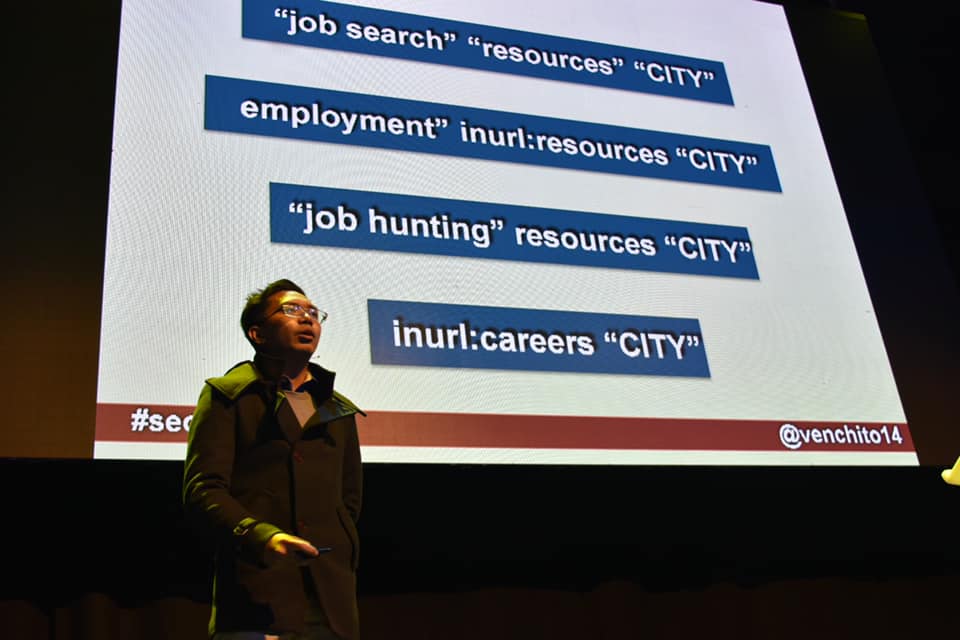
Or to entrepreneurs in a specific market.
When you speak, you position yourself as an expert.
It solidifies your credibility.
As your speaking grows, your business grows as well.
More prominent organizations will come knocking to get your services.
13. Use Application Funnel As A Lead Qualifier
Marketing funnels are effective in getting your leads to go through a process of learning about your business.
As they move from one step to the next, they get to see what your agency or consultancy can offer to them.
One marketing funnel that's been effective for high-ticket services (>$1500) is:
Application Funnel
The flow goes like this:

You show people a pure value webinar.
Million Dollar Agency Webinar by Dev Basu
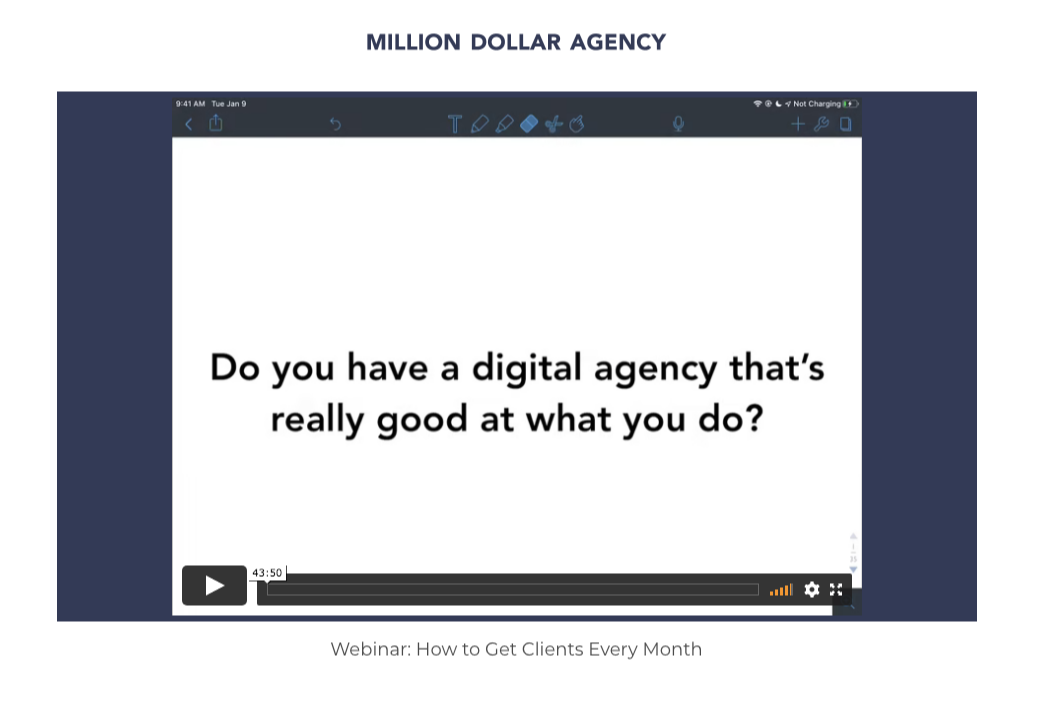
After watching it, they would go through an application process to see if they're a good fit for your business.
Instead of chasing these potential clients, you can control which client you'd like to work with.
At the end of the application (if they seem to fit your target customer), they can schedule a strategy session with you.
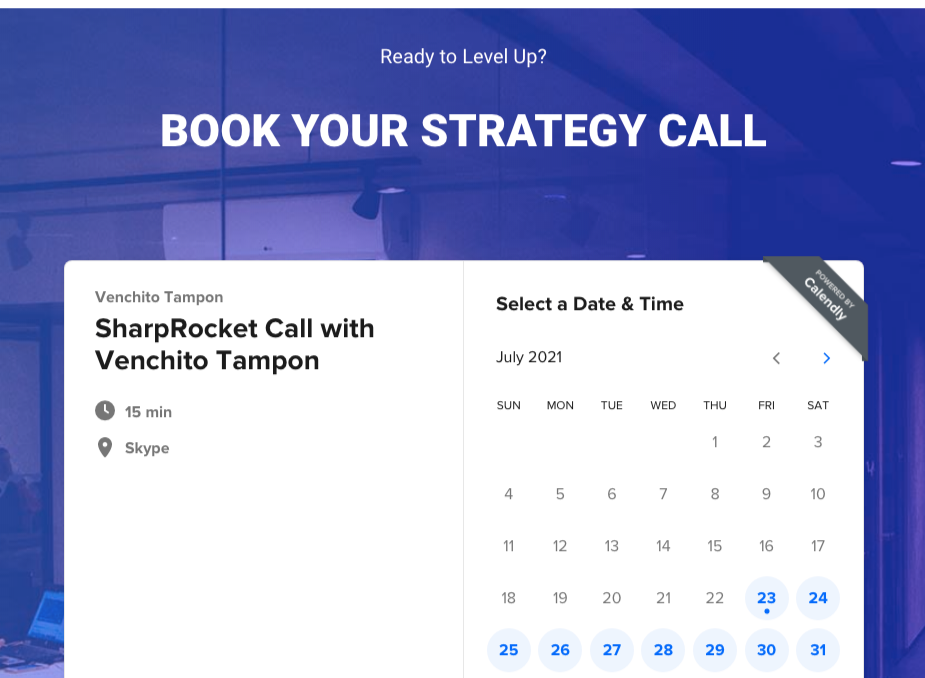
During this session, you walk them through your framework for moving their business to the next level regarding SEO.
From there, you may send a proposal that suits their needs.
Then have the next meeting if everything goes well on their end.
Client wins.
14. Develop A Win-Win Referral Program For Existing Clients
External commissions are best.
But add more — internal commissions.
Set up a referral program for your existing clients.
Ensure it benefits the referee (you) and referrer (client).
Either has a specific payment structure:
Percentage model — 10% bonuses towards the retainers (based on the new client's contract value).
Or have a higher rate but with a shorter length — 20% of the monthly retainer for the first three months.
Some agencies have complex computations:
10% on month 1, 5% on months 2 to 6.
Either of these options works.
You should decide on a commission structure that best suits your model.
15. Apply "Strategic Linkedin Engagement" Strategy
Linkedin is an excellent place to get SEO leads.
Not that you spam any potential client with your pitch.
But with a strategic Linkedin engagement strategy.
The tactic goes like this:
You add connections from a few juniors from the potential client (company) you want to pitch.
Then add the senior contact (manager, director, etc..).
That way, your connection request appears that you know a few that are part of the organization.
You can simply just jump in and send a short message to connect to them.
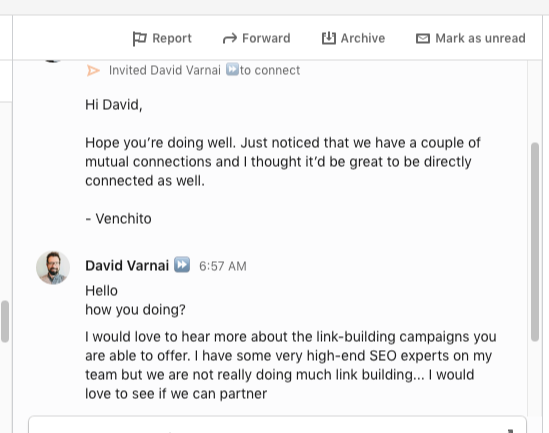
Bonus #1: Strengthen Your Current Networks
Your networks are critical to your success.
That includes your past workmates who have gone in-house in different companies.
Given that they know you when there's a need for SEO from their respective, you are one of the first people they'll have in mind.
This takes time.
So you need to hustle and always be connected with your past colleagues.
Strengthen your networks as you work in and out of business.

Bonus #2: Give Value Natively On Social Media
Social media shouldn't be an environment for spamming people with your services.
It's a marketplace value.
Therefore, you should know how to create content (posts) to add value to your target clients.
You can follow great companies publishing great Linkedin posts.
Like Gong:
And Ross Hudgens of SiegeMedia:
And see how they accumulate followers, and expand their reach through high-value content.
Your Turn
Which tip you'd like to try first?
In your next cold email outreach, will you include "customer success stories"?
How about setting up a referral program for your employees?
Let me know in the comment section below.
SEO Leads Frequently Asked Questions
How do I get leads for SEO?
To get leads for SEO, you can leverage various strategies such as optimizing your website for relevant keywords, creating quality content, and building backlinks from authoritative websites. Additionally, ensure your website is user-friendly, mobile responsive, and has clear call-to-actions to encourage lead generation. Regularly track and analyze your SEO performance to make data-driven optimizations.
What is SEO and how it can help generate leads?
SEO plays a crucial role in increasing web traffic, while lead generation aims to attract potential clients to your business. Integrating SEO strategies can be advantageous as it enhances brand visibility and organic traffic to your site. By optimizing your website, SEO helps generate leads by driving awareness and attracting potential customers to your offerings.
What is an SEO in a company?
An SEO in a company refers to the practice of optimizing a website to improve its visibility and rankings on search engine results pages. It involves various techniques to increase organic traffic and drive more potential customers to the website. Implementing SEO strategies can greatly benefit business owners by helping them attract relevant traffic and potentially increase their online visibility and revenue.
9 Link Building Strategies That Actually Work in 2025 (New To Try)
Want to maintain your site's rankings with new link building strategies?
Awesome. This list includes 9 link building strategies you probably haven't tried before (if you're a beginner).
Plus, new ways to attack old link building strategies like guest blogging (for intermediate and advanced SEOs).
With more than 10 years in the SEO industry, our team at SharpRocket has secured 10000+ links across different industries for different sizes and types of websites.
Now, if you're ready to see these actionable strategies worth trying in 2024, let's get started.
9 Link Building Strategies For 2025
Curate Industry Statistics
Curate, not create. This means you simply get all the available statistics online, write your key insights and publish them.
Easy to do.
But why industry statistics?
Publishers are looking for reliable, credible references for their content. They want to serve their readers well by giving up-to-date information on the topic they're writing about.
So when they want to cite resources, they do a Google search and find what's applicable from the top-ranking pages. Then they link to the page from their content.
Where do you start?
First, you have to find what people are searching for. What topics do they typically want to make as references for their blog posts? You start topical research.
One of the best ways to discover topics for statistics is by reverse engineering top publications in your space.
For example, Healthline is an authority site in the health and medical niche.
So if I want to see what statistics they published, I'd go to Ahrefs, enter their domain, and check "Best by links' growth".
Search for "statistics"; there, you'll see many statistics content.
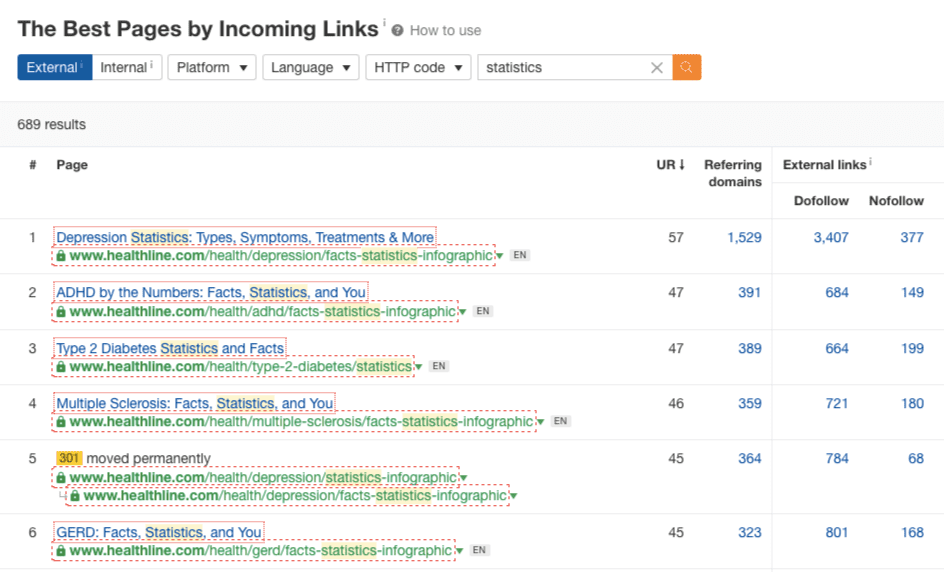
Another topical research strategy is to discover questions your potential customers might be asking in your industry.
For example, most aspiring entrepreneurs would like to know, "how many startups fail in the first year of business?". They do so out of fear of failing.
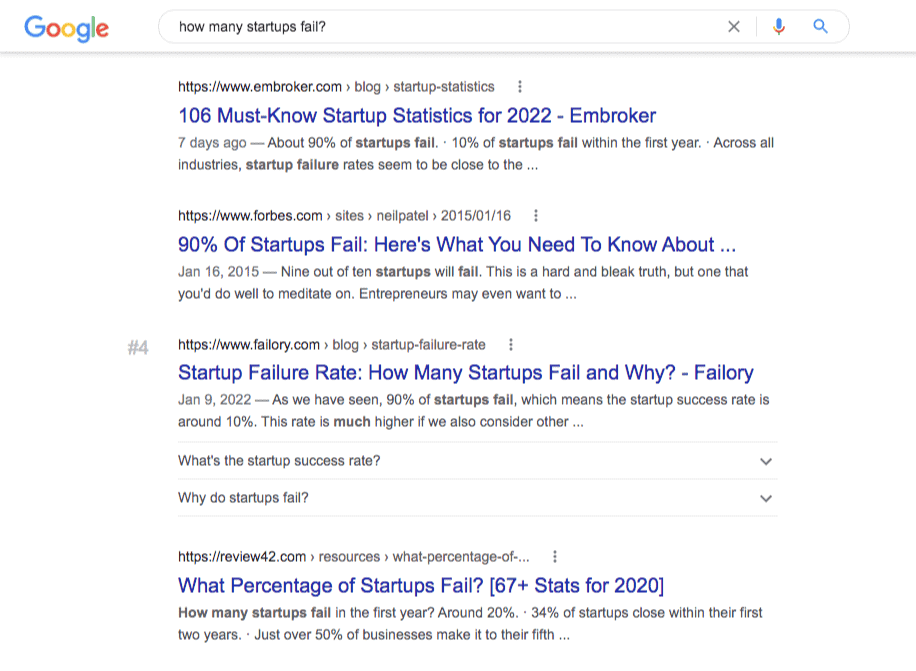
What would they see when they search for it?
A lot of statistics posts. That's where the demand to satisfy a search user's intent, plus link opportunities from content creators who might link to it from their articles.
Now, wear a beginner's hat.
Brainstorm questions people might ask when they want to know more about a thing in your industry or are venturing into a job or career.
After topical research, the next step is:
Curate.
Find information from available public data sites you can source out. The most popular ones are Statista and Data.gov.
Compile them.
And include the essential part of statistics posts:
Key insights.
This part makes your content unique, given that it's based on statistics you've gathered and its relevance to your readers.
Put "key insights" at the top section of your statistics post.
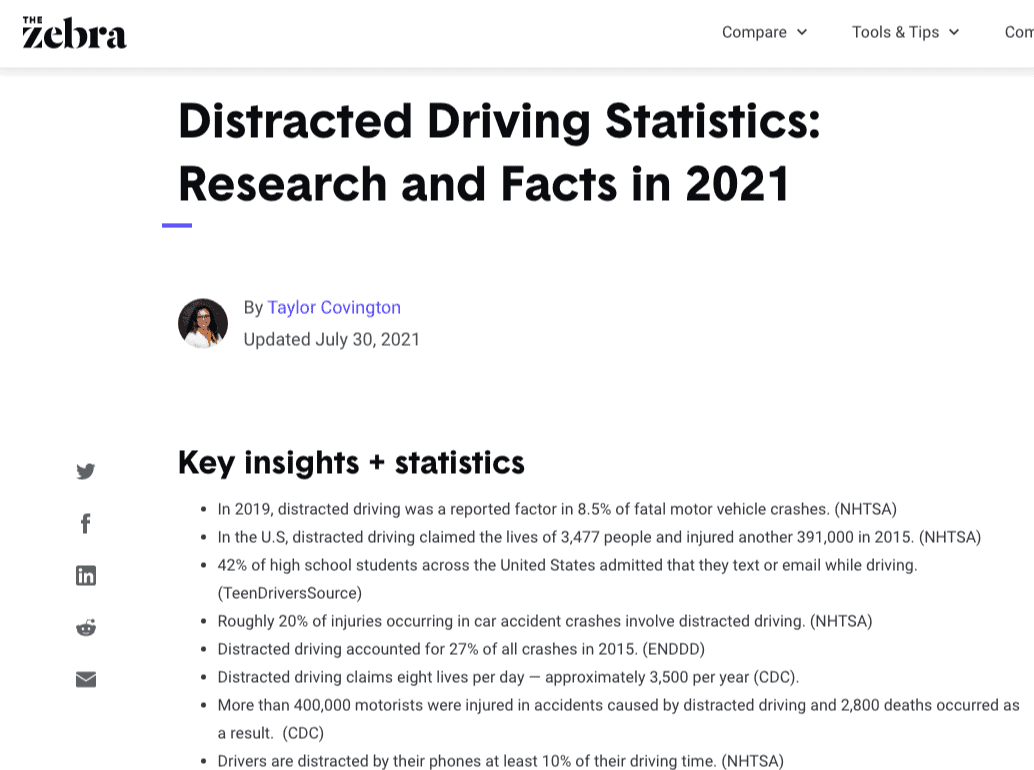
Best Examples of Statistics Posts
Here are some examples of statistics posts to inspire you to start your own:
- Distracted Driving Statistics: Research and Facts in 2021
- 60 Key Sales Statistics That'll Help You Sell Smarter in 2021
- Global Ecommerce Explained: Stats and Trends to Watch in 2021
- 2021 Marketing Statistics, Trends, and Data for the Events Industry
- Cycling UK's Cycling Statistics
- NFT statistics 2021
- Shoplifting Statistics
- Small Business Statistics: 19 Essential Numbers to Know (2023)
Like any other content, you'll have to promote your statistics page. Start by identifying target people who will amplify your linkable asset. These are publishers and bloggers looking for references to add to their blog posts.
Start a blogger outreach strategy by finding their email addresses.
Reach out to them and share your content.
As your statistics pick up new links, you'll start seeing its ranking go up. You’ll experience your content attracting new inbound links when it increases visibility.
Use Citable Content Formats
Link attraction is an old-school strategy of getting high-quality backlinks without continuous manual outreach efforts.
Instead of you reaching out to people, content creators voluntarily link to your content, as they find it comprehensive and informative for their readers.
Link attraction involves publishing citable content formats.
Without content, it's almost impossible for publishers to link to you. After all, to which page would they be linking?
Unlike the popular skyscraper technique, citable content formats don't have to be long-form.
This content strategy focuses on micro pieces that easily rank for quick answers.
Some search queries aren't supposedly answered with long-form content. Instead, you’ll find several micro-content pieces that are sufficient to answer quick questions.
FAQs are the most common citable content format.
When people ask direct questions, they want quick answers. So now, when your page appears in the featured snippet, you're likely one of the contents other publishers would link from their articles.
One good example of this strategy well played out is adding FAQs at the end of an article or landing page.
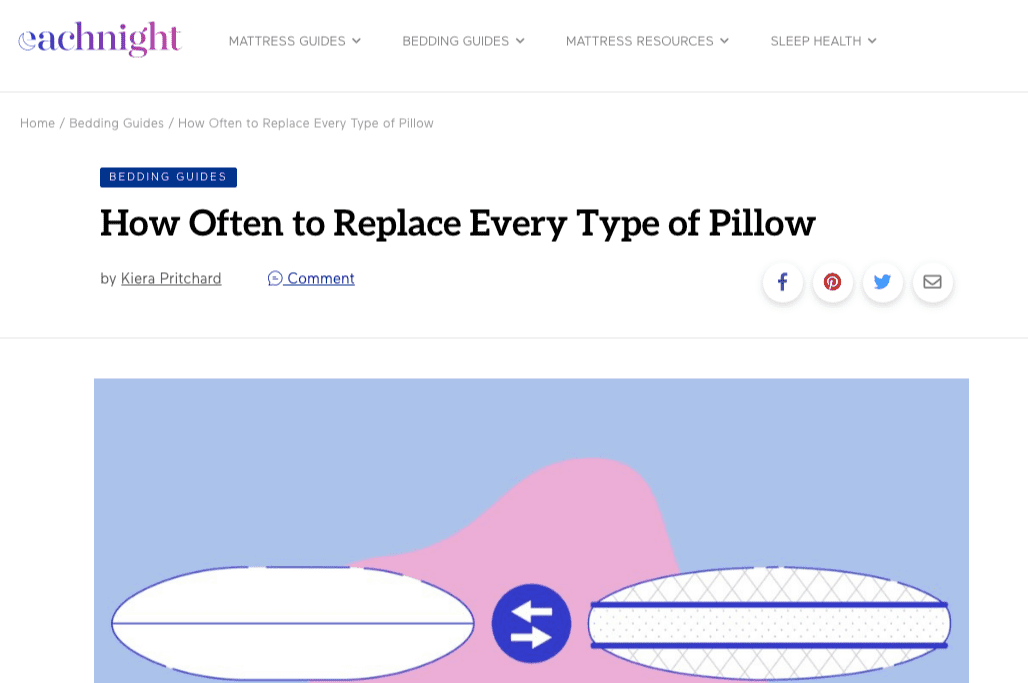
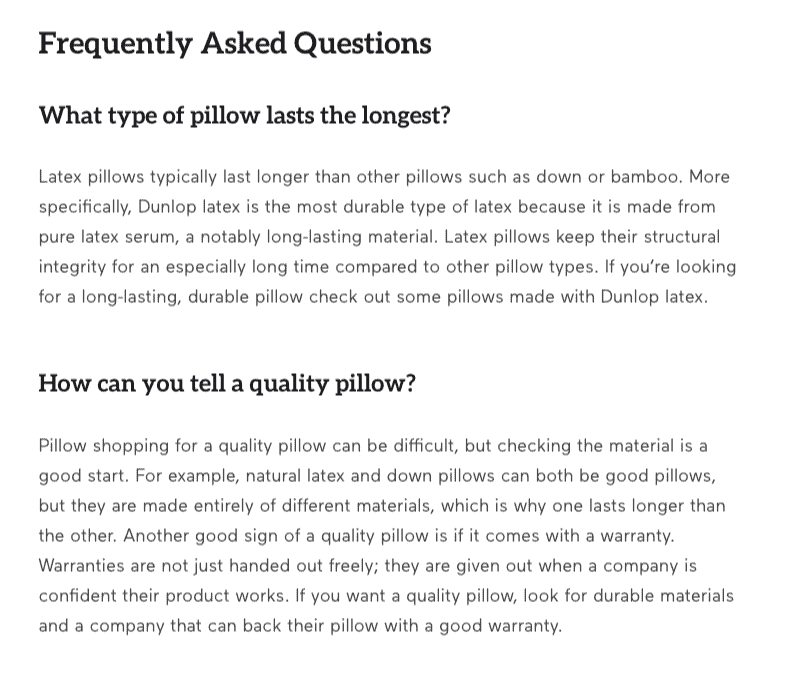 The benefit of doing so is it helps your page to rank for quick questions.
The benefit of doing so is it helps your page to rank for quick questions.
Another citable content format to consider is finishing articles with a glossary.
If you're in an industry where almost every blog post has technical jargon and might need some explanation for readers to consume your content well.
A glossary is a good addition towards the end of your article.
Getting more relevant keywords on a page is easy as it expands its word count (if necessary).
Want to discover more citable elements?
Aside from FAQs and Glossary, there are other citable elements you may want to consider.
PDFs.
When people want to consume and use information conveniently, they download pdf. So try to think (or research) for subjects needing an additional PDF format.
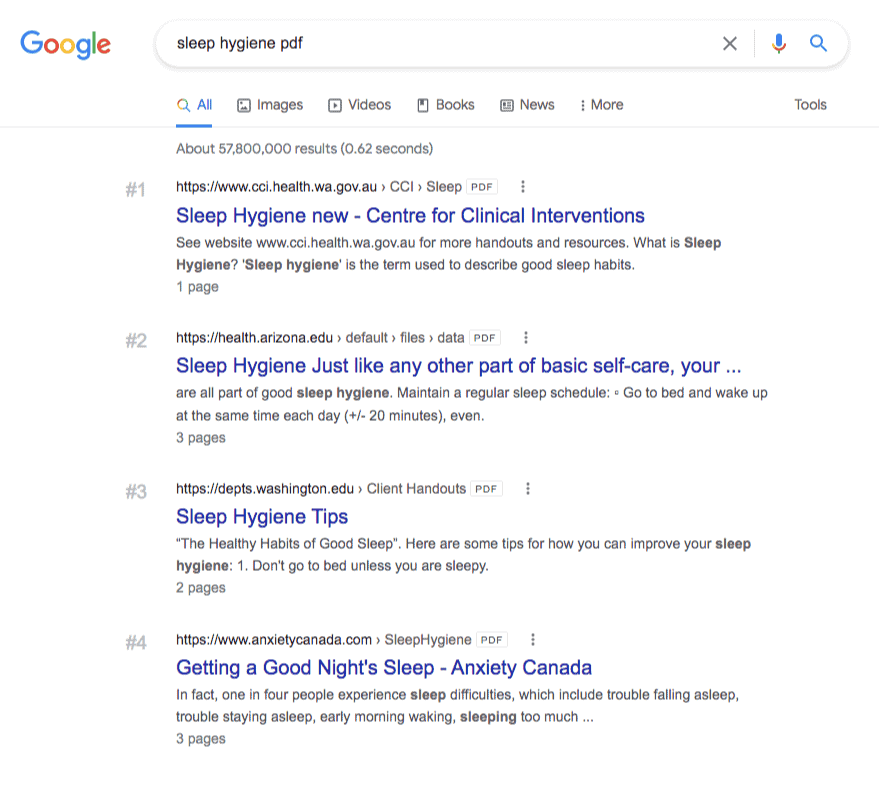
Questionnaire
With PDF content formats, there are questionnaires. This content format benefits educator when creating their quizzes (for school classes) or giving them to participants during workshops.
It is a great way to steal some ranking spots while gaining new links from publishers who include them in their articles.
Here are more citable content formats to consider for your next content.
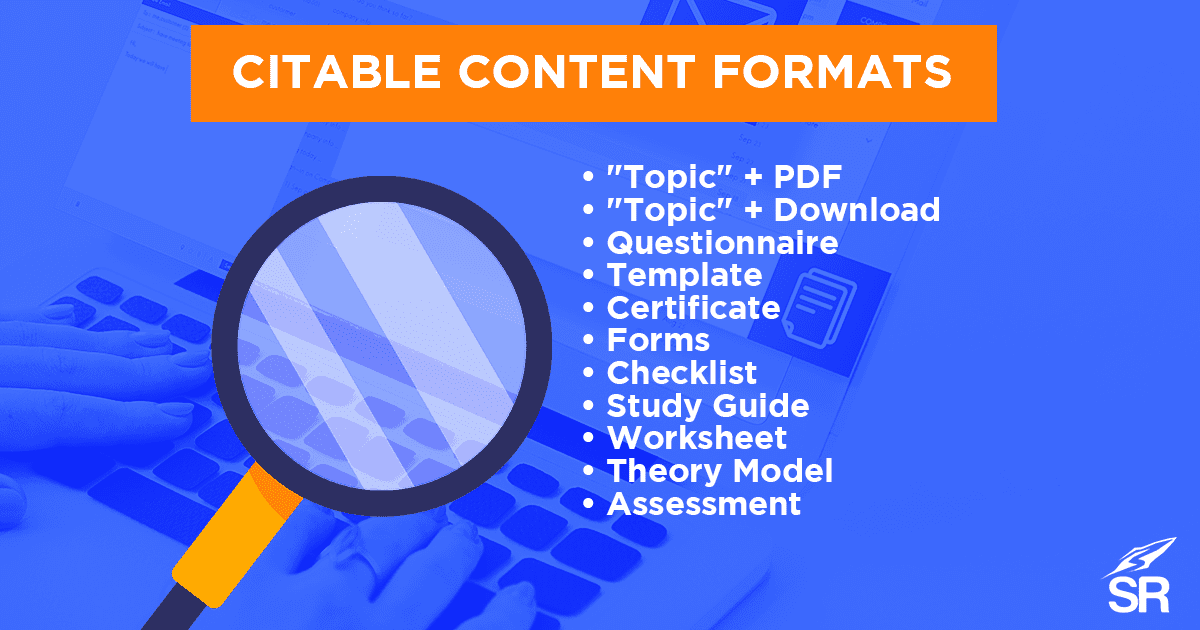
Content Partnerships
Relationships are the backbone of link building.
It is much easier to scale backlinks if the person you contact knows you.
Much simpler if they find and see value in your content or brand.
Content partnerships work this way.
You use web assets as leverage to get the attention of potential linkers.
If you're familiar with link exchange, you'll find this content partnership to be of a similar strategy.
Link exchange is directly linking between two relevant websites—one links to a relevant article of another website, and vice versa.
In content partnerships, you use other websites (two or more) when linking to your potential linker.
In other words, a content partnership is a link exchange at scale.
Instead of your website linking to your potential linker, you use your other content sites to link to them.
Why this link building strategy works so well?
First, you leverage the power of your authority site.
Websites with high traffic are not attracted to smaller blogs. They look for new dofollow backlinks from a site with similar or higher authority.
So if you use the power of your authority site to get a link for your smaller niche site, you'll have chances to earn links in email outreach.
The second reason why content partnerships work in 2024 is:
Some bloggers are not a fan of reciprocal link exchange.
They don't see it as a viable strategy, as they see it as harmful to their site's traffic. While that’s not true, especially if you execute it properly — only reaching out to relevant blogs (and not from random websites).
A better strategy than direct link exchange is content partnerships.
Here is a good email outreach template that you can use:
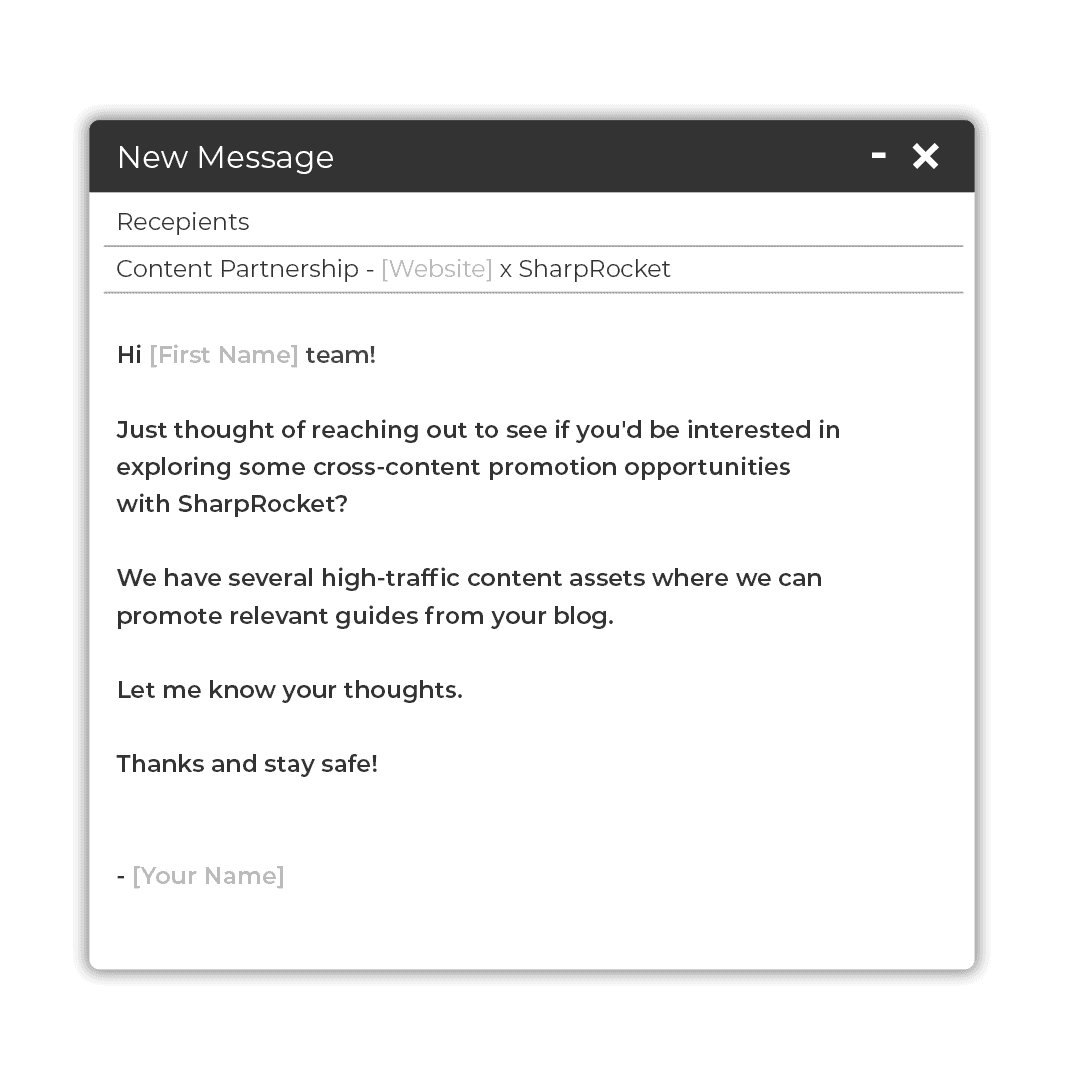
Targeted Guest Blogging
Guest blogging is still an effective link building strategy in 2025.
Reason?
Guest posts can bring targeted traffic to your website.
Plus, contextual links from guest posts boost the ranking power of pages being linked to.
While there are guest blogging campaigns that flopped in results, a few successful guest posting campaigns sustain their success.
Two factors make these guest blogging campaigns successful:
Precision and intention.
When guest blogging has precision, it only finds the right targeted audience.
Audience who cares about what you have to say. Audience who are likely to bring in new traffic to your brand.
And when you reach out to these people with the right intention (second factor), they'll respond to your email pitch because it shows that you care for readers.
Let's go with some practical tips.
Use audience research as one of your main strategies to find guest blogging opportunities.
Instead of utilizing search modifiers such as "write for us" or "guest post" plus industry keywords, you begin with discovering and learning about your audience groups.
Sparktoro does help in this process.
For example, if I'm searching for keto diet enthusiasts, I could simply enter the key phrase into the search bar.
The tool will provide all the information I need, including social accounts keto diet people follow most, and more importantly, for guest blogging purposes:
Websites they visit most.
I could use them as a list of target publications for guest blogging.
Or dig deeper a bit.
In Sparktoro, you'll see "Hidden Gems".
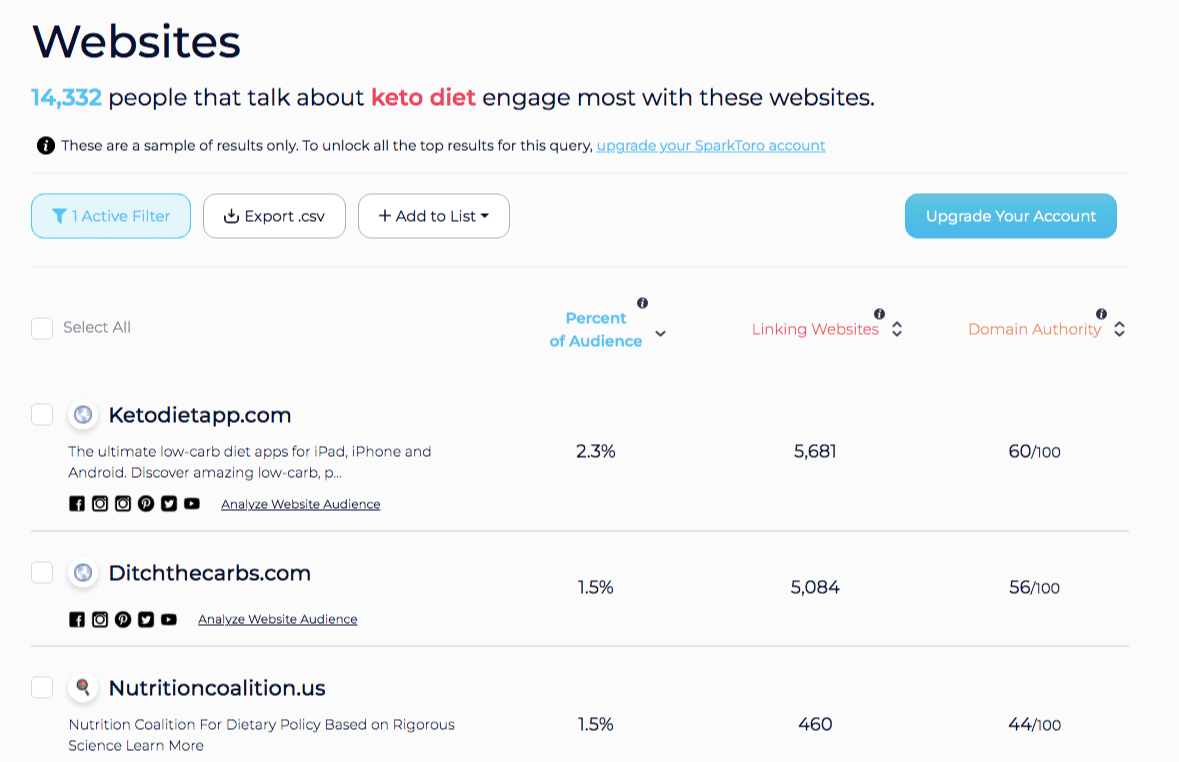
These websites have less overall traffic but high relative engagement among this audience.
Gold!
This is precisely guest blogging. These are publications you'd want to distribute content.
Another way to find guest post opportunities is through Ahrefs' Content Explorer.
Head to the search bar and type in a broad or niche keyword.
You can filter the results based on Domain Rating (DR).
Scroll down and click "Websites". This reveals the top 100 websites based on your input keywords.
Export the results and consider them part of your list of publications to pitch.
Besides Ahrefs' Content Explorer, you can't ignore its Link Explorer feature.
Through this feature, you can find competitors' backlinks — which may include publications they've placed content for distribution.
It is best to check websites that drive the most traffic to your competitors.
If you could get guest posts placed on these publications, it would help drive some more traffic to your blog.
Interested in starting a guest blogging campaign? Learn about our guest post service.
Publish Surveys
Survey content can pick up new links every week.
It works because journalists want to cover stories.
And if you give them exclusivity to interesting information, they won't hesitate to feature your surveys.
Now, how can you publish surveys?
You can use Google Consumer Surveys to collect answers to questions. You can filter participants by demographics (age, location, gender, etc..).
Make sure questions are tied to your brand's topics.
The key to successful linkable surveys is to make headlines attention-grabbing.
This is what provokes journalists and publishers.
https://www.thezebra.com/resources/home/dangers-of-sharing-passwords/
Once you publish the survey, create a media list that includes industry and local journalists who might want to cover your story.
This may require some digital PR, but you can pitch mid-tier bloggers and have them feature your surveys on their articles if you’re starting.
This way, you'll have social proof you can use for the next round of pitching, now for authoritative websites.
Broken Link Building
Broken link building, mostly known as BLB, recommends a link replacement for a webmaster with a broken link on their website.
This is most effective because it adds value by replacing defunct resources with new ones (including your content) that are more useful and helpful to website readers.
To this at scale, you can use Ahrefs' Content Explorer.
Type in keywords like "resources" or "links" along with your topic and use the search filter "Title".
Now, the tool provides you with relevant resource pages.
Reach out to them, tell them about errors, and provide appropriate link replacements.
Here is an email template you can use for broken link building:
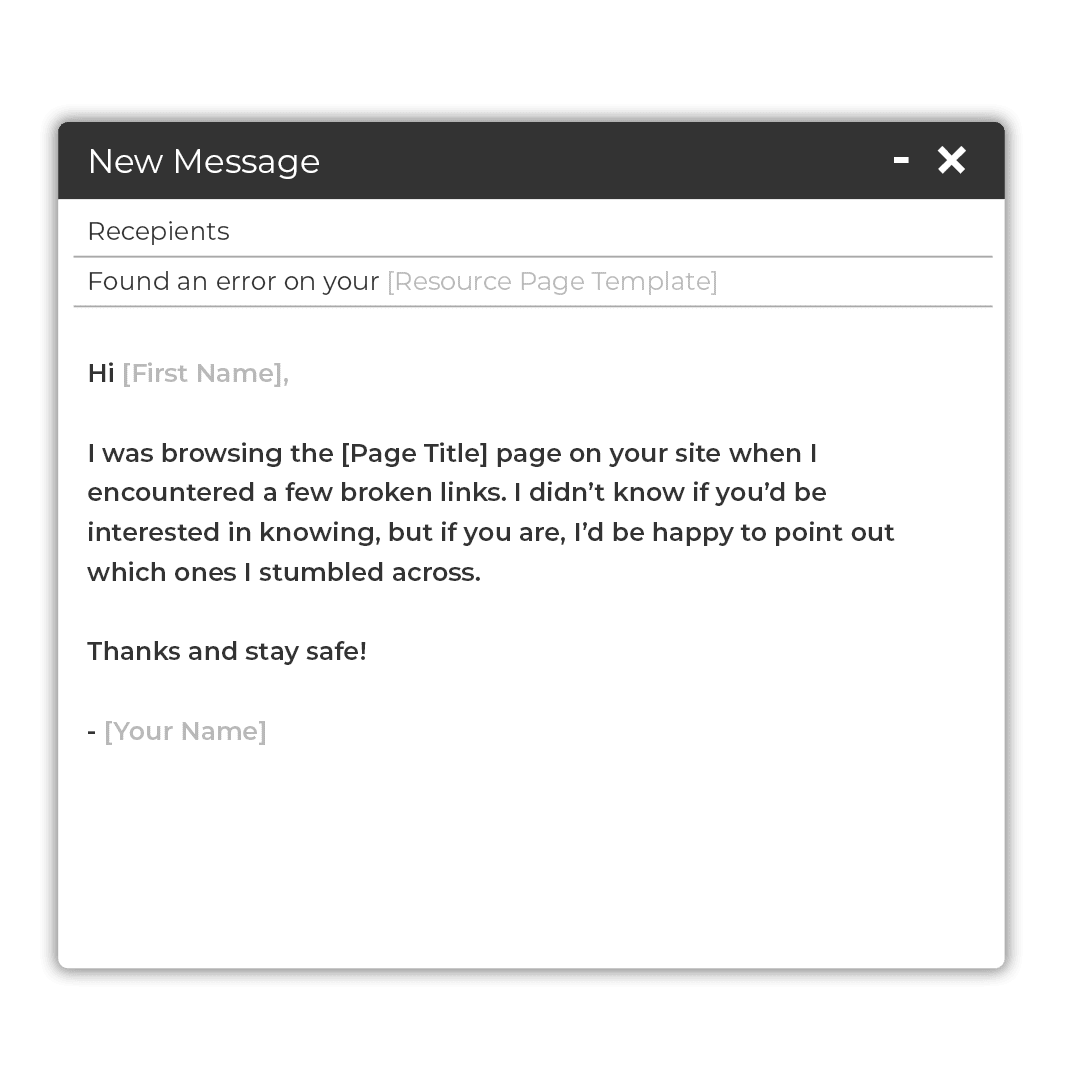 For step by step process, you can check out our entire broken link building guide.
For step by step process, you can check out our entire broken link building guide.
And an email template for resource page link building:
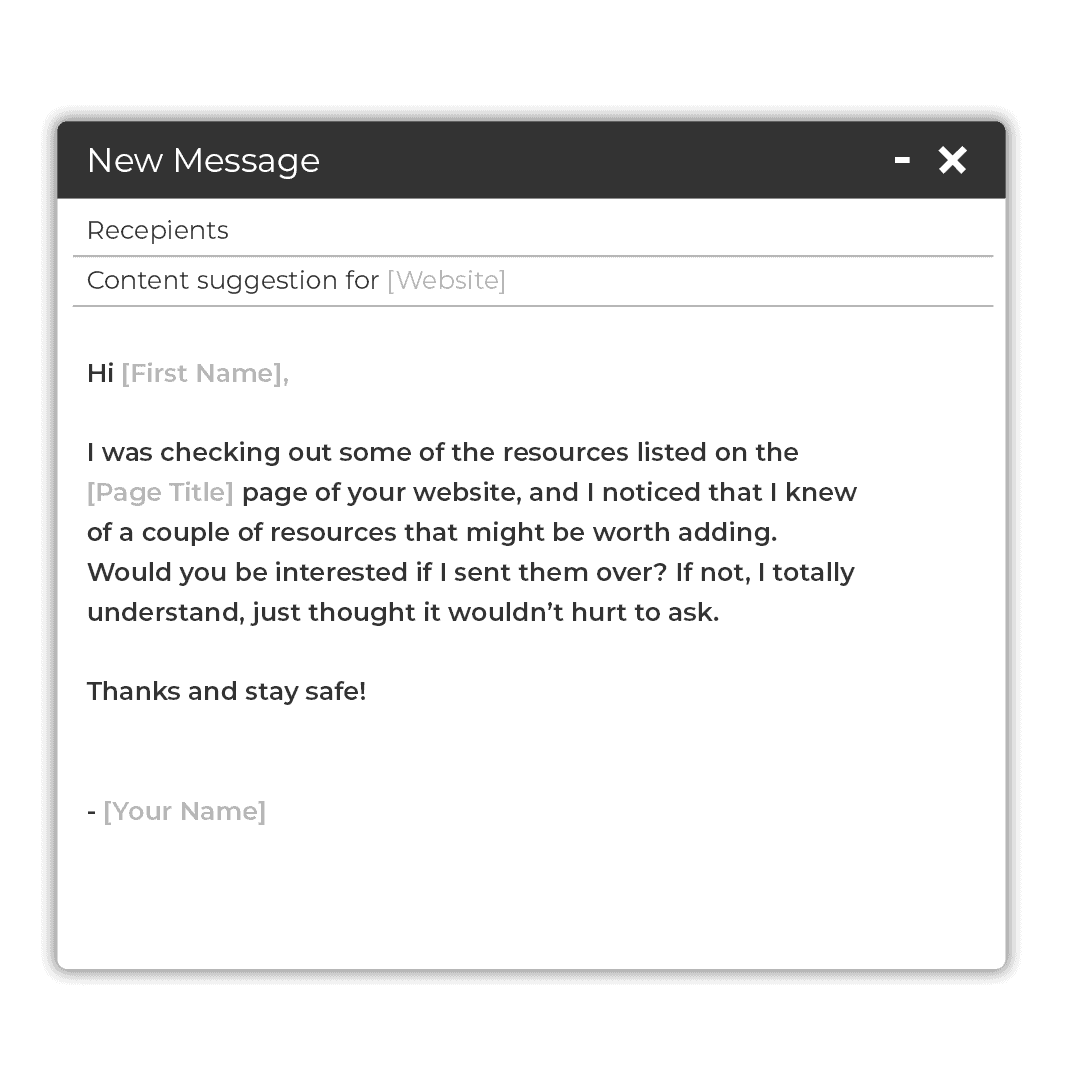
Link Reclamation
People mention products and services. And when they do, sometimes, they forget about linking to appropriate sources.
This is where link reclamation comes into play.
Link reclamation is reclaiming lost links or unlinked brand mentions of your site.
Generally, link reclamation has the highest link placement rate among link building strategies.
Reason?
They've known about your brand or even used your content.
Link reclamation is mostly used for large-scale enterprise brands mentioned on websites almost daily.
However, you can use it for smaller sites and, if done correctly, can help add more targeted links to your important pages.
There are two ways to do link reclamation:
First, identify lost inbound links to your site and reclaim them through outreach.
It may be so simple, but you have first to know the reason why the publisher in the first place removed it.
If they've found a more useful alternative resource to replace yours, reclaiming a link's not worth your time — unless you recently updated your content piece.
Second, find unlinked mentions of your products or content. If they've mentioned you, reclaiming these future links with a simple ask is easy. Familiarity takes place.
For two link reclamation methods, here are email templates you can use:
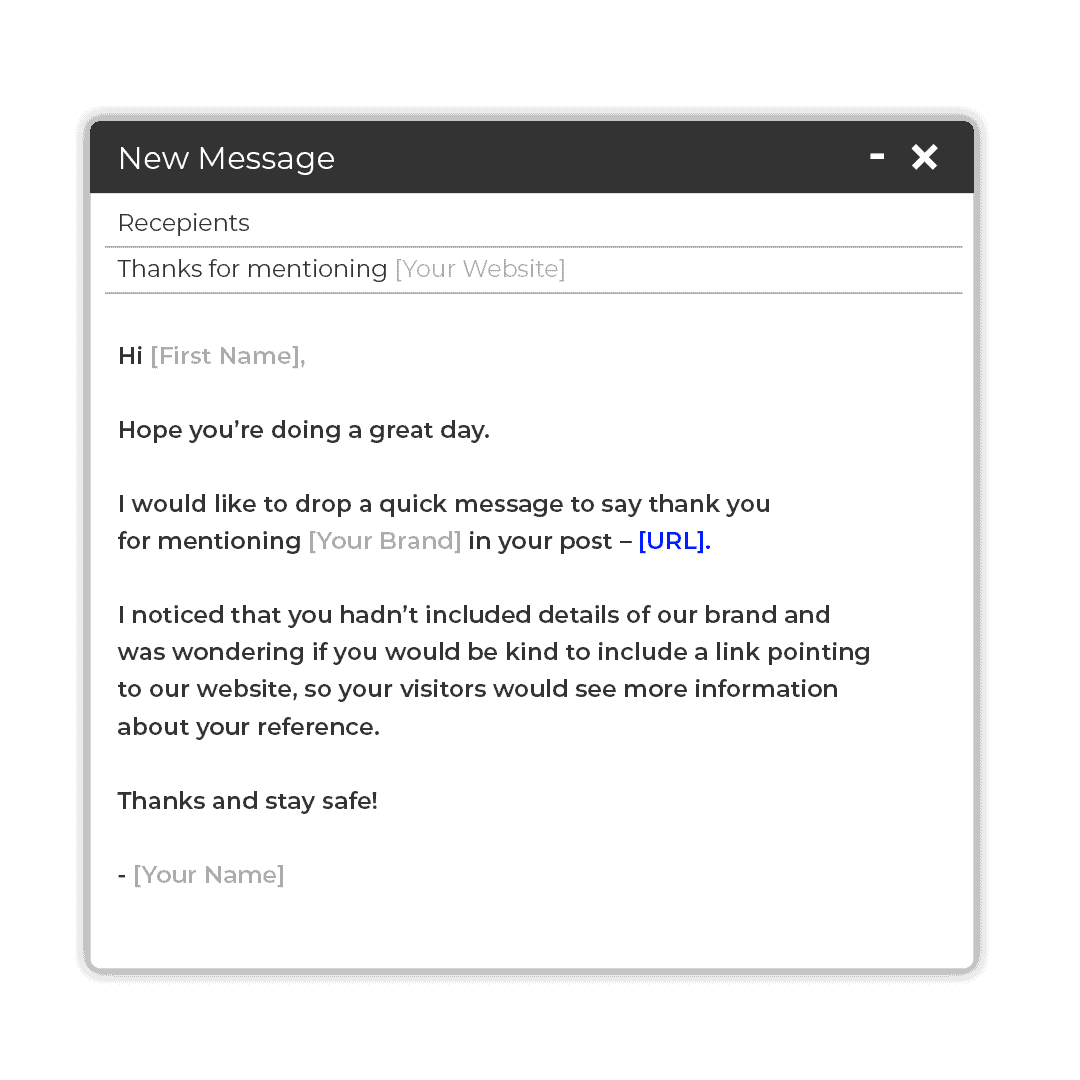
Infographics
Infographics are useful visual assets to increase brand awareness, get links, and improve rankings for the site's key terms.
Link building through infographics is still effective — if executed properly.
Forget about farm and infographic submission sites that add little value and traction to your content. Go and look for real targeted blogs to include your infographics.
The more careful your execution is, the better the links you'll get out of it.
Now, what makes infographics successful these days?
One effective strategy is to use infographics as complementary to your main informative content asset. This solidifies the entire content instead of a stand-alone full infographic page.
For example, you can add infographics to the data studies page to emphasize essential data points.
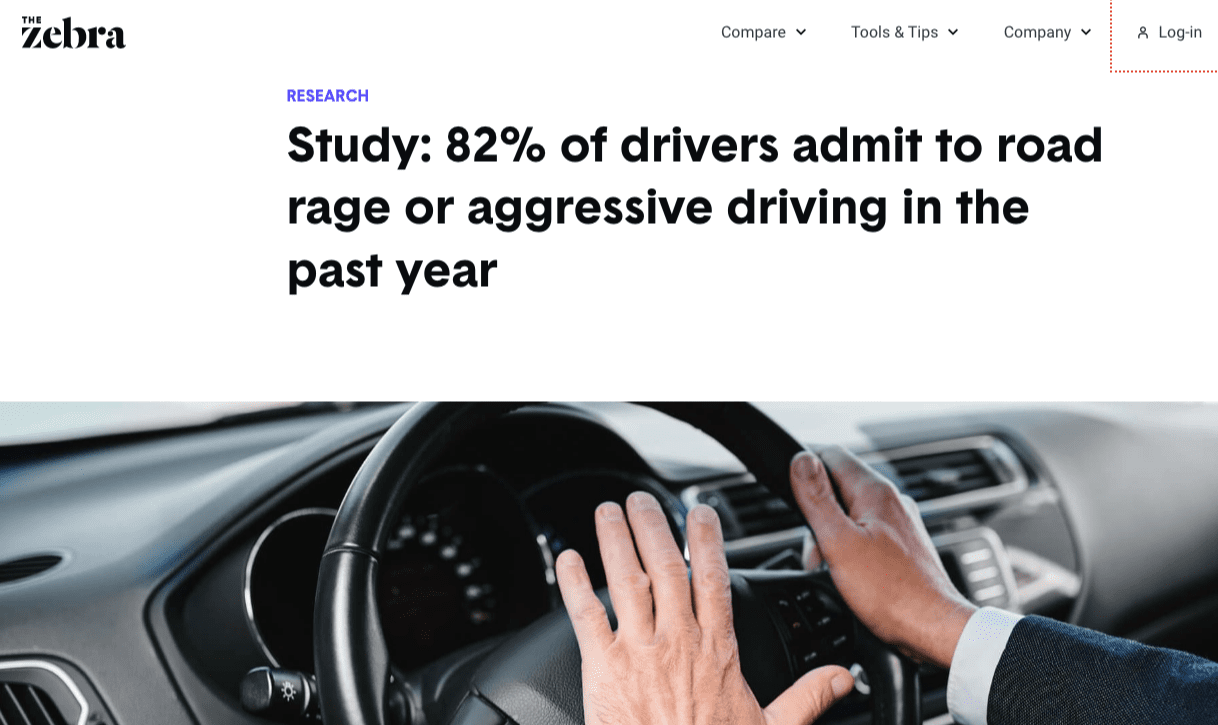
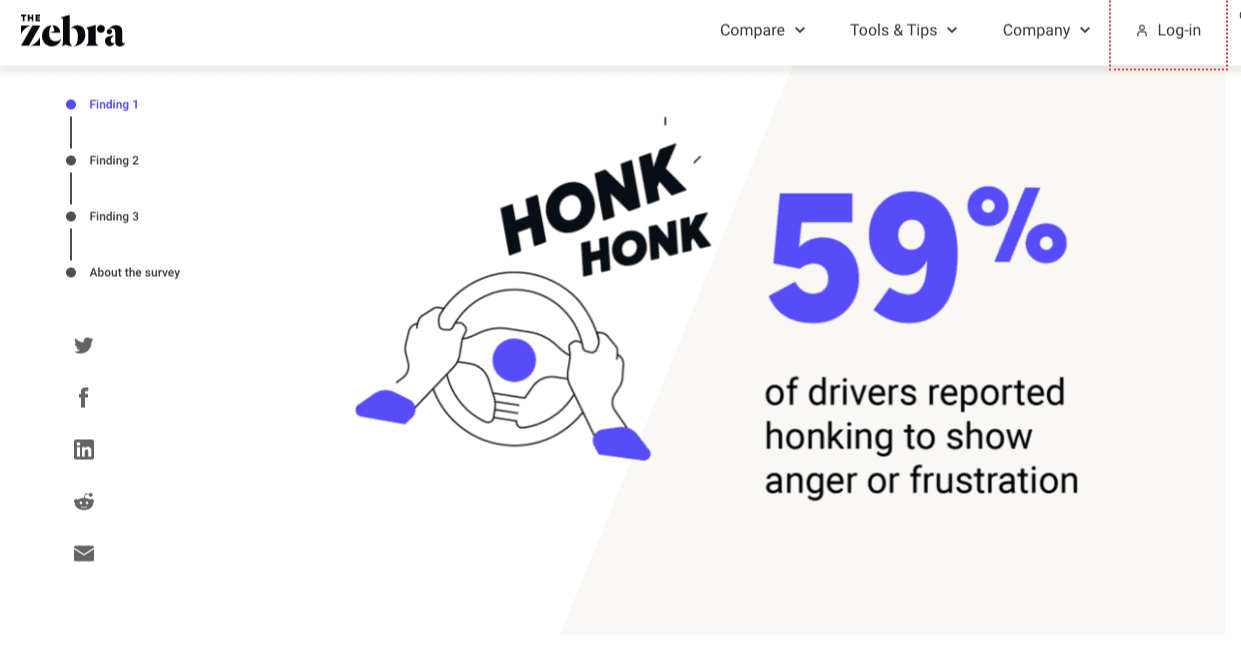
For content promotion, you reach out to bloggers and share the infographics with custom intros' contextually written for the blog.
Offer to write a custom intro of the infographic. Even helping them insert embed code into their blog posts makes it easier for them to publish your visual asset.
It is best to give bloggers a sneak peek of the infographic by including the actual image of some of its sections. The email becomes more appealing and adds differentiation to your email pitch.
Here is an email template you can use for guestographics:
Replicate and Test Strategies That Work For Other Industries
Here is one way to discover new link building strategies:
Do not reinvent the wheel.
Look at other industries and marketers and see what they have done well.
By simply understanding how other websites solve problems, you'll find inspiration and original ideas for your content marketing and link building campaigns.
For example, if you want to test new link building strategies for a personal injury website, check other cities.
Grab their domains and discover how they recently acquired links.
Use Ahrefs to check the site's top linking pages.
Or make deductions as to the types of new backlinks they acquire:
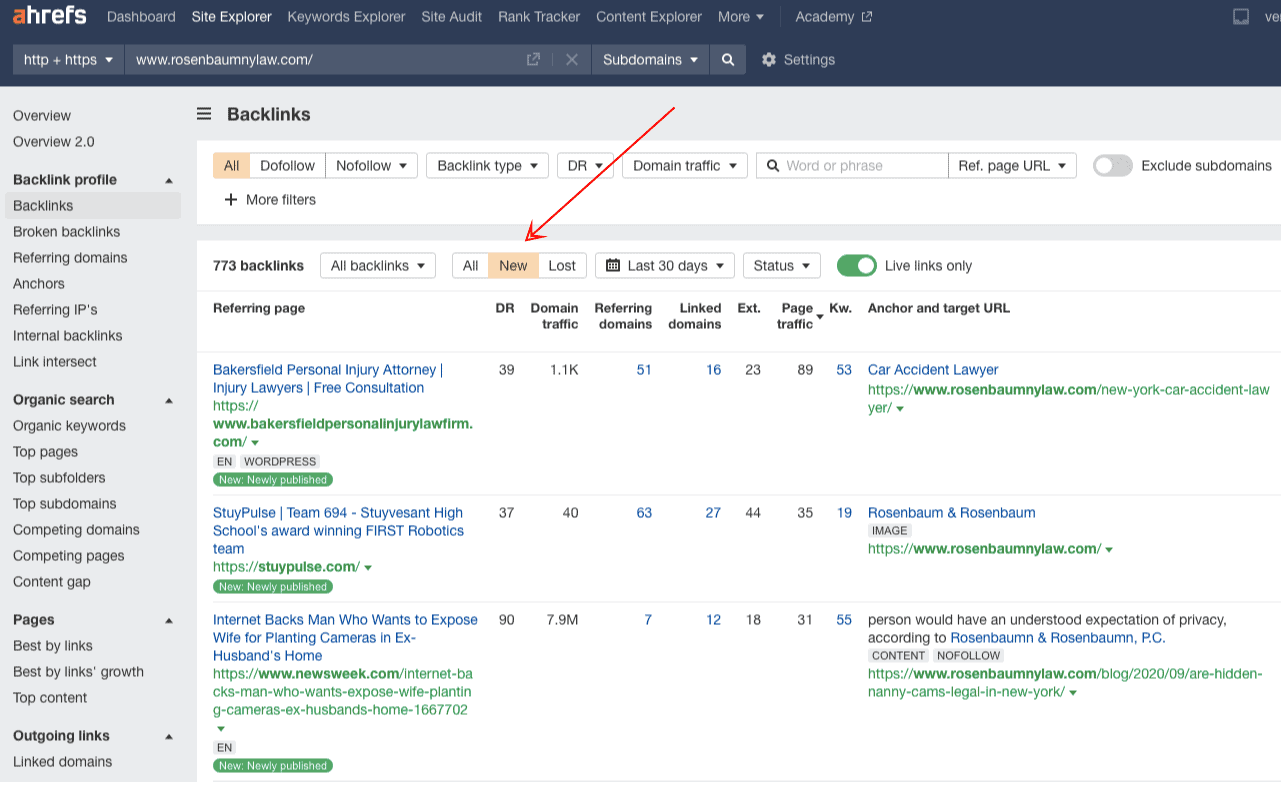
Another example is when you're trying to build links to money pages.
You can go to competitive financial markets and analyze how they get money page backlinks.
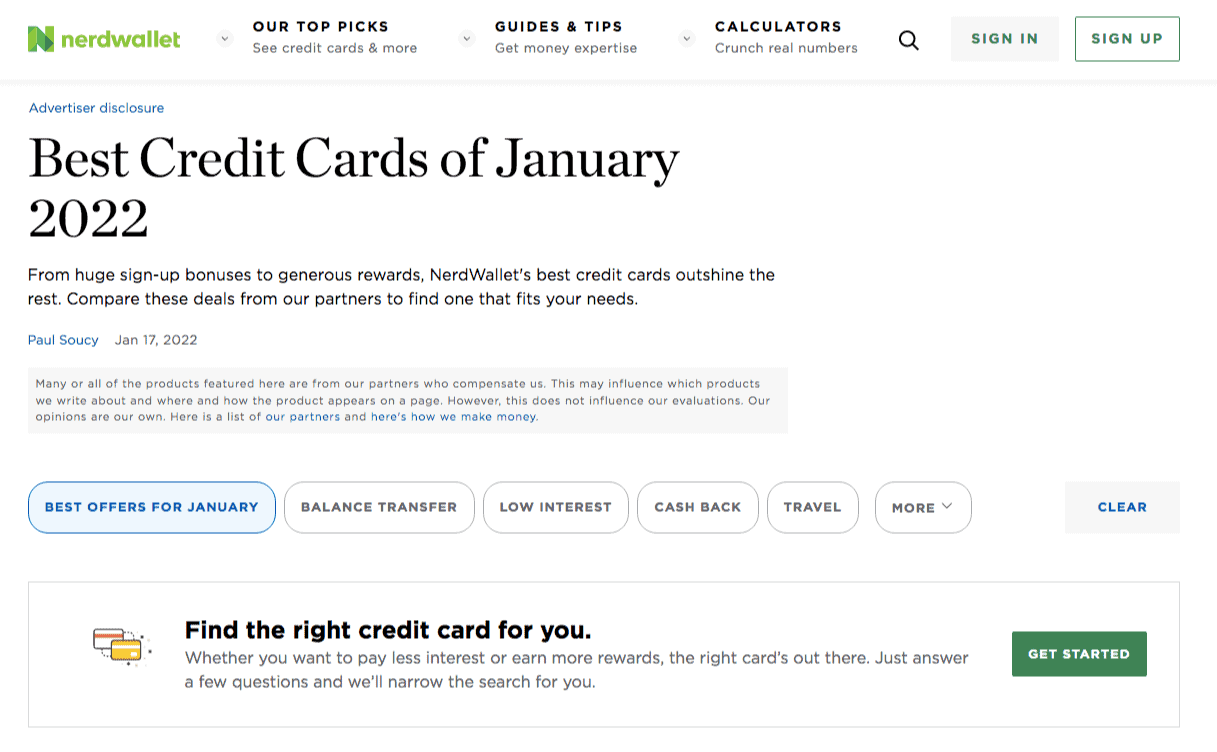
You serve users when you replicate the best strategies that work for other markets and test them for your site.
And helps you build links your competitors can't easily copy.
Go and try.
Improve Your Link Building Strategy
There is no one size fits all strategy.
The only way to know if it works for your brand is to test it yourself.
Make a case study of the best link building strategies that are effective for your website.
If it works well, improve it more.
That's how you become better at link building in 2025.
Link Building Strategies Frequently Asked Questions
What are the three types of link building?
The three types of link building are deep linking, contextual linking, and internal linking. Deep linking refers to linking directly to a specific page within another website. Contextual linking refers to linking directly to content within another website. Internal linking refers to linking directly to content within your own website.
What are linking strategies?
Linking strategies are essential plans for organizing, tracking, and optimizing your website's links. Implementing the right plan can result in significant business benefits, such as increased sales and improved search engine rankings. By developing a well-thought-out linking strategy, you can effectively enhance your online presence and drive more traffic to your website.
What are the key elements of a successful link building strategy?
A successful link building strategy involves prioritizing quality over quantity, building links naturally, focusing on anchor text, searching for related domains, giving preference to backlinks within text, and combining both dofollow and nofollow links. Avoid relying solely on dofollow links.
What is the difference between link building strategies and tactics?
The distinction between link building strategies and tactics is significant. A strategy refers to the overall plan, while a tactic represents the means to achieve an objective. To succeed in link building, focus on creating something "link-worthy." While this may sound cliché, it remains true as an effective approach. Building links requires a thoughtful strategy and using tactics that promote the creation of content deemed valuable by others.
Link Metrics: What Do You Need To Know (+Examples)
Nowadays, the pursuit of links has been based solely on a specific number set on link metrics. If a link opportunity is not higher than a set standard, i.e. DA30, then it's not worth pursuing at all or has absolutely no value.
Will the numbers be all that you should base your decisions on whether a link opportunity is good or bad?
For years in building links for clients, we've always come across people who deeply care about just metrics, i.e. all links should be higher than DA30. Otherwise, we wouldn't pay for those links. Some business owners don't know and only demand high-quality links ONLY, where quality is pretty subjective from the service provider themselves.
What is link metrics?
Link metrics are a set of ranking factors used to determine the importance and relevance of webpages in search results. They include domain authority, relevancy, and trust, and help search engines assess the value of a website. These metrics play a crucial role in determining search rankings and ensuring high-quality search results.
Link Metrics: What Do You Need To Know
Proper education in the community
The common knowledge of what's valuable and what to pursue will normally become the basic foundational model of those starting out in the industry and those looking to invest in search.
When most people say this particular metric is the right one to pursue when qualifying link opportunities, it wouldn't be hard enough for new non-SEO-savvy people to accept it as their own.
Though that may be a good thing, as it looks like a common understanding, it may leave some good opportunities.
2 uses of link metrics: to make sure you don't include bad opps, or to make sure you don't miss out on good ones. We do the latter.
— Jon Cooper (@joncooperseo) November 14, 2017
There are verticals where there are only a handful of link opportunities available. Setting a high standard on metrics may leave you missing out on good relevant opportunities — ultimately not maximizing the campaign opportunity.
Frequent wild changes in metrics
You often encounter this situation if you're reporting links solely based on metrics.
You prospected a potential linking opportunity and saw its DA to be 35. You go through the process of filling in your list with more link targets - reaching 300 qualified targets. When you visit the page again to find available contact information — the DA goes down to 29. Now, you get stuck on whether to pursue the link opportunity.
If you're highly reliant on only one metric number, you'll have trouble with these quick changes, given they'll affect the quantity rate of your qualified link prospects.
A piece of very good advice from Jon Cooper that can battle against these frequent wild changes in metrics:
I also can't imagine agencies using DR in contracts for link requirements. That's why we don't use hard ones, but i.e. needs to hit at least one of 6 different numbers, so we're not reliant on wild changes like these.
— Jon Cooper (@joncooperseo) March 8, 2018
Natural links may be lower than metric standards
Some links can be acquired naturally, i.e., when writers find your content by searching for resources on Google and linking to it from their content at the stage of their writing process.
Most link builders and SEOs devalue natural links as these may not have passed a certain metric benchmark. When common sense isn't a common practice, you don't have to worry about metrics now — these are natural links built effortlessly. It makes your link acquisition process for that content semi-automated.
Though you'll have to do the groundwork of manually building links to get your content ranked first and earn natural links, the tremendous benefits of making it a link magnet is staggering.
Links that drive clicks
It's not good when you're too focused on metrics, preferring it over relevance. Given that relevant targeted links can drive referral visitors, that may, in turn, be more valuable than any high number metric links that are irrelevant to your page.
This is pretty obvious, but time and time again, I've found link builders scaling link acquisition on DA70+ resource pages with over 300 outbound SEOly links (which have been pitched by different kinds of link builders) and of which you're less likely to get clicks and link juice if you happen to build links from them.
If you prioritize clicks from links, some hints will help you determine if there's a potential click on a link on a page.
I'll be using resource pages as an example here.
Page with link categories
When looking for references for project research, it would be too hard for you to find the exact references you need when there are no categories or sub-sections that'll group links on the page.
You're less likely to click on any of the links and might look for another similar resource page.
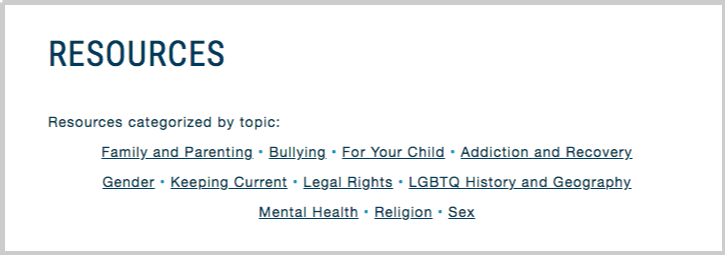
Assuming you get a link, it'll be somewhere placed in an unclassified manner.
It is best to look for resource pages where links are categorized into sub-topics, as it'll be easier for users to find and click on your resource.
Descriptions for links
Descriptions for each link provide context to readers that allow nudges for decisions about which link to click on.
A resource page with descriptions for each link can entice clicks. But without them, links would have divided attention for clicks.
Hundreds of outbound links
Similar thing to attend. A resource page with hundreds of outbound links (all battling for a visitor's attention) is less likely to give your desired clicks.
List of resources not placed in the main section
You may come across a page entitled an Industry/Audience Resource Page, but links are placed somewhere on the page not likely to be clicked (e.g. bottom right section). In this case, you may get a link, but you may have a low potential for a click.
Links from pages that drive traffic
It's easy to say you must acquire links to generate traffic to your site. However, practically doing that is a different thing.
There's an approach to maximize the effectiveness of your link building campaign by focusing on acquiring links from that pages that can drive traffic to your site.
In April, Ahrefs improved one of its core functionalities - search traffic of a referring page and the number of referring domains to Ahrefs "Backlinks" report - which allows you to gauge high-quality linking pages from a traffic perspective.
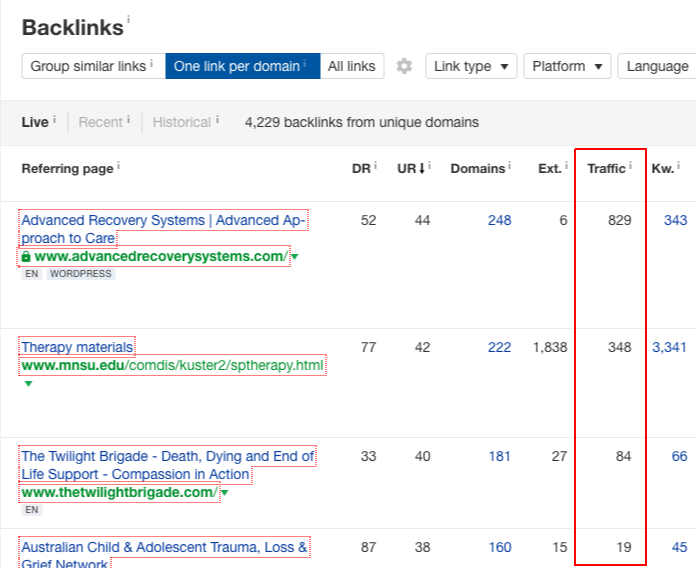
You can grab your competitors' domains, see their backlinks reports, and identify the ones driving them a significant amount of traffic. This can be likely your initial link building approach when you have a new client or project to work on.
You can easily figure out the value of potential linking pages and not guess enough how much potential traffic you can get from the page.
Link Metrics Frequently Asked Questions
What metrics are used in link building?
In link building, various metrics are used to assess the quality and impact of links. Some key metrics include domain strength, page strength, anchor text, number of links, linking root domains, the relevance of the linking page, the position of links on the page, and cost per link. These metrics help determine the value and authority of websites and pages online.
How do you measure the quality of link?
To measure the quality of a link, it is essential to consider the link quality indicator (LQI) and received signal strength (RSS). LQI indicates data packet quality, while RSS measures the energy of the received signal. Both metrics provide valuable insights into link performance and reliability.
How do you measure link building success?
To measure link building success, focus on creating high-quality links from other credible and relevant websites to your own. Such backlinks indicate to search engines that your site is trustworthy. The key metric for success is the number of acquired backlinks. So, ensure consistent and effective link building campaigns to improve search engine rankings and website credibility.- everything
9 Types of Links That Matter in SEO And How to Get Them
The types of links that you build matter as much as you execute your link building strategies and tactics.
Just like knowing what kind of salt and pepper to use for your recipe, your cooking becomes more effective when you know what ingredients to use and why you need to use them.
So, to be an effective link builder, you need to understand link types.
Types of Links That Matter in SEO
Here are nine types of links that matter in SEO:
- Natural editorial links (content)
- Manual outreach links (content)
- Self-created non-editorial links
- Discussion-based links
- Sponsorship-based links
- Membership-based links
- Edu and Gov links
- Event-based links
- Natural-editorial links (relationships)
Read below to learn how to get each of them.
1. Natural Editorial Links (Content)
Natural-editorial links are by-products of link earning.
This type of link is acquired organically - meaning there isn't any form of outreach initiative from the side of the person who gets the link. The webmaster or publisher initiates linking to a certain piece of content.
Link-wise, it's nearly impossible to get a similar link type unless there's a high-level reason why a particular person would link to your website.
In my experience, there are three primary factors in how you can earn natural-editorial links:
A. Content Ranked For Referential Keywords
Not all keywords you target can get people to search for it and link to the top-ranking piece (or whatever ranking page they'd find worth referencing).
For example, if you search for what is link building, you'll find that most people would end up typing the exact question, getting the answer, and leaving the page right away.
But there are keywords people search for and link to as a reference for their own content works. These are called "referential keywords".
Here are some examples of referential keywords:
A.1. Topic Templates
Any niche template is highly searchable and is worth linking to. The reason is simple - it makes life easier. If you can have a template to create your own resume without having to write the whole thing from scratch, it saves you minutes (if not hours).
Therefore, the template keyword is one content type worth referencing in a blog post because it gives value worth finding.
Popular examples of this niche-type keyword are job search templates and web design templates (CSS and HTML).
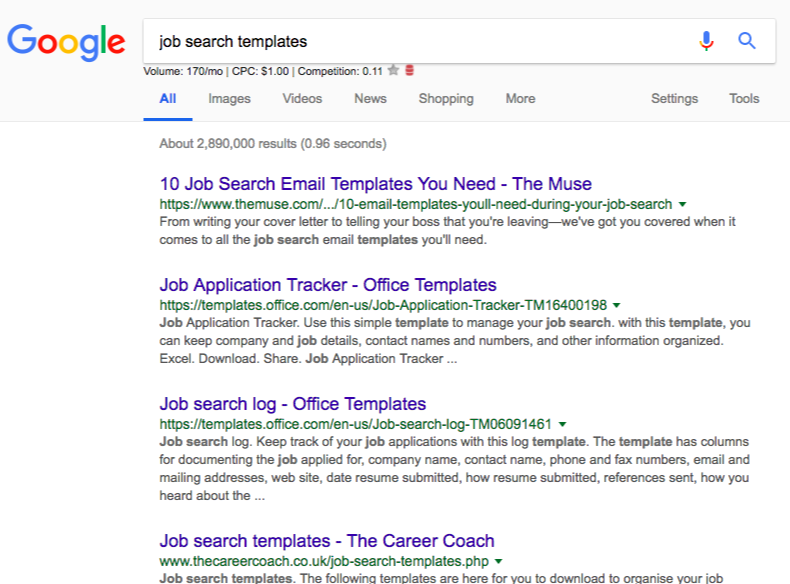
Other template keywords you may also create content around that can fit your industry are the following:
- Christmas tree template
- meal plan template
- door hanger template
- macaron template
- travel itinerary template
- weekly lesson plan template
- wedding seating chart template
- real estate flyer template
- family budget template
Pro tip: Use Ahrefs or SEMRush to search for a specific type of template you could invest a content piece around in your space.
You can use the tool's search volume to type in a keyword + "template" to find niche template terms.
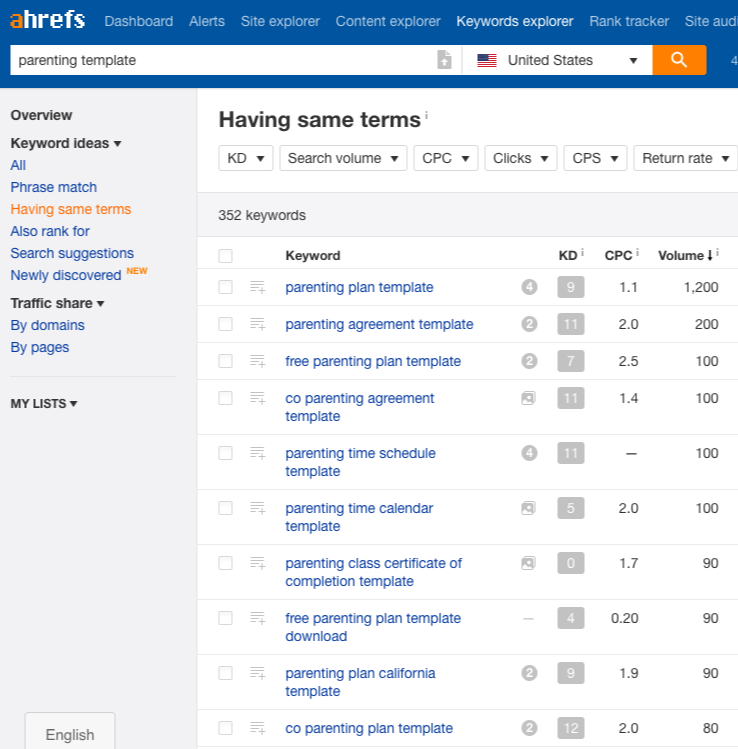
A.2. Tips, Strategies & Hacks
A writer wants to include more tips in his content, so if you have an extensive guide on co-parenting tips, there's a good chance it could be used as a reference on other blog posts.
Example: photography tips, first date tips, rhetorical strategies, camping hacks
A.3. Data
Industry/topic data can be a credible source of information for your writing content. It builds trust from your readers; thus, this type of content has a high likelihood of being linked to by publishers as a reference.
Example: real estate data, snapchat data usage
Exception:
There are niche-type keywords one wouldn't ever think of being referenced by potential linkers. Such is the case with question keywords.
Normally, a question keyword, what is a watchdog? for example, can be easily answered and doesn't require you to refer to a post about that specific topic.
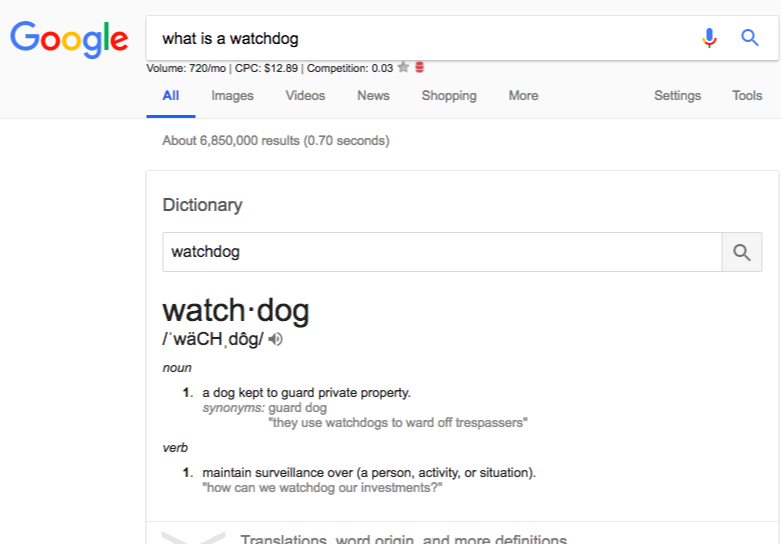
If you're the writer, you think it's only bit-sized information, and you could either list it down or use your opinion if you can answer the question properly.
However, some cases require expertise to answer a question and, thus, allow content creators to create content that doesn't just serve the need but has data/facts to support the answer.
You'll see this happen in health niches. One should have a scientific/medical background before he/she can answer a question.
For example, the search query, "Is snoring a hereditary?", requires content written by a person with a strong health background (Ph.D. graduate).
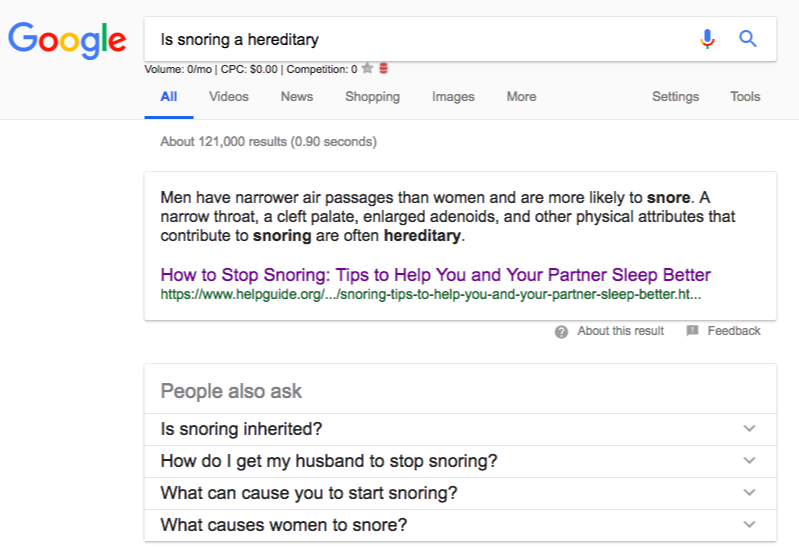
With these niche questions best served with expertise-based content, there are cases when a question keyword can also be a referential keyword. This means that content ranking for such keywords can also be used as a reference by other publishers in their posts.
B. Word-Of-Mouth Bottom Of The Funnel Pages
Another factor that could help you earn links is when your community users, brand evangelists, and those people who know your brand link to you naturally from discussion websites.
What makes it worth earning is the number of conversions you can get from those discussion sites - not just links.
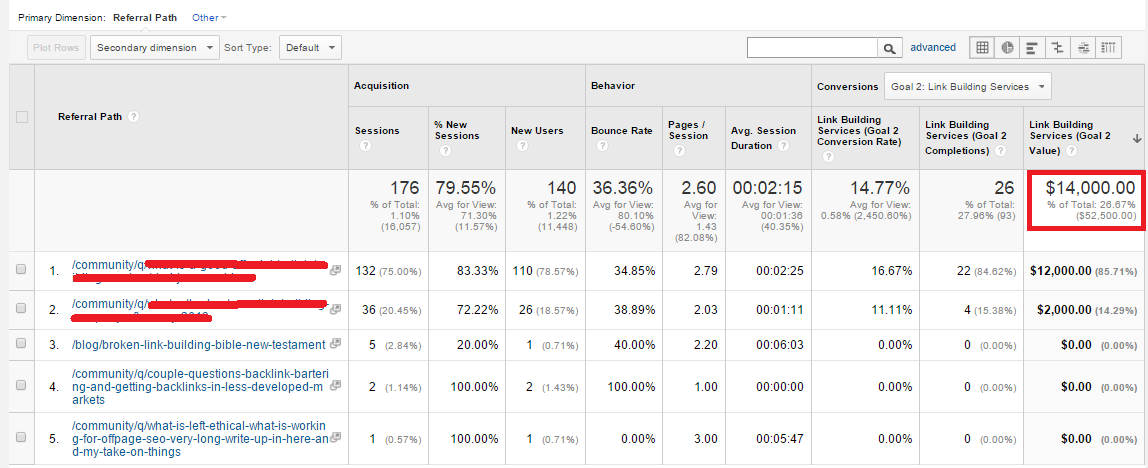
Forum links that point to your bottom-of-the-funnel pages, i.e., your product pages, are valuable from a business perspective - as they can generate sales over time.
C. Strong Brand Authority
Building your brand authority in your space requires consistent messaging and delivery of high-quality offerings.
Whether that's a great product/service, a great brand ambassador, or the length of company existence (with a strong brand presence), the more you could establish any of those factors consistently on your site, the higher the possibility of earning links these way.
For example, Tim Soulo recently published a post on how they grow exponentially at Ahrefs from an MRR/ARR metric perspective.
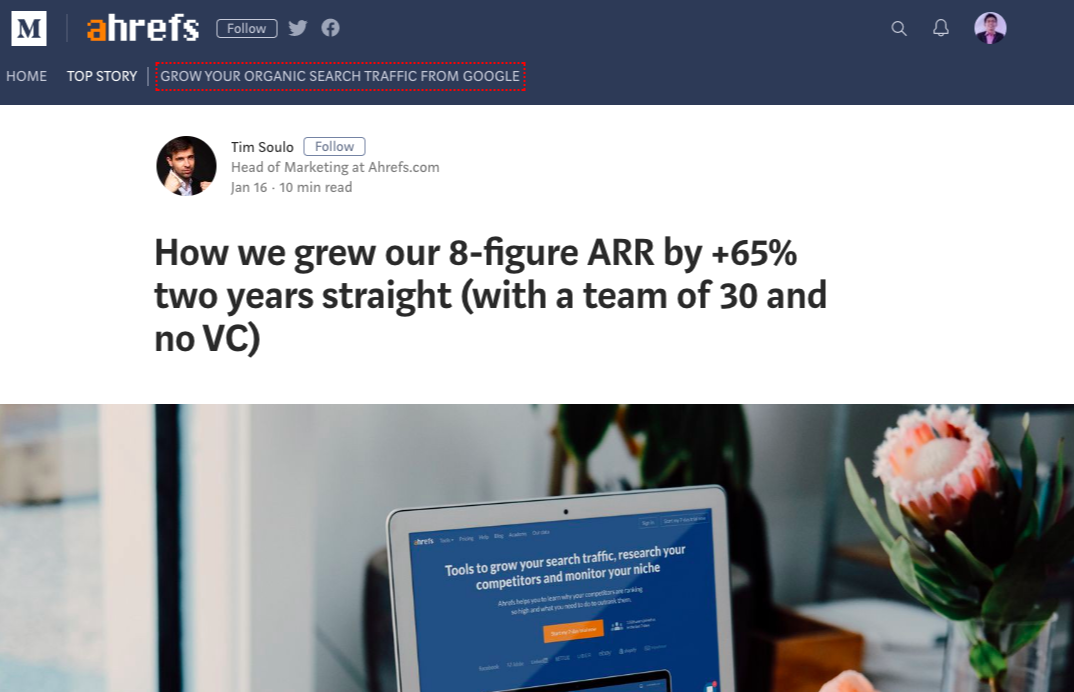
How that possible is their ability to focus on one thing - to improve their product best. The product allows them to earn links from SEO or internet marketing publishers.
(If you've been reading this blog for a long time, you see that I've been linking to them almost all the time when I want to share a tool that can be used for certain link building activities).
This isn't scalable in nature, and the market decides if you have the great/best offering.
But if you're choosing clients to cater to your SEO or link building services, it's something that you have to consider. A brand authority could easily help earn links because it's the community themselves - publishers and products' existing users linking to the organization naturally.
2. Manual Outreach Links (Content)
As implied, manual outreach links are executed with manual efforts - from finding relevant link opportunities to identifying an irresistible offer (valuable to end-users) and sending emails to appropriate contact persons.
This is the most common type of links on the web, given that not everyone has the ability and authority to earn links when starting out.
That being said, manual outreach link building can bring a guaranteed range of the number of links per month (e.g. 6 to 10 links per month) if done right and consistently throughout a period of time.
There are a lot of ways how you can build manual outreach links, and here are some resources that can help you get started:
For this post, I'd like to share with you something that's been overlooked when doing manual outreach link building.
First:
Picking Up New Competitors
If there are only a few inches away from beating up the competition, knowing what your competitors are working on based on their new links being acquired is essential to maneuver your website to better links.
For this reason, you can use Ahrefs to check your competitors' new links.
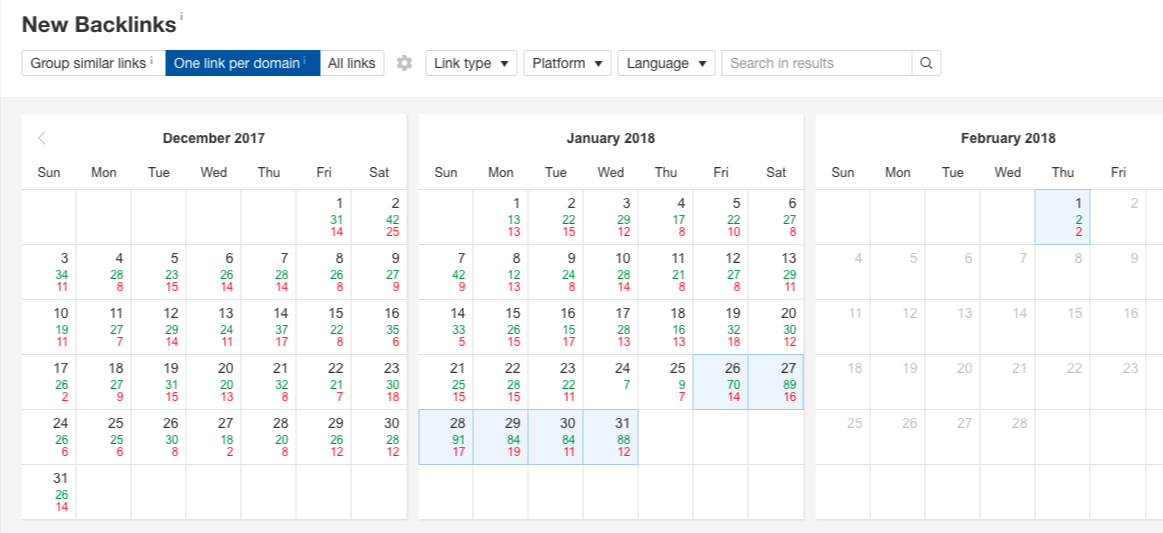
You can even filter indexed links based on a specific period of time (past month, past week, or past day).
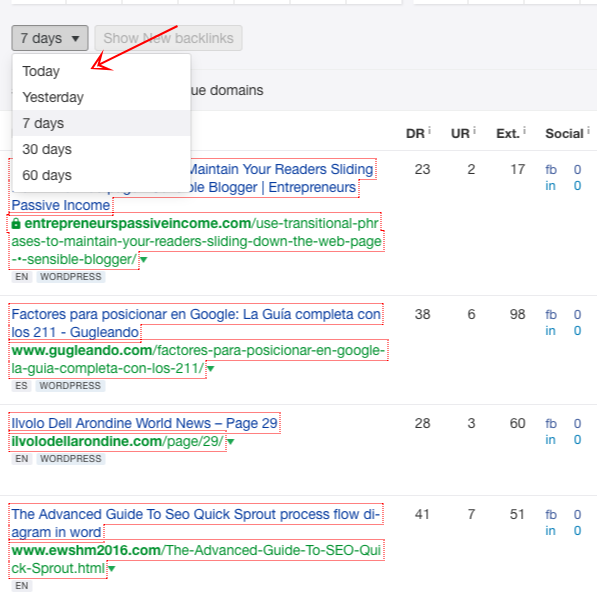
Picking up new links of your competitors, will you give insights as to which link building tactic they're currently focusing on (either niche scholarships or discount programs, for example) and if they are pursuing blogs/sites from other verticals (but still relevant to their brand).
Given their recency of linking, new links acquired by your competitors have high chances of converting into links when pitched since they are more receptive to link pitches.
Linkable Markets For Certain Content Types
A certain type of content serves a particular linkable audience.
For example, an educational guide caters to resource linkers, while bloggers are more receptive to infographics and entertainment-driven articles.
Meanwhile, news editors are looking for more data-studies type of content.
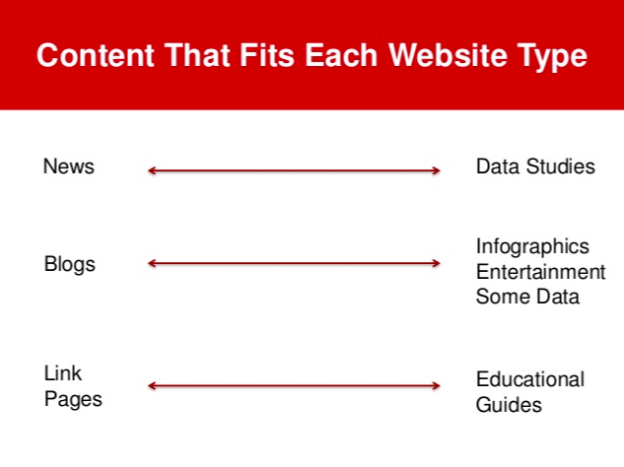
via SiegeMedia
In essence, if you're manually reaching out to a certain linkable audience and not giving them a suitable content type, you're less likely to acquire a link from an editorial perspective.
That's not to say there's no chance of linking. But for every content type, it serves a specific linkable audience.
3. Self-Created Non-Editorial Links
Not being editorially given, self-created non-editorial links tend to carry less weight than other link types. They get fewer clicks to their referring pages than links placed within the body of content. Therefore, from a lead generation perspective, putting all your efforts into self-created non-editorial links is not worthwhile.
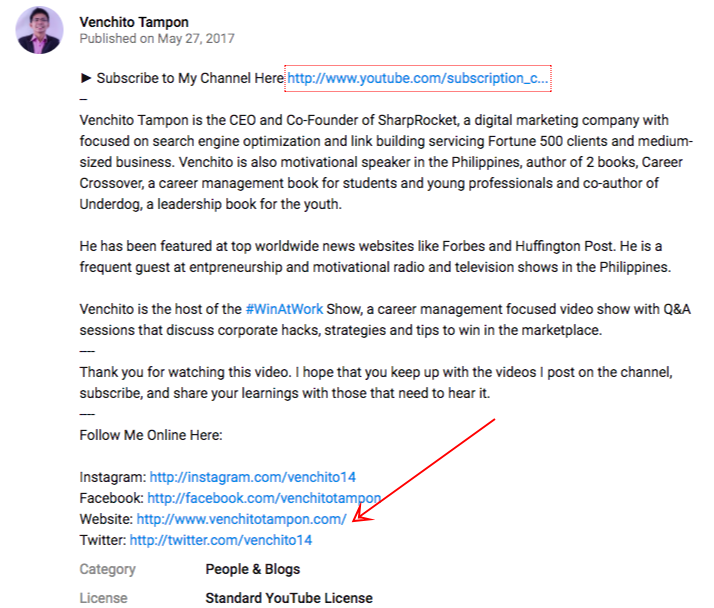
Here are some examples of this link type that I've seen still being built up to this date:
- Not moderated blog comments
- User profile pages
- Forum signatures/profile links
- Not moderated directories
Get this type of links to diversify your link profile, but not too many, given that they don't provide as much link value as compared to editorial links.
The type of self-created non-editorial links you should get is social links.
Here are a few social sites where you can build free backlinks:
4. Discussion-Based Backlinks
Links coming from discussion websites and online boards are proved to be valuable in terms of driving referral traffic and assisted conversions to a website.
Both benefits prove how powerful that link type is, as you're hitting two birds with one stone: traffic and conversions.
To benefit much from discussion-based links, one must consider the following:
- Identify sub-niche boards from community discussion and niche-specific forum sites.
- Consider more quality than quantity (e.g. if you own an eCommerce guitar website, a brand presence on a guitar forum with 5000-ish users is better than a music forum with almost 50,000 users).
- Participate in discussion boards/threads where you can provide value with your expertise. Take note that your goal is to drive traffic through clicks from links. If your participation doesn't engage the users well, driving traffic to your website is more difficult.
- Don't insert links pointing to your commercial pages without relevance to threads. You may be flagged as spam or be banned from the community site.
- Add hyper-relevant links to discussions. If you think a category page is more suitable than a product page, consider adding more.
Here are a few examples of websites where you can build discussion-based links:
Quora
Quora is a question-and-answer site where people benefit from answers to specific queries.
Search for Quora-sub threads that you can follow and find questions from them. Spend 10 minutes providing genuine and valuable answers or solutions to niche-relevant questions.
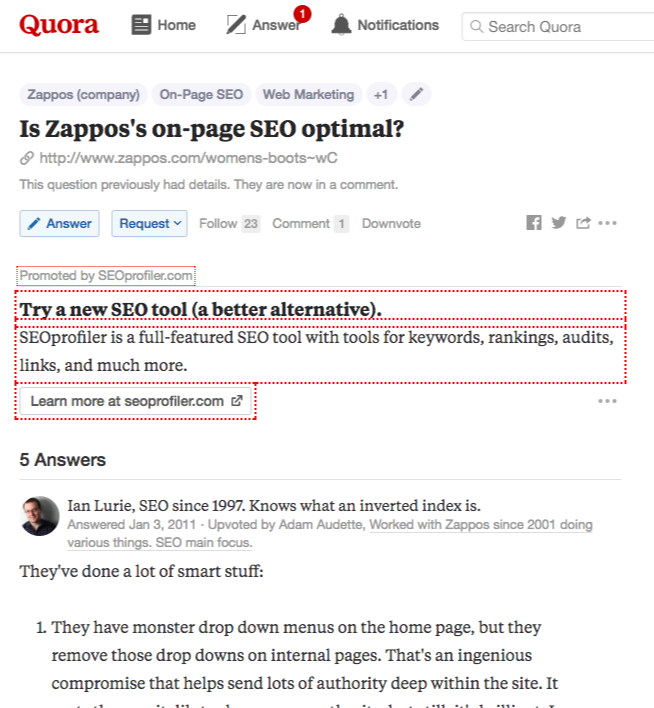
Last year, I put a daily practice to answer one relevant question every single day. It drove not just traffic but potential clients to our agency.
Country And Local-Specific Forums
If you're doing local link building, it's important not just to get relevant discussion-based links, but also hyper-local.
For example, if you're targeting Aussies, Whirlpool is a forum site in Australia you’ll love the most as users (mostly from the tech niche) are highly engaged.
Identifying a forum site like this is worth spending minutes, if not hours, of your time. Genuinely provide solutions to recent questions that will lead to more traffic and leads to your website.
Niche-Relevant Forums
Don Rhoades shared a credible idea on penetrating niche forums for traffic.
He coined the term "forum participating rubric", a method of using criteria to make decisions on participating in forums and online conversations that mention a need for your products.
Here's what it looks like:

Here's what each row means:
Timely: I like to try and stay current, as sales opportunities can go from hot to cold very quickly. Online conversations can change focus just as instantly. As an online retail salesman, you must be ubiquitous in “the showroom,” which any good salesman knows is everywhere he is. You can use this method for current press hits as well.
Collaborative: Agree or disagree, supporting another user’s statement helps you build a relationship, and that’s what link building all boils down to. Remember that your first few interactions will most likely not be a good time to drop a link. This situation calls for patience and being genuine in your responses. Remember, this is not about ranking sites and scaling the shit out of a process. This is about adding value to a community.
Education: This is most likely the best facet of this approach. Every product, no matter how much like other products it may be, has unique features, advantages, and benefits. These are the selling points of your product over others. Your on-site content should communicate these FAB’s and offer the G, which stands for Grabber (ask for the sale, without asking).
Clarity: This is one of the most common 4’s on the scale. The opportunity to address a misprint or correct an opinion formed by the reader is a blessing in disguise. This is also where it pays to have assessed all of your press mentions and link profile. I have often found opportunities to place links to other sites with links that generate sales. BOO-YAH! Some press hits from 2 years ago had no inbound links in the body, but after giving a clarifying statement (with an informational page link), they still bring in significant monthly sales.
by Don Rhoades
5. Sponsorship Links
Getting this type of link isn't groundbreaking. You only need to sponsor an event, organization, charity, or any cause, and in return, you'll receive a link from a specific page.
Here are steps on how you can build sponsorship-based links.
First is to identify niche-specific sponsorship link opportunities.
If you're targeting a local city, it is best to filter opportunities based on its locality.
You can use this search query (inurl:sponsor "INDUSTRY") or (inurl:sponsor "INDUSTRY" "CITY") to look for sponsorship pages in your industry.
The more hyper-relevant your opportunities are, the better link value you can get from them.
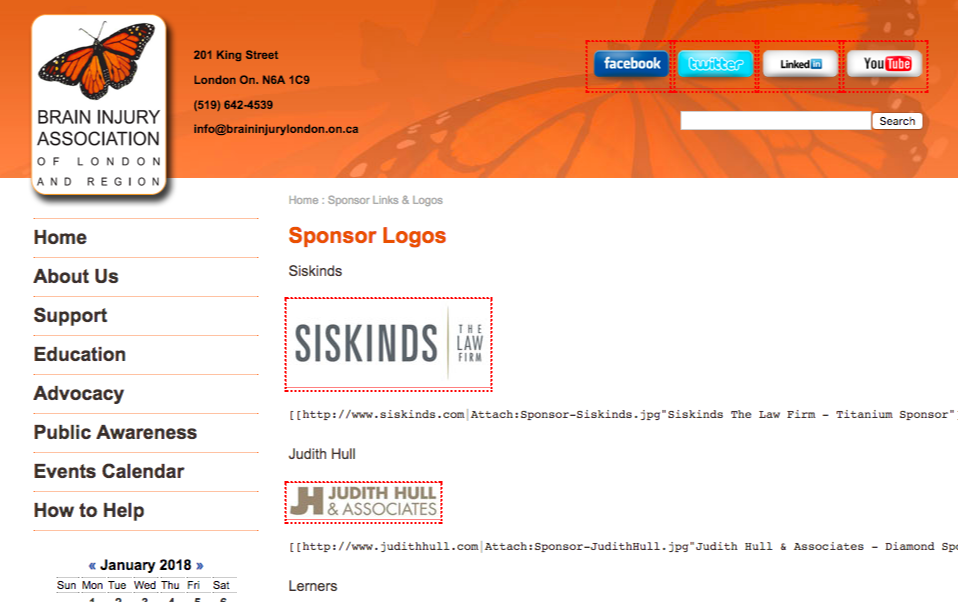
Next is to create a list of these sponsorship opportunities in a spreadsheet.
This way, you'll be able to check each page later on and prioritize which sponsorship opportunity is more suitable to your website and your budget.
Finally, reach out to each contact person on the website/organization with a value offer that suits them.
6. Membership Backlinks
This type of link is a by-product of being part of an affiliate within an organization.
Acquiring membership-based links is based on the idea that if you have joined an organization, whether you're coming off as a personal or corporate, you can get a link from a specific page of that organization's website.
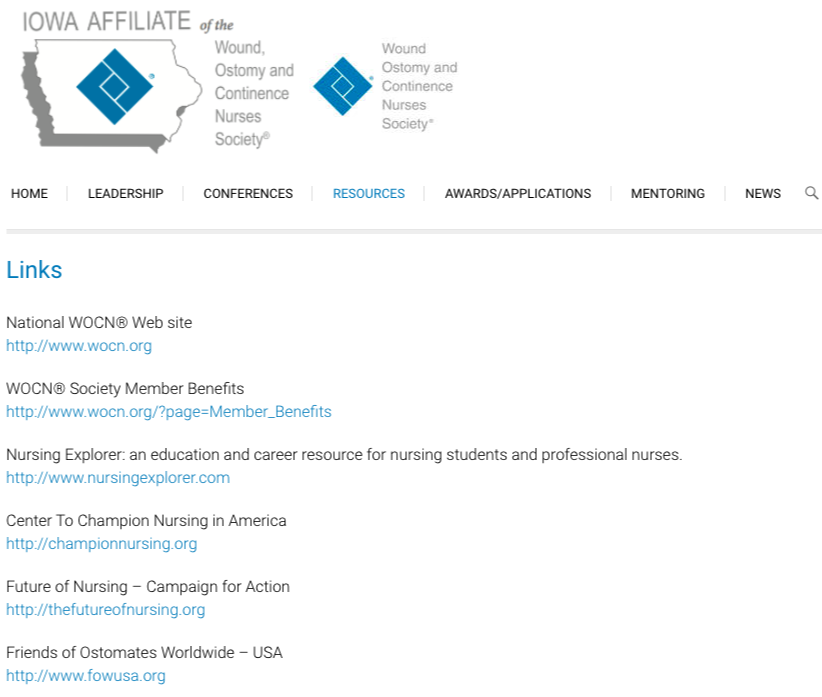
If you're working for a client for link building, it is best to check your company's existing collaborations, partners, or affiliated organizations.
Research if there is an existing membership/affiliate/partnership page in that organization.
See if other companies have links to their respective sites. This is important as you won't be able to get a link from them if, in the first place, they haven't given links to other companies.
When you see one, reach out to the particular organization and ask if you can give you a link from that specific page.
7. Edu & .Gov Links
Search engines highly trust links from .edu and .gov links; therefore, it is a high-quality link type you should aim to get for your website.
These links are difficult to acquire, but certainly, there are many ways how you can score them. Below are some tips on how to get .edu and .gov links.
- Provide a scholarship opportunity for students, and make it more relevant to your brand (e.g. scholarship for disability students if you're selling medical supplies).
- Offer educational content to .edu and .gov sites worth linking to from a relevant resource page.
- Get links from summer housing, internship, and off-housing pages of .edu sites (best fit if you're a real estate site - apartment).
- Acquire links from the "new to an area" page of .edu sites (things to do, local attractions in [CITY], quality schools in [CITY], moving and relocation in [CITY], etc..).

Here are some more resources you can read on building .edu and .gov links:
- Quicksprout's Guide to .Edu and .Gov Link Building
- 4 Ideas for Safely Getting Mentioned by .Gov Websites
- How to Get .Edu Backlinks Using Scholarships
8. Event Backlinks
As implied, these links are acquired using events - either you create your own or just participate.
Here are some ways to maximize events to build links to your website.
Host your own event (whether local or niche-specific).
This requires you to have a set of brand followers (offline or event, much better if it's both) or have built expertise around a certain niche/industry. This way, it'll be easier for you to sell tickets or get people to book slots for the event.
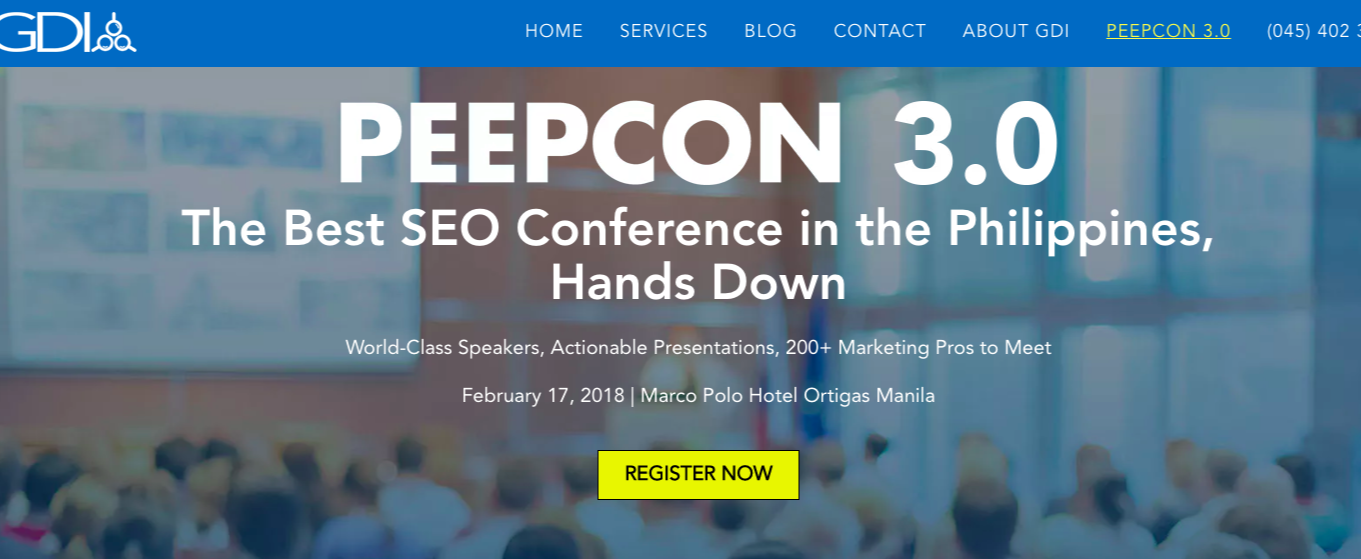
Invite people with linking intent, i.e. publishers of a local media team, bloggers, influencers, or content creators/PR of different companies, to attend your event. Give some free passes or reduce their sponsorship fees if they're a huge win for you (i.e. a big local media site).
If your event is to provide information/content to your audience, it's also important to invite industry experts to speak. This will give you some links, as some may also promote your event from their blogs.
Get your event listed on local or event listing websites/directories. Here are some search queries you can use to find these low-hanging link opportunities:
- [CITY] inurl:event inurl:submit
- [KEYWORD] inurl:event inurl:submit
- [CITY] [KEYWORD] inurl:event inurl:submit
- [CITY] inurl:event inurl:add
- [KEYWORD] inurl:event inurl:add
- [CITY] [KEYWORD] inurl:event inurl:add
- [KEYWORD] [CITY] "submit event"
- [KEYWORD] [CITY] "submit an event"
- [KEYWORD] [CITY] "submit your event"
- [KEYWORD] [CITY] "add event"
- [KEYWORD] [CITY] "add an event"
- [KEYWORD] [CITY] "add your event"
- [KEYWORD] [CITY] "submit your workshop"
- [KEYWORD] [CITY] "submit your course"
- [KEYWORD] [CITY] "submit your class"
- [KEYWORD] [CITY] "submit your conference"
Pitch to become a speaker at an event
Companies hosting events normally have pages on their sites dedicated to that purpose. By pitching yourself to become a speaker at a local or industry event, you may ask organizers to include a link to your website from their event page.
Look at this contextual link I got from a local events page.
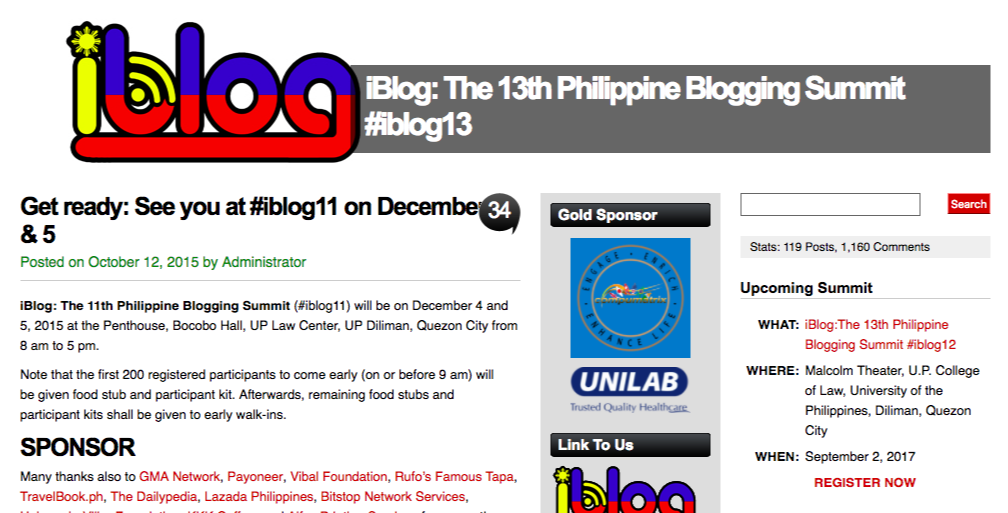
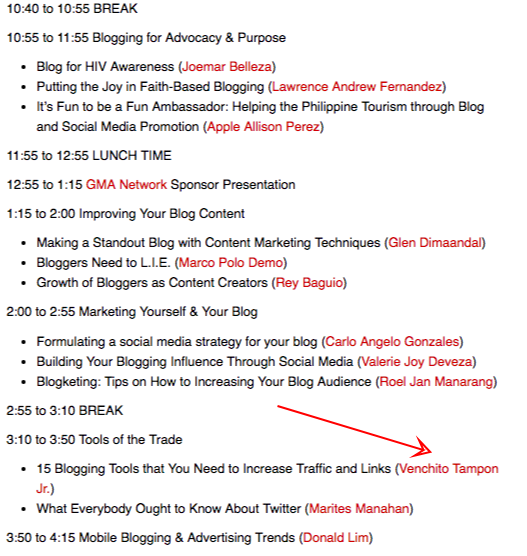
To find speaking opportunities within your region, this newly built platform by Bryan Harris is a great help.
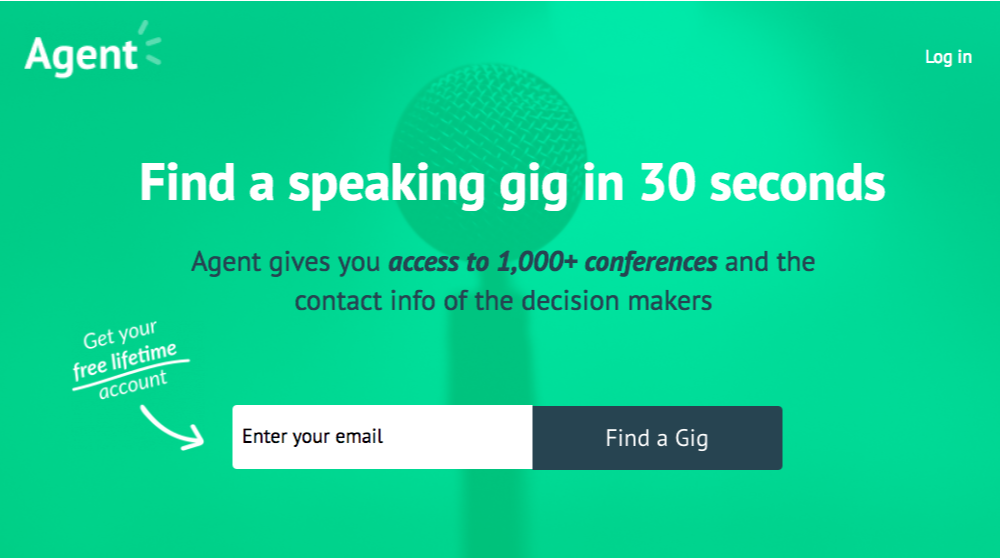
The platform has a filter function that helps you sort out speaking pitch opportunities that are only relevant to your expertise/industry.
Moreover, here are some websites where you can create events, list your events, participate, or even pitch to be a speaker:
And down to our last type of link - relationship-driven links.
9. Natural Editorial Links (Relationships)
Another kind of natural-editorial links is a link that is built through relationships.
Relationships, if started and strengthened through authentic and continuous links can really help someone acquire a natural link.
There is one attribute that allows relationships to result in links.
Reciprocity.
The principle is that when you offer value to a person, it's natural for that other person to give back something in return.
The question now is not how to build relationships, because that is natural for every person, but how to know what value to offer to a person.
Here are some tips on how you can identify and bring that value to a targeted audience in your space (which give you a ton of opportunities to earn natural links in return):
- Make a list of people who you can help and who can also help you strengthen your brand.
- Build conversations with them around industry communities (forums/community sites) and social networking sites. Don't come off as spammy by sending out generic Tweet DMs.
- You can start by sharing their latest content (best if you can customize your tweets to make them unique and enticing for clicks from your followers).
 Promote your best content to them (by giving so, you let them see resources they can use to reference their works).
Promote your best content to them (by giving so, you let them see resources they can use to reference their works). - Influence other influencers. By doing so, you can capture audiences of other influencers when they start sharing content, and you've built strong connections with them as well.
Overall, those are the 9 types of links that you need to remember. Not all of them you will build, but the links you should prioritize can drive traffic and conversions to your website.
Types of Links Frequently Asked Questions
What are examples of links?
Examples of links include hyperlinks within website content that direct users to other web pages and URLs that take you to external websites. Links connect web pages and enable website navigation.
What is the most common type of link?
The most common type of link is the <a> link. This HTML link is essential for content development on your website, as it creates internal and external links for text and images. It is crawlable by search engines, making it highly valuable for SEO purposes.
What is link and type of link?
Links are crucial elements in HTML that allow users to connect to different web resources. They are used to create hyperlinks to various content, including HTML documents, external webpages, multimedia content such as images, videos, audio, animations, or even specific sections within the current document. Understanding the different types of links helps in navigating online content effectively.
What are the different types of external links?
The different types of external links are nofollow and dofollow. Nofollow links don't pass authority to the linked website, while dofollow links do. By understanding and strategically using each type of external link, you can better optimize your website's SEO and guide readers to relevant resources.
A Detailed Guide to Resource Pages
What is a resource page?
A resource page is a carefully curated collection of links to valuable tools, services, products, or websites that can benefit your target audience. Commonly referred to as a "recommended tools" page, an affiliate links page, or a brand "toolbox," resource pages serve as a go-to destination for relevant and useful resources. They help users easily access and find high-quality information.
For example, a resource page about sleeping has subsections for sleep disorders, for sleep forums and discussion boards, and for sleeping best practices. See the image below.
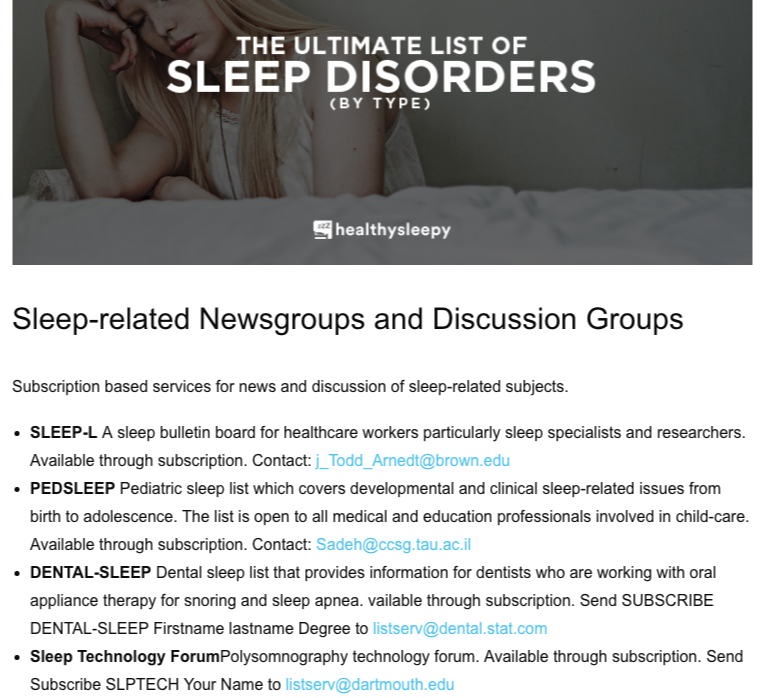
There are many resource pages on different topics in various industries. These pages are curated so people don't have to search for other websites to see these resources. And so it allows people to save time researching the best content on a given subject. All they have to do is to click on each hyperlink on the resource page, and they will land on each resource.
Resource Page VS Blog Post
A resource page is different from a typical blog post.
A typical blog post contains multiple texts, videos, and images. While a resource page only has a list of links (internal and external backlinks) pointing to resources. Though you'll sometimes see a resource page with brief descriptions for each resource link.
What is resource page link building?
Resource page link building is a link building tactic where a person contacts a webmaster and suggests recommended content assets to be added to a resource page.
This link building technique isn't new. It has been around for decades and popularized by link building experts like Jon Cooper and Garrett French. With their new creative ways to improve the process of building links from resource pages, many SEO professionals have started using it for their marketing campaigns.
Before we proceed to the "how-to" of resource page link building, let's start with more information about resource pages.
1. Resource pages are being updated from time to time.
Though not all resource pages are getting updated, there are many of these types that owners want to change links. Either they remove any broken links they've found or add links to any new relevant content.
The beauty of doing resource page link building is that you don't have to force the owner of the resource page to link to you. Link curators (as we call it) add a link to your content if they find it relevant and valuable enough for their audience.
2. Resource pages can bring traffic (and assisted conversions) to your client's site.
The best types of links are contextual links that drive traffic to your website.
Getting a link from a resource page can help generate additional traffic (referral traffic) to the page it was linked to. This referral traffic is visitors absorbed from another website.
The traffic includes potential customers (assisted conversions) you may convert later in your sales process. If the audience on the linking from the page is part of your target customers, there's a higher chance of a conversion from a visitor into a customer.
Building links from resource pages isn't just for rankings and assisted conversions.
3. A link builder can get 1 to 3 links (pointing to different content assets of your client) from the same resource page.
Resource page link building is a scalable link building campaign that allows you to get one link and multiple links to different content pieces of your site - all from the same resource page.
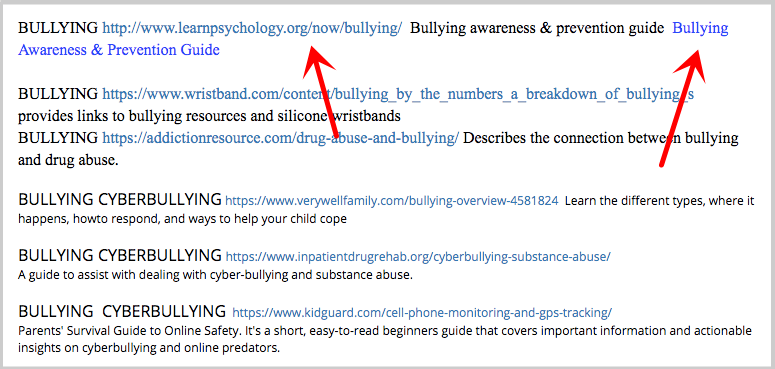
Imagine if you can build relationships with owners of many niche-specific resource pages, and you can scale the promotion of every new content asset published on your site.
Resource Page Link Building Process
Every successful resource page link building campaign starts with a plan. You don't pursue your link targets without any resources to show them. And even before you start your prospecting process, you initially identify whether they are your target audience.
So in building links from resource pages, I have a 5-step process to guide you in making your execution successful.
1. Strategize
If you're an agency, you have a team of link builders. One of which must be a strategist. And if you're doing a solo link building campaign, you don't have a choice but take the role of strategizing the campaign.

So what does a link strategist do?
A link strategist loves the research process.
It takes hours, days, and even years to master the link prospecting methodology for resource pages. It's not the same outreach with bloggers and publishers; you're dealing with link curators.
When you strategize a campaign, you must be diligent enough to do some additional research, not only for the target audience but for discovering specific search queries and other niche-specific approaches your team might be using for link discovery.
A link strategist defines the mission of the campaign.
You're not just building resource page backlinks for rankings; you're doing it because you serve a specific linkable audience. They have a need, and you must serve it with your resource.
A mission-driven resource page link building campaign helps your team to set expectations for themselves and the campaign, even before it even gets started.
When your team has a mission, they'll take the campaign seriously. If the prospect for backlink targets, they don't look for generic sites but try to find ones that will fit the campaign's standards. If they reach out to link curators, they craft email pitches that will engage those people and not just send them a resource for link inclusion.
It's different when a mission is included right at the start of the campaign. It sets the team's mood, ensuring you work on the same page.
A link strategist understands “linkable audience."
Garrett French has created a list of 601 linkable audiences. Coming from his experience with hundreds of resource page link building campaigns, he knew which groups of link curators tend to link out to resources most often than not.

Linkable audiences are link curators who belong to communities with high academic, medical, or government interest levels.
The visiting resource pages are likely to be publishers and ordinary people who do research for their projects.
Understanding that gives you the idea that linkable audiences need a certain type of content that isn't just a 5000-word-ish page but a page that addresses an academic need of a particular audience group.
One note is that these linkable audiences will differ from your target customer personas.
Truth to tell, there is a tendency to go too far away from your brand's customer audience to make a resource page that suits your preferred audience. So be cautious of picking a linkable audience that no longer aligns with your brand's primary and secondary audiences.
A link strategist suggests linkable content ideas for writers.
Ideation is different from drafting. A person who researches topic ideas differs from the one who crafts the content.
A link strategist helps generate topic ideas that suit a particular audience but are still relevant to a customer audience, to one brand's category, or to the brand's niche.
A link strategist shifts the mindset from sales content to linkable content.
Link curators (linkers from resource pages) are not looking for sales/landing pages or event products/services; they are looking for academic content.
2. Prospect
Once the linkable audience and linkable content topic have been determined, the next phase is to start link discovery.
A link prospecting team can be composed of two or more researchers. Their task is to fill in a given spreadsheet or a given database with relevant resource pages.

What does a link prospector do?
A link prospector finds who linked to similar content guides.
You don't have to start from scratch to make your initial list of backlink prospects. You may go to similar content guides and collect links pages pointing to them.
You can use Ahrefs to check a page's existing links.

The more similar content assets you could reverse engineer for your topic, the more resource pages you could find and reverse engineer for your resource page link building campaign.
A link prospector bookmarks similar content assets while looking for link opportunities.
You'll often find a resource page that links out to similar content topics you could never find simply through Google research. In that case, bookmark them and reverse engineer them to discover more link opportunities.
A link prospector uses different methods to discover resource page link opportunities.
There are many ways to prospect for resource pages. You can start with Google search using advanced search opportunities; here are some search queries you can use:
- intitle:links “KEYWORD” ~guide ~resource
- intitle:sites “KEYWORD” ~guide ~resource
- intitle:resources “KEYWORD” ~guide ~resource
- intitle:“useful links” “KEYWORD” ~guide ~resource
- intitle:“useful sites” “KEYWORD” ~guide ~resource
- intitle:“useful resources” “KEYWORD” ~guide ~resource
- intitle:“suggested links” “KEYWORD” ~guide ~resource
- intitle:“suggested sites” “KEYWORD” ~guide ~resource
- intitle:“suggested resources” “KEYWORD” ~guide ~resource
- intitle:“recommended links” “KEYWORD” ~guide ~resource
- intitle:“recommended sites” “KEYWORD” ~guide ~resource
- intitle:“recommended resources” “KEYWORD” ~guide ~resource
- intitle:“more links” “KEYWORD” ~guide ~resource
- intitle:“more sites” “KEYWORD” ~guide ~resource
- intitle:“more resources” “KEYWORD” ~guide ~resource
- intitle:“favorite links” “KEYWORD” ~guide ~resource
- intitle:“favorite sites” “KEYWORD” ~guide ~resource
- intitle:“favorite resources” “KEYWORD” ~guide ~resource
- intitle:“related links” “KEYWORD” ~guide ~resource
- intitle:“related sites” “KEYWORD” ~guide ~resource
- intitle:“related resources” “KEYWORD” ~guide ~resource
- inurl:links “KEYWORD” ~guide ~resource
- inurl:sites “KEYWORD” ~guide ~resource
- inurl:resources “KEYWORD” ~guide ~resource
- inurl:“useful links” “KEYWORD” ~guide ~resource
- inurl:“useful sites” “KEYWORD” ~guide ~resource
- inurl:“useful resources” “KEYWORD” ~guide ~resource
- inurl:“suggested links” “KEYWORD” ~guide ~resource
- inurl:“suggested sites” “KEYWORD” ~guide ~resource
- inurl:“suggested resources” “KEYWORD” ~guide ~resource
- inurl:“recommended links” “KEYWORD” ~guide ~resource
- inurl:“recommended sites” “KEYWORD” ~guide ~resource
- inurl:“recommended resources” “KEYWORD” ~guide ~resource
- inurl:“more links” “KEYWORD” ~guide ~resource
- inurl:“more sites” “KEYWORD” ~guide ~resource
- inurl:“more resources” “KEYWORD” ~guide ~resource
- inurl:“favorite links” “KEYWORD” ~guide ~resource
- inurl:“favorite sites” “KEYWORD” ~guide ~resource
- inurl:“favorite resources” “KEYWORD” ~guide ~resource
- inurl:“related links” “KEYWORD” ~guide ~resource
- inurl:“related sites” “KEYWORD” ~guide ~resource
- inurl:“related resources” “KEYWORD” ~guide ~resource
- “list of resources” “KEYWORD” ~guide ~resource
- “list of sites” “KEYWORD” ~guide ~resource
- “list of websites” “KEYWORD” ~guide ~resource
- “list of links” “KEYWORD” ~guide ~resource
For agencies, you can use Citation Labs Link Prospector. Here's a video tutorial from the product creator, Garrett French — on how to use CLP for resource page discovery.
LEARN MORE:
A link prospector organizes link opportunities in a spreadsheet
A link prospector must know how to organize every detail of a resource page needed for an outreach campaign.
If you're not using Buzzstream, Pitchbox, Ninja Outreach, or other outreach tools like Gmail with Gmail extensions, a Google spreadsheet is enough to organize your resource page link opportunities.
Here are the column inputs you will provide on a spreadsheet:
- URL (of the resource page)
- Domain (where the resource page is hosted)
- Duplicate (an Excel function to check if a URL/domain has a duplicate in another row)
- Broken Links (inputs if there are any broken links found on a resource page)
- Anchor texts (anchor texts used by the link curator on links to broken resources)
- First name (contact person)
- Email address / Contact form
- Pitch and follow-up dates (more on this one later)
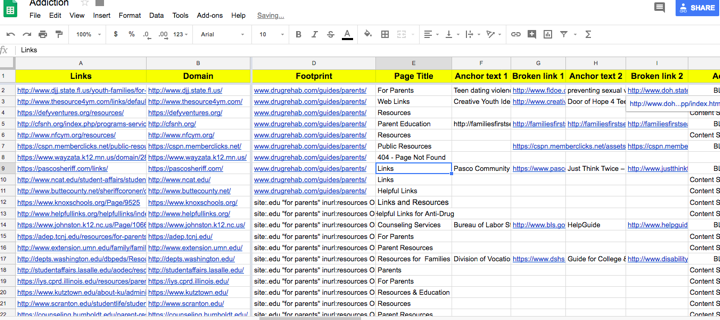
Given that you'll be collecting hundreds, if not thousands, of resource pages, you have to ensure you have a strict input gathering process for your link prospectors.
A link prospector checks resource pages for any broken links.
Oftentimes, resource pages have broken external links. By pointing these defunct backlinks to the page's owner, you can initiate the email conversation.
You can use LinkMiner to manually check if the resource page has any broken links. For one links page, the tool will take 15 to 30 seconds to check all of the external links for any broken links.
3. Create
The linkable content piece is the bridge between an outreach specialist and a linker.
You can only get a link from a resource page if you have a good content asset to offer. You are not selling your commercial product/service but a content asset that provides value to their audience.
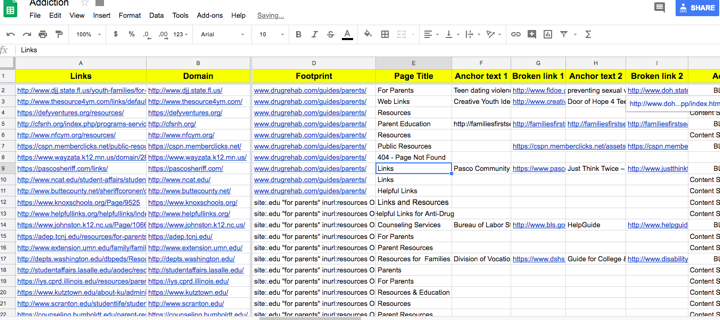
A great content asset requires the role of a content developer — from its planning to actual publishing.
When creating the content piece, a content developer thinks of his/her audience.
The content developer begins creating when the link strategist submits the list of linkable topic ideas. From the introduction to the conclusion of the piece, the content developer must have a linkable audience in mind, as it is who he/she is writing for.
A content developer fills key knowledge gaps.
The way to make your content asset more comprehensive than other similar assets is to identify what gaps in terms of information others haven't yet fulfilled in their own content that you can fill in yours.
A good question to ask is this:
Can you add something about the topic that hasn’t been written or mentioned from their content, or better – elsewhere?
To solidify and emphasize certain information, look for content gaps like defining terms or relevant industry data/statistics. By giving your consumers a new blend of tastes they won't find anywhere else, you increase the comprehensiveness of your content and its potential to acquire links your competitors won't copy easily.
A content developer suggests a new format for the overall content asset.
Different people have different styles of learning. Adding elements like videos, images, audio, and other content formats to your content asset would make your content easy to consume for different people and increase its value to people looking for references for their content works.
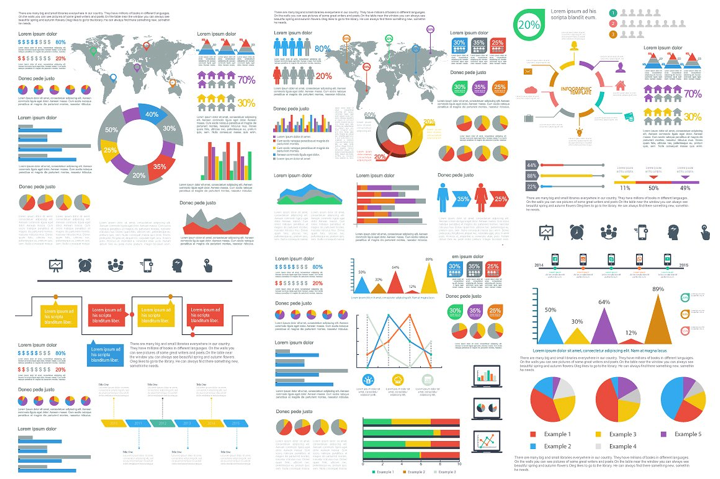
Always remember to aim at the highest level of utility and not just word count. You can create a 10,000-word page, but you may have wasted resources on additional unnecessary text if it doesn't satisfy its target audience's needs.
A content developer should be open to revision requests.
Big agencies normally have support systems for quality control of the content. They have a team of other content writers who check and balance information if it's updated and suited to particular industry standards.
The content developer must be patient to go back and forth with the content for any upgrades and revisions the team may have identified as they check the page.
Best Resource Pages Examples
Here are some websites to inspire you to create linkable content assets, specifically ones that are constantly producing pieces that get links. I also included below links to their best resource page examples:
DrugRehab.com
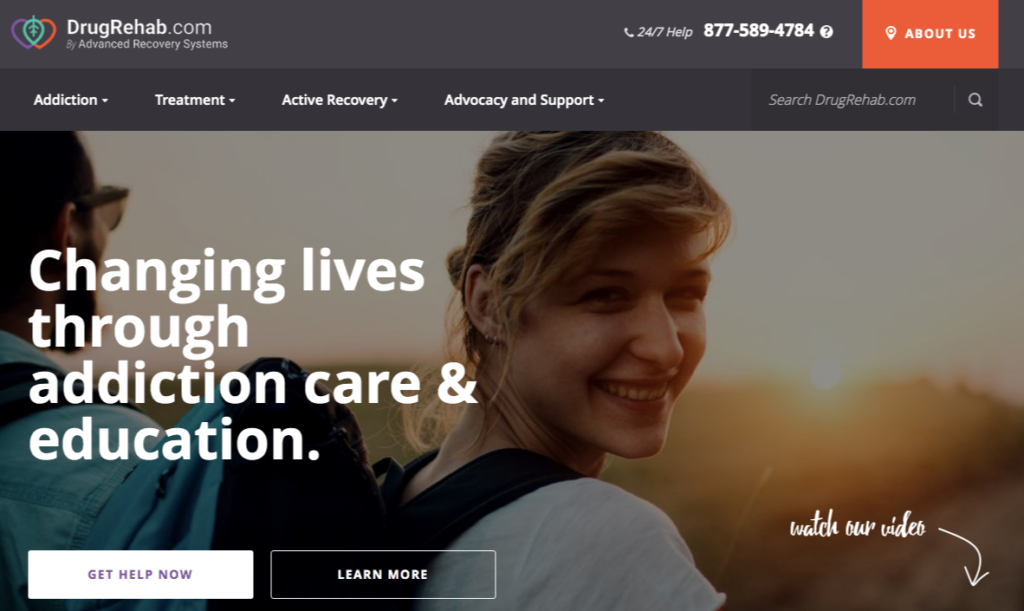
Resource page examples from DrugRehab:
- A Substance Abuse Guide for Parents (~500 referring domains)
- Teen Drug and Alcohol Abuse (~340 referring domains)
- Domestic Abuse, Sexual Violence, and Substance Use (~358 referring domains)
Accredited Online Schools
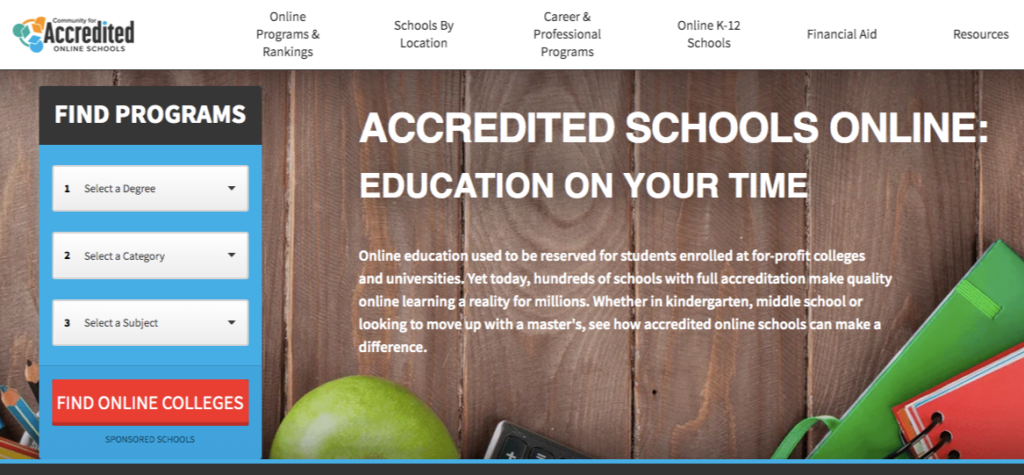
Resource page examples from Accredited Online Schools:
- Bullying Awareness and Prevention (~249 referring domains)
- College Resources for Veterans and Their Families (~262 referring domains)
- Understanding & Preventing Plagiarism (~276 referring domains)
4. Engage
Content creation is only half of the battle. The other 50% is promoting your brand asset.

Here comes the role of outreach specialists.
What does an outreach specialist do?
An outreach specialist crafts email copies.
When crafting email copies, consider these three Cs:
1. Clarity
Your email copy must be clear enough to understand your link curators. It should contain why you're reaching out to them and the description of your resource content.
A good tip for you is to send it to at least three team members to check if your email copy has clarity.
2. Captivity
Does your subject line capture the interest of your link curators? If it's too generic just like other email templates scattered on the different SEO articles — and does not personalize specifically to your target link curators, your email copy may lose one component - captivity.
3. Continuity
Here is a good email crafting tip from Dave Gerhardt, VP Of Marketing of Drift.
subject line & the first 2 lines of a sales (or marketing) email are everything.
Things to skip:
- “as [job title] you know that [pain]”
- “I know you’re busy, but.”Use the 1st line to get someone to read the 2nd.
2nd like to get them to the 3rd, etc.
— Dave Gerhardt (@davegerhardt) May 6, 2019
Your target link curator must be able to start opening your email and continue reading it until the end. It requires some copywriting skills, but as you constantly improve your email copies, you get a sense of what works and what does not.
An outreach specialist sends follow-up emails to non-respondents.
Follow-ups are needed for link curators who don't respond to your initial pitches. Write a short, non-aggressive follow-up email copy to inform them of your previous message, or include it in your follow-up email template.
An outreach specialist converses with respondents until he gets links.
There's no sure-fire way to create email templates when you're already talking to your target prospect.
Dynamics come to play in email conversations. An outreach specialist must be trained to answer different email copies in different contexts and linkable audiences being talked with.
You can check out this post on six email outreach tips.
Here are some tools you can use for doing outreach campaigns
- Voila Norbert
- Hunter
- Mailtrack
- Email Verification Tools
- Outreach platforms
5. Win
The last step on how to build links from resource pages is to win the link.

Often, there will be link curators who will not respond to your initial pitch, even your follow-up email, but will link to your content from their resource page.
Silence in response doesn't mean "no."
The link strategist or outreach specialist must learn to monitor any new links to the content asset you're promoting.
You can use Ahrefs to discover any new links to the page quickly.

So, that's how you build links from resource pages. Follow the 5-step process: Strategize, Prospect, Create, Engage, and Win.
Resource Pages Link Building Resources:
The No Non-Sense Guide to Broken Link Building: A super-detailed guide to broken link building with many real-life examples and techniques.
Four Reasons Why You Don't Get Resource Links: Failures are part of a resource page link building campaign. Learn why link builders don't get resource links in this article.
4 Advanced Link Prospecting Techniques for Increased Efficiency: Speed up your link-gathering process to collect more link opportunities for your campaign.
Getting Dofollow Backlinks from Primary Schools. Most links come from primary and secondary school websites, learn how to acquire do follow backlinks from this article quickly.
Resource Pages Frequently Asked Questions
How do you write a resource page?
To create a successful resource page, consider these 5 key tips:
- Organize your resources by category.
- Provide brief descriptions for each resource.
- Include high-quality and relevant resources.
- Regularly update your resource page.
- Make your resource page easily navigable.
By following these tips, you can create an effective and user-friendly resource page on your website.
What should a resource page look like?
A well-structured resource page should have valuable content, including links and keywords related to the topic. It provides a comprehensive overview of the subject, making it a go-to source for information. When optimizing a resource page, ensure it offers a macro view of the topic and covers relevant subtopics to enhance its value. Remember to include clear headings, descriptive titles, and properly formatted URLs for better SEO performance.
What is the importance of resource page?
Resource pages are crucial for SEO due to two main reasons. Firstly, they benefit publishers by generating social shares and backlinks from those featured on the page. Secondly, external resource pages can serve as valuable assets for link building efforts, boosting website authority and visibility.
9 Powerful Image Link Building Strategies (That Actually Work)
What is image link building?
Image link building refers to acquiring high-quality backlinks by creating and sharing relevant visual content. By strategically creating and distributing appealing images, you can generate organic links that drive traffic to your website. This approach helps increase online visibility and establish your site as an authority in your industry.
If there's one under-utilized content asset of any website today for link building, I'm sure it's images.
Most of you think it has lesser link acquisition value than other content types - probably for two reasons: One. It doesn't catch longevity. Unlike a typical 3500-word ultimate guide, normal images don't inform a lot of messages.
Two, it's plain, simple, and most of the time, it's commercial context. If a visual asset originates from your company, for example (i.e. branded team photos), you would think it's not usual for a blogger to link to such a particular piece. And your next problem is, how can I remove the commercial intent in these images?".
These examples of link builders' dilemmas cause you not to believe much in the power of image link building.
I hope that at the end of this post, you will have plenty of ideas on using images to build links for your site.
Below is a list of 9 image link building strategies that we had the most success with. They can be used in conjunction with others to increase the value of the proposition for outreach.
9 Image Link Building Strategies
1. Skyscrape Old Infographics
If the word "infographics" is for sale in the SEO market, I think it's sold out already (and perhaps a best seller).
Just kidding.
Infographics are abused in almost all industries. Try searching for your "industry" + "INFOGRAPHIC" as your keyword phrase in Google, and you'll start seeing tons of infographics published.
Not all of them give much value to users, of course.
One way to break the noise is to observe your industry's visual market and see which visuals previously gained success and which didn't work out well.
By doing that, you can start digging into old and most-linked images. When you see one, you start to strategize how to update it and give a revamp.
Skyscape is an old visual asset.
How can you do that at scale?
Use Buzzsumo and its "infographic filter" and search for a topic relevant to your industry.

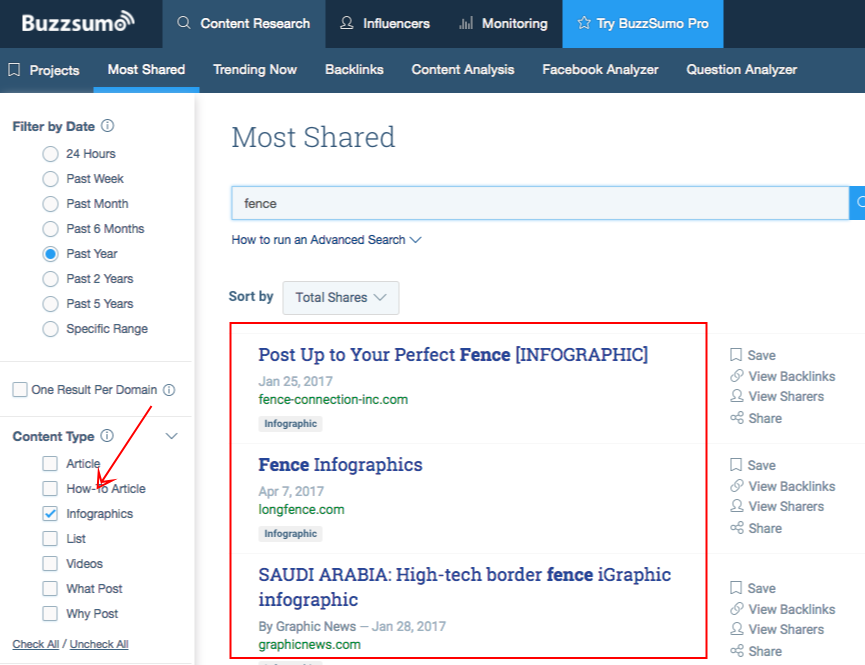
You enter industry keywords and look for previous infographics that got shares and links, some just earned shares, and it's okay. A neat probability share could result in a few links in visual marketing.
To promote infographics to get links, you can check out this blog post about guestographics.
2. Utilize Event Experiences Using Freelance Photography
Events become memorable because of great experiences. No one will deny that he wants to return to certain events where he had a great time on the same date and in the same place, if possible.
It's classic. And what would make someone remember those events?
Photos.
A huge link opportunity awaits you if you can utilize event experiences with freelance photos. Get someone to cover an event with freelance photography.
Instead of sponsoring bucks or free pizzas for after-event parties, hire a freelance photographer to cover that event.
Get those high-quality captures, upload them on a specific page on your website, and dedicate that page just for that event.
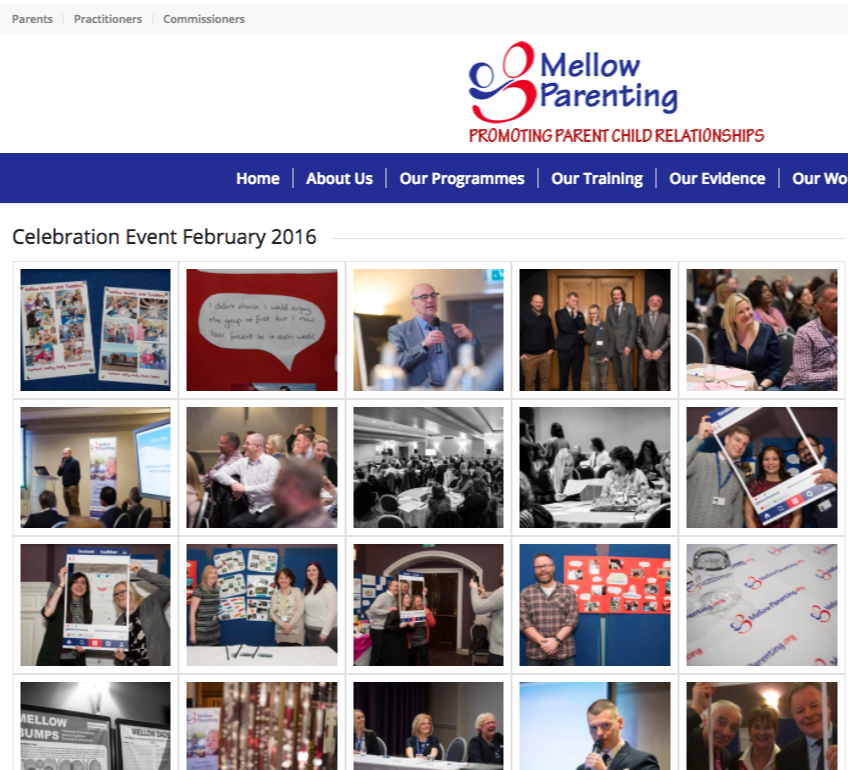
Reach out to event organizers and let them know that you have captured great experiences on your website, and these are publicly available for republishing/resourcing. Politely ask those who have used your photos to credit you as the original source.
Depending on vertical markets, if there are niche bloggers/marketers/PR professionals who may have attended the event, there are more link opportunities that you'd see coming from participants' own websites.
3. Create Content for "Quotes" Keyword
People love inspiration. And getting quotes from anywhere is one way to hype up one's day.
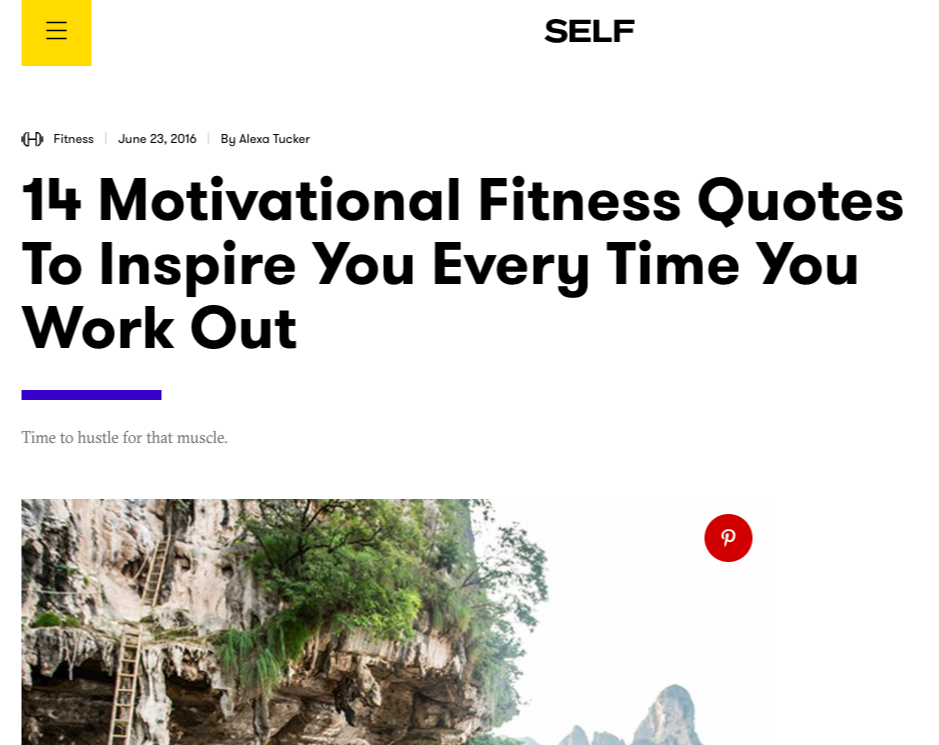
Knowing that, if you take industry quotes (e.g. parenting quotes) to a keyword research tool, you'll see an immense opportunity to cover content specific to that.

Though most industry quotes you'll see are just a compilation of all sayings/wordings from different sources or people, there are surefire ways to help your content get more visibility and help it rank on search.
Ross Hudgens shared that in a post on ranking for "quotes" keyword:
- Aim for the Most Quotes on the SERP - if you see 80 quotes, try to aim for 120 or 150, for example.
- Make Shareable Images for Some Quotes - shareability is important to get more visibility to the content.
- Use Longtail KWs as H2s or Filters - to rank for related keywords, like "parenting a child with disabilities" quotes". You can categorize quotes based on different audience intent.
- Add Share CTAs on Individual Quotes - add customized tweet-to-share buttons to individual quotes to increase social shares.
In addition, here are some more actionable tips to maximize quotes content for link building.
The first is to include sayings or statements of your industry influencers.
Having them in your blog spotlight gives them a reason to share your "quotes" page as you give them exposure upfront.
One way to find their best statements is to check their top-performing/best articles. Get one or two statements they said powerfully (and probably would be found valuable to other people in your industry).
Create an individual graphic just for that. Then, reach out to those influencers and share your content.
The second is to make it part of a big post.
If you're creating content you think one quote from your "quotes" page fits best, make it part of that content. By doing so and including a link to your "quotes" page, you increase its visibility - that more people will visit and check the page.
4. Repoint Slideshare Links To Your Website
Whether it's a personal brand or corporate profile, if your organization's brand ambassador, marketer, and industry practitioner gets invited to speak to different events, chances are you'll have a library of slide decks.
You may haven't uploaded them yet on your own website or public platforms like SlideShare.
But if you do, congrats! Otherwise, there's a missed opportunity there to get links. In fact, in industries where there is a huge demand for expert information, slides are strong assets for links.
If you have uploaded your slides in Slideshare, track how many links it organically receives. You can semi-automate this process by creating alerts to give you email notifications when a link to a specific page has been found.
Ahrefs can help you with this.

You can go deeper by tracking mentions of a popular slide you have uploaded (which you probably have the confidence that it'll get shared massively and earn links based on its initial visibility).
Say, if it has been viewed a thousand times without much promotion, you may expect it to be seen more organically, and if you boost it with manual promotion, there's a high chance it can receive some links.
Your next action is to email publishers who have embedded your slide/s in their content and ask if they could link to your website.
Nudge bloggers with specific anchor text that they may use, i.e., you can state lines like this in your email, "You may link to [domain.com] with texts like, via "Brand/Persona".
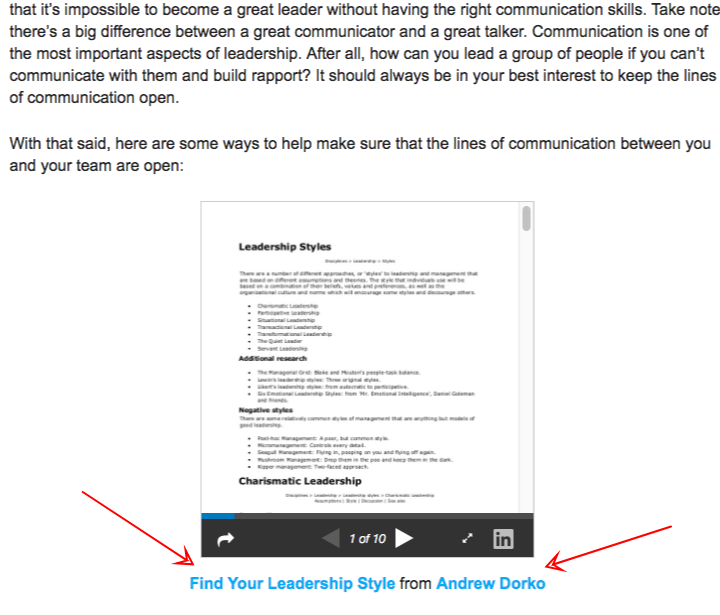
By doing so, you increase your conversion rate, as you remove the commerciality intent of your pitch.
This link building tactic is simple yet underutilized by link builders for clients with strong speaking portfolios.
Further Reading: The Definitive Guide to Link Reclamation
My fifth image link building tip is connected to the method above.
5. Curate Conference Slides
One clever way I've seen in company blogs to get more site visibility is publishing a curated list of slide presentations of all the speakers when they have organized an event.
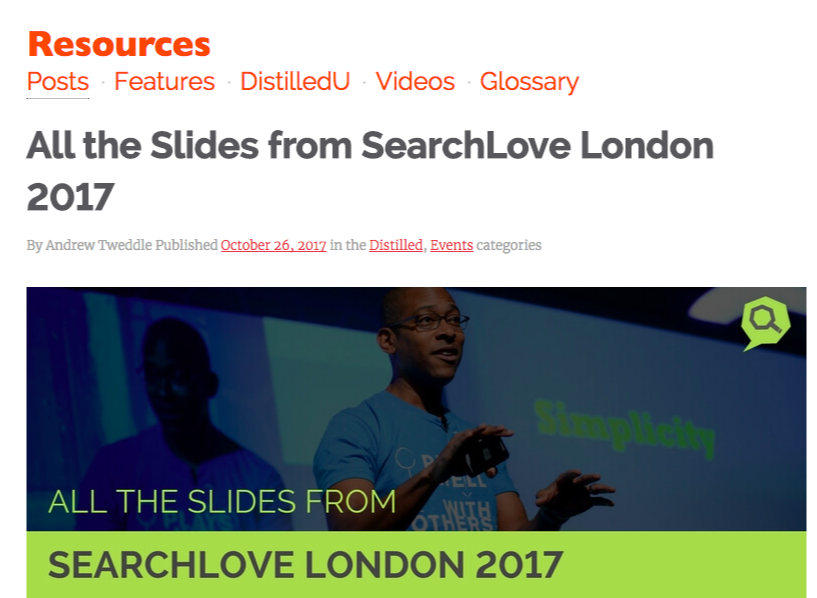
Some SEOs may just look at it as a simple marketing strategy, but it's a crafty newsjacking idea to list visuals that often have high demands for consumption.
How many people have asked speakers this question, "will you upload your slide presentation online?".
There are many of them - attendees who are always looking for speakers' decks.
And if they've found the organizer's blog that puts up a page for those resources, would they not be willing to share or link to it?
The essential here is that you have to be the organizer yourself and be able to publish slides first among every other else (because speakers tend to publish theirs on their own blogs as well).
Besides creating a page dedicated to those slides, uploading those pieces to your Slideshare account to get more organic visibility (as they have chances to rank for long-tail industry keywords) is also important.
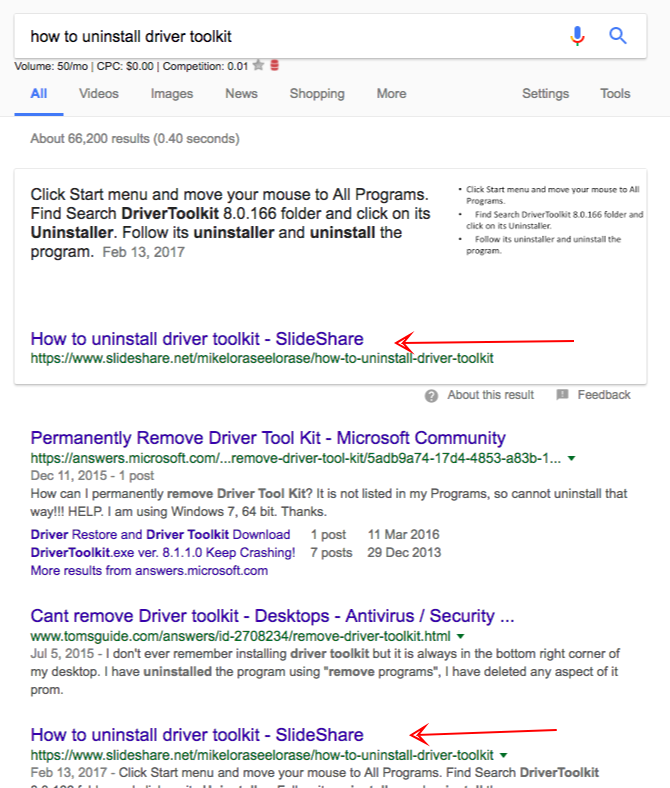
Imagine if there are 3 to 5 slides (just you curating it) that have earned links from blogs in your industry. It's 5 or 10 links acquired with just a simple method!
Just reaching out to them and reclaiming those links, asking if they can credit you as the source of those visual assets.
6. Track Mentions of Flickr Account
Flickr may be an old platform for people uploading photos online. But it can still be a gateway for links in respective industries where images are heavy-indexed, like travel, lifestyle, and home improvement.
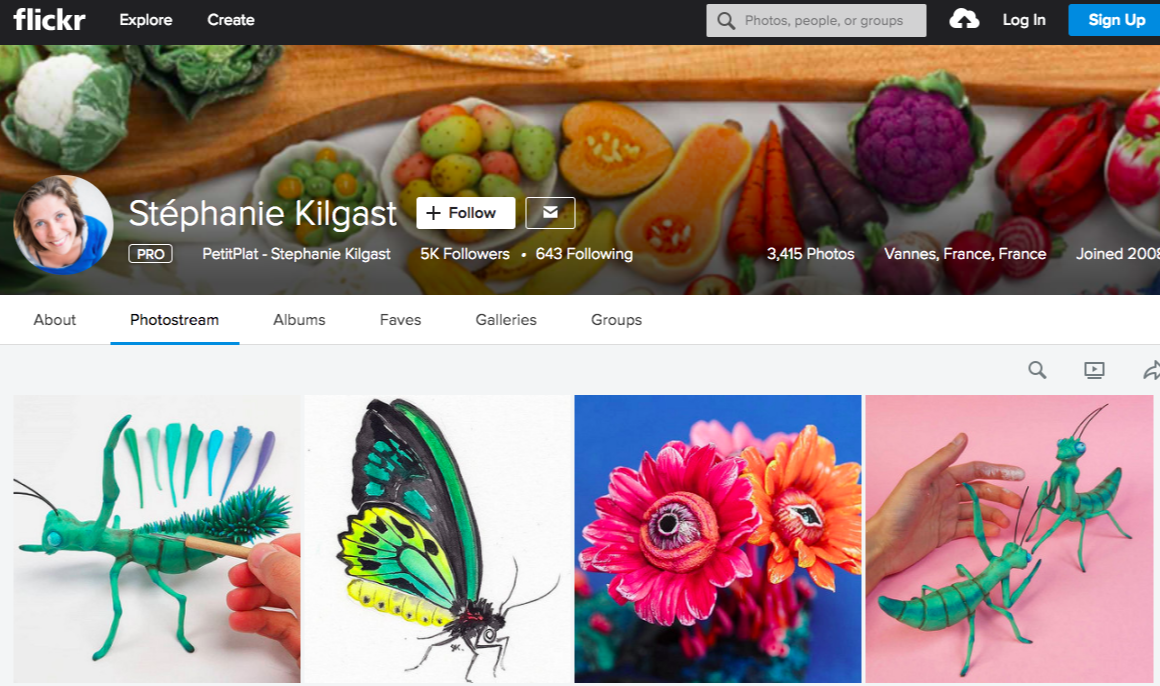
Flickr profiles with customized photos get links from time to time - and if you've got one, find out who used your images.
You email the contact person and ask if it is possible not to link to your Flickr profile but to your direct website.
There are strong signs of linking, such as links that have via [Name] or Photo captured by [Name] below the embedded slide deck.
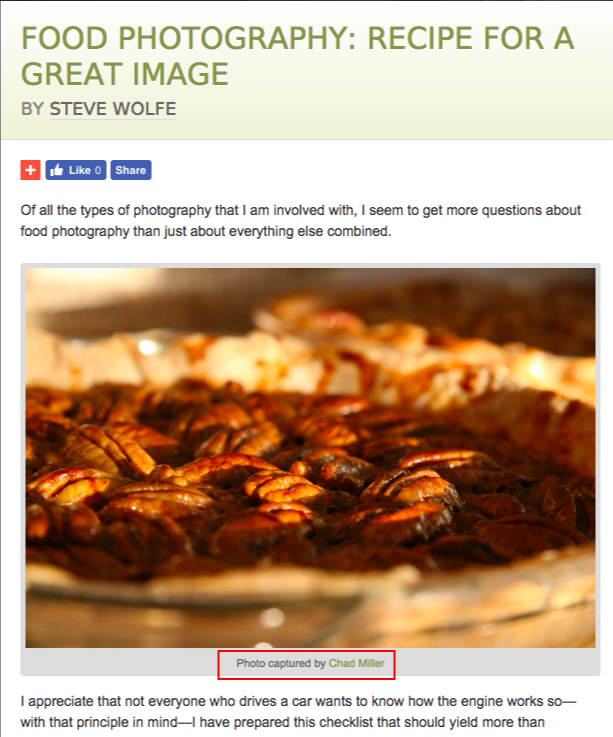
You can insert lines in your email that say, You may provide a source of link in your caption text (via domain.com).
If you got it right, that's a few homepage links you'll never easily get from other link building strategies.
7. Ranking Opportunities with Visual Content Using Pinterest
When ranking your website in Google, it's imperative to find low-hanging keywords you can easily rank without much due diligence in promotion, especially if you're a relatively new website.
Those keywords are goldmine opportunities that may only require you to put content that is only 2x better than other pages in search results.
And be mindful that you don't have to create 10x content just to rank. With an average DA of your domain, it's possible to steal that easy organic traffic.
One brilliant tip to find those visual ranking opportunities (h/t to @dan_shure) is using Pinterest.
Pinterest pages rank for keywords you may haven't thought are relevant to your industry. Some keyphrases even have high link intent, which gives you enough confidence for manual outreach.
How to start this content creation approach?
Put Pinterest into semrush.com. (I prefer SEMRush over Ahrefs when filtering millions of organic keywords straight on the platform without exporting CSV files).

Your next step is to filter keywords by your topic + "ideas" or "images".

Then filter again with keyword difficulty.
Do this method every month to find newly suggested or searched keywords, and you'll have endless visual keyword opportunities you can rank content with.
For example, the "backyard fence ideas" keyword has Pinterest pages with good link intent (20+ average linking root domains).
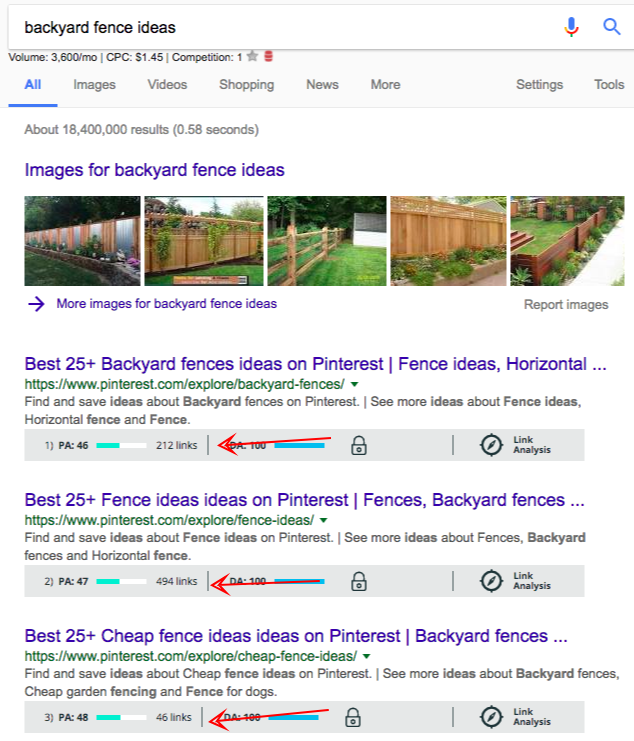
That keyword opportunity alike, given in your respective industry, is something you can grab and create 2x content with it, which passively helps you earn links when you rank.
8. Reverse Engineer Image Site Backlinks
For some of you who don't know, image links point to your site not with an anchor text but with an image.
Image links are acquired from different approaches. Here are some common examples:
Image directories
Loyalty cards


Partnerships or Sponsors
Professional Organization Links
As you can see, these are legitimate links mostly executed from a traditional partnership perspective, i.e. the case with a professional organization. You join a partner group, and they give you a link from their partners/association page.
Usually, these links are hard to get by just doing outreach and requesting a link.
You don't do that. for sure. These are gold mines. You think and plan how to acquire the link properly.
But with a good approach, and if your brand permits you to sponsor/partner/join or even create a loyalty card for customers, it's not only a branding opportunity. But along the way, you can create image links.
How did it start?
Put up a competitor's domain to a link prospecting tool.

Go to its Backlinks profile and export a backlink report (CSV).

Filter the list with words containing "Image" only to find image links, either do-follow or un-follow.
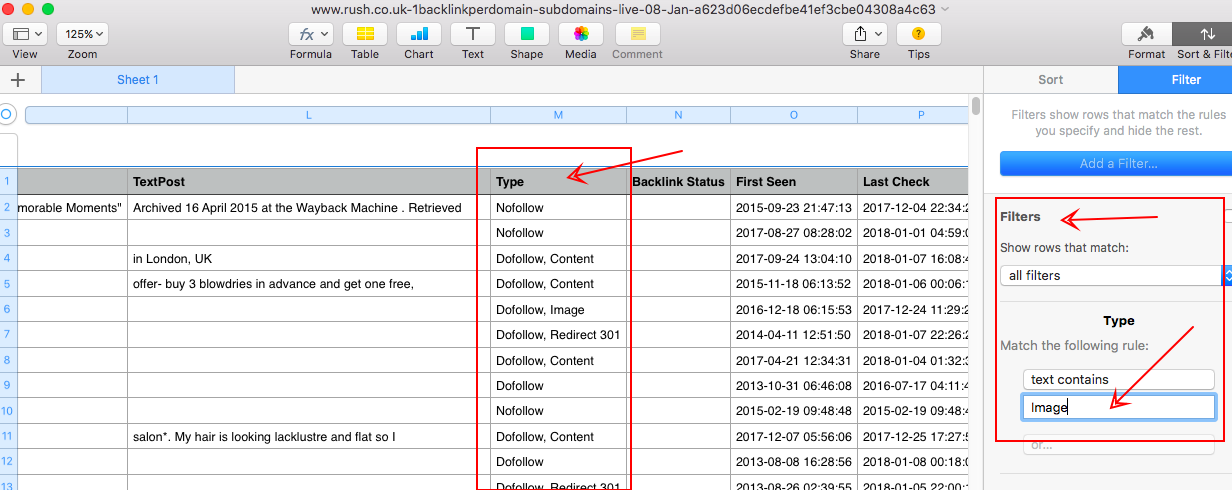
Search through potential link opportunities. Understand how your competitor acquired links. Some may take manual outreach. Others may take weeks to partner for a program. But there are a few that only require creating a profile and uploading images, just like this one.
9. Image Share With Other Websites
Honestly, not all image link building tactics can best fit your website.
But if there's one tip that is very simple to do to build links through images, you approach publishers and give them permission to use any of your visuals.
By giving them permission, you provide value upfront that sets you apart from other link pitches that say, "give me a link".
Jason Acidre established a solid image link building strategy of creating a private gallery/library of images and cinema graphs and offering it to bloggers in exchange for links.

With more bloggers caring more about the design of their content, they'll likely perceive your pitch as highly valuable, especially if it's given to them intentionally and for free.
If you don’t have the time or inclination to do them, you should probably find someone who can. Learn more about our link building services.
Image Link Building Frequently Asked Questions
How do I make an image a link somewhere?
To make an image clickable and turn it into a link, you can add the <img> tag within an <a> tag. This HTML code works on WordPress too, just use the text view option in the page editor. Give your image a link by nesting the <img> tag inside the <a> tag.
What are image backlinks?
Image backlinks are links to websites, pages, or profiles embedded in images. These backlinks help improve a website's visibility and authority, as search engines consider them signals of relevance and trust. Including image backlinks in your SEO strategy can enhance your website's ranking and attract more organic traffic. Ensure your images are properly optimized and relevant to the linked content to maximize their SEO value.
Does link building still work?
Yes, link building is still effective for improving SEO rankings today. However, it is important to focus on quality links rather than quantity. Building high-quality, relevant backlinks from authoritative websites can greatly enhance your website's visibility and organic traffic.
How to Get Backlinks with Guestographics
Guestographics is publishing visual assets on external industry blogs with the hope of getting contextual links pointing to a website.
Coined by Brian Dean, the said link building strategy has been abused used in acquiring legitimate links to their sites. It's effective in industries where bloggers want to delight their audience with a new content type (visuals) or want to share data/story/message that deserves to be heard.
A lot of SEO case studies have been published about guestographics. Here's one article where a blogger used guestographics to grow his pet blog's organic traffic by 975% within 6 weeks.
To execute this link building strategy, Brian Dean shows a five-step process that you can run smoothly in your industry.
Step 1: Post an infographic on your site
Step 2: Find sites that write about your infographic’s topic
Step 3: Show them your infographic
Step 4: Offer them unique content (“the bribe”)
Step 5: Get your contextual backlinks
I recommend you read Brian's entire guide to get further details on how to execute each step above.
What is guestographics?
Guestographics, also known as infographic outreach, involve creating and sharing infographics with other websites for them to use as content. It's a visual approach to guest blogging. By leveraging the power of visual storytelling, guestographics can enhance brand exposure and generate high-quality backlinks for increased website traffic and SEO benefits.
How to do infographic outreach?
Here are four actionable tips to do infographic outreach:
- Utilize email fragments in visual content outreach.
- Leverage infographic promotion with embed boxes.
- Slice out infographics into micro visuals.
- Localize visual data
1. Utilize email fragments in visual content outreach
It's easy to copy and paste an outreach email template from an SEO blog and replicate it on your own outreach campaign. However, without knowing the principles of why it worked in the first place, it can only give you initial success.
Emails like I like your blog and found you on [insert link source] or I stumbled upon you on [source] and thought that you'll be interested in my infographic hammered many inboxes of industry bloggers and publishers. They mostly go to a spam folder and don't help get returns in email outreach.
The way to stand out in email is to use a compelling, short, and personalized subject line such as this SiegeMedia's subject line format:
[ASSET TYPE] for [WEBSITE]: [POST SUMMARY].
The reason it's effective is that publishers can easily glance at what content type you're trying to pitch to and what your asset contains by simply reading your subject line.
A one-punch line can help improve your emails' open rates.
But effective outreach doesn't stop there.
It's important to include specific details that only that website has (Ross calls it email fragments) which gives a personalized hook to your email that will make it look like a one-time sent-off email rather than a blast-off one.
To test how important email fragments are in linker outreach, I sent a bad outreach email to a high-authority industry publisher with their Website Name not correctly spelled out. Scheduled it to be sent at peak hours.
Then after an hour, I received a response from the editor.

Negative.
Five months later, I sent a similar pitch (but with the correct spelling of the website's name) to the same editor.
This time, I received a positive response wanting to publish the visual asset that we've created. They are asking for a custom intro and jpg/png version of the infographic.

That may be a lame test (just one email) but I believe there are hundreds (if not thousands) of publishers checking their email inbox and choosing which email deserves a response based on how the pitch is structured and personalized.
The more you include email fragments in your pitch, the better results you'll get.
2. Leverage infographic promotion with embed boxes.
Publishing your infographic is finishing the first half of the battle (content creation). You have to put more eyeballs to it in order to get traction and naturally earn links - that's the second half (content promotion).
As you know, people put embed boxes after infographics. This allows other bloggers to republish the exact visual asset on their own blogs without asking for permission from the original publisher.
This approach initiates the promotion of the visual asset.
Now take this step to the next level by giving a code to bloggers that'll allow them to put their own embed box on their blogs when republishing your visual asset. The publisher who then embeds the asset will also have an embed code with your details.
When bloggers look at your republished content and are interested to do the same on their own blogs, it's easy for them to republish it.
That way, it multiplies the promotion two times without having to reach out to bloggers who have read/connected with republishers.
When you pitch bloggers, you only give them an attachment of the image (png/jpg) for them to upload it on their sites. But it'd be much easier for them to publish the asset you just send them a code.
The code should contain not only the image but also an embed code after the image. The code should look like this:
Let bloggers share the opportunity of links with you in the embed code. It looks like they've partnered with you in the promotion (co-marketing) when the visual asset is republished on another blog.
Customize the code by replacing Blogger with the Brand Name of the blogger and Your Blog with Your Brand plus links back to respective sites.
It's a win-win situation. You get a link, the blogger acquires a link as well.
3. Slice out infographics into micro visuals.
I normally see long infographics that require several mouse scrolls to see the entire image. It's tiring to look at it on your screen, right?
While this denotes authority in some industries (because it's filled with a lot of data), what I've realized is that not all visitors will dare to check all the details inside the image. They only check the title and get the important facts.
One approach that you can do to not overwhelm your audience with too much content is to slice out a long infographic into two to even four micro images that won't break the entire message of the content, but rather help visitors pleasingly get each detail on a micro-level.
However, it may not be applicable to all types of infographics, such as the case with instructographics or how-to visual assets because it obviously breaks the process of how to complete/do a "thing" (e.g. how to choose a bottle of wine).
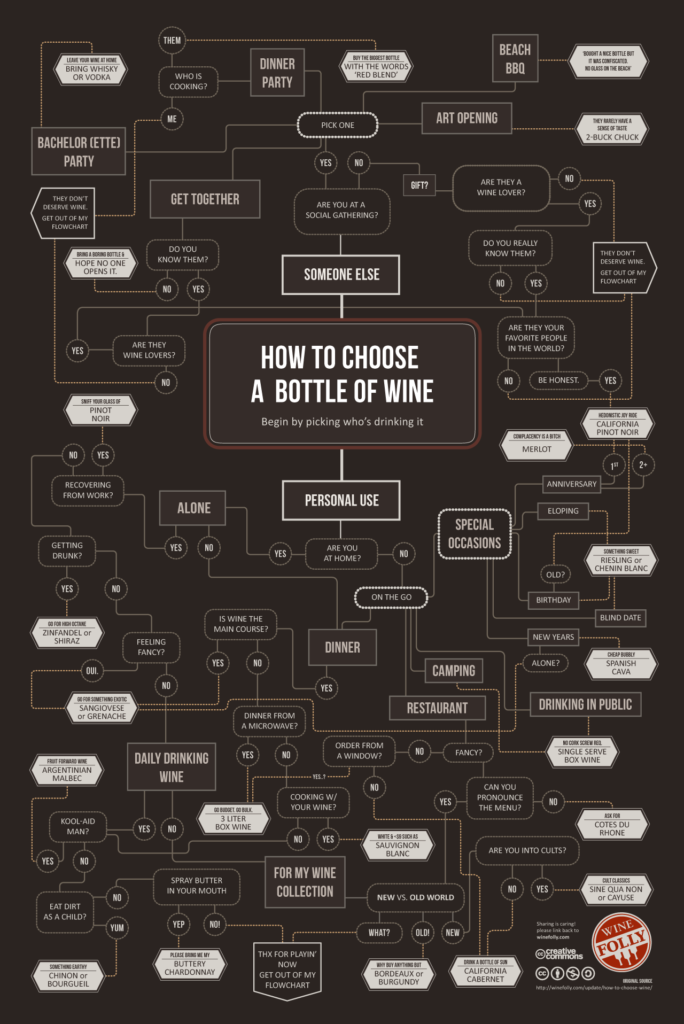
Nonetheless, there are infographics that you can break down into micro pieces, like those with five or more data points, that are contextually related but can be divided into two. For example, "How Technology in City1, City2 and City3 Impacts Teen Dating and Women Violence", you can create microimages for Teen Dating and Women Violence. This is the case when both these two main data points can stand out independently in messaging.
4. Localize visual data
Local links still play a huge role in ranking a local website for city-specific keywords.
There are a lot of link building strategies out there that help you build local backlinks, such as local sponsorships (events, local clubs, schools), local alumni, student, and employee discount programs.
I’ll let you in on a secret. There's one link building tactic that is underrated in the SEO community - that is, local infographics creation and promotion.
It's common to see an industry-specific infographic, but having both industry-specific and local-targeted visuals is rare.
Now the question is, how you can localize industry-specific visual data?
The first step is to find a local content source. You can use your company's internal data if you have one. But if you're looking for an external source, you may search for available content in public data sites below:
- https://www.data.gov/
- https://socrata.com/resources/
- https://datahub.io/
- http://data.worldbank.org/
- https://www.reddit.com/r/datasets/
Scour out these sites using local and industry keywords and see if there's a local and relevant public data source.
As an example, we've sourced out a research study about teen dating, abuse, and bullying in New York, New Jersey, and Pennsylvania by using the keyword, "bullying".

The next step is to assess the relevance and credibility of the public data piece by looking at the version history. This helps you check whether the information is updated for the current year.
Lastly, transform the public data into visual data either by hiring a freelance infographic designer or designing it yourself.
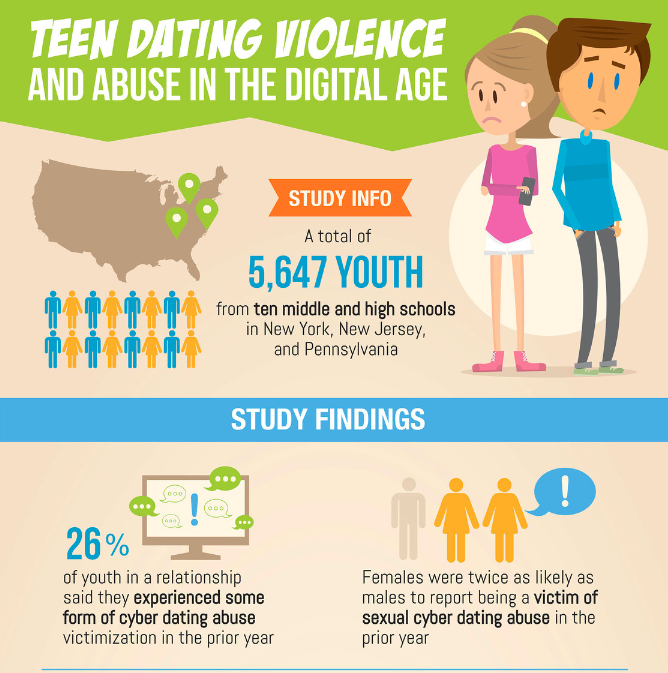
I hope this four-tips article gives you some spark in using guestographics effectively as one of your main-go link building strategies.
If you liked this post, subscribe to our newsletter and follow me on @venchito14.
Need help with your link building campaigns? Check out our link building services here.
Guestographics Frequently Asked Questions
How do I get backlinks from infographics?
To get backlinks from infographics, create visually appealing and informative infographics related to your industry. Embed the infographic on your website and allowed others to easily share it by providing an embed code. Reach out to relevant websites and bloggers in your niche, offering the infographic as valuable content they can share on their own sites while attributing credit back to your website. This approach can help generate high-quality backlinks.
What is the backlinks in SEO?
In SEO, backlinks are when one website links to another using anchor text. For example, you might find an article that references and links to another source. You can easily find examples of website backlinks all over the internet, particularly on popular blog sites that link to relevant content. Backlinks are crucial in improving search engine rankings and increasing website visibility.
What are the 7 common types of infographics?
There are 7 common types of infographics: timeline, data visualization, anatomy, process/how-to, comparison, list, and map. Incorporating the right type of infographic into your content is crucial for successful and effective content marketing. Infographics can visually communicate complex information concisely and engagingly, making them an invaluable tool for businesses and marketers.
What are the 3 types of infographics?
The three types of infographics you should use are statistical, informational, and process-based. Statistical infographics are based on data and numbers, while informational infographics use text-based information. Process infographics illustrate step-by-step processes. These types of infographics are popular and effective for conveying information visually.
What are the 7 parts of infographics?
The seven key components of an infographic include story, style, simplicity, size, stats, shareability, and sources. Our infographic provides a detailed breakdown of these essential parts and outlines a three-step process for developing a successful infographic (storyboarding, design, and promotion). It also highlights the importance of accompanying blog posts in maximizing the impact of your infographic.
What is the best free infographic maker?
Canva, Snappa, and Venngage are among the best free infographic makers in 2022. These tools offer user-friendly interfaces, a wide range of templates, and design options to create visually appealing infographics.
How to Get Backlinks in 2025 [21 New Strategies]
Looking for new ways on how to get backlinks and boost your site's Google ranking?
Great!
This post contains 21 new link building tips and strategies that are working in 2025.
Let's dive in.
How to Get Backlinks in 2025?
1. Create An Image Library
When people use your images, you can ask them to credit you with links.
The more images you produce, the more links you can reclaim for your website.
How can you start with this?
First, analyze what images are linkable.
Start with any of these sources to know what images get the most links:
You want to look for images likely to be used by publications and blogs.
The reasons why bloggers would use it are very simple:
They want to show how a person behaves the way they mentioned in their articles or how things are used.
And if you can give them images that portray that, then you're hitting their needs.
It must be any of these themes:
Places:

Objects:

Events:

People:

Actions:

Emotions:

Go look for them on a photo source website by typing your niche keywords.
For example, "work from home":
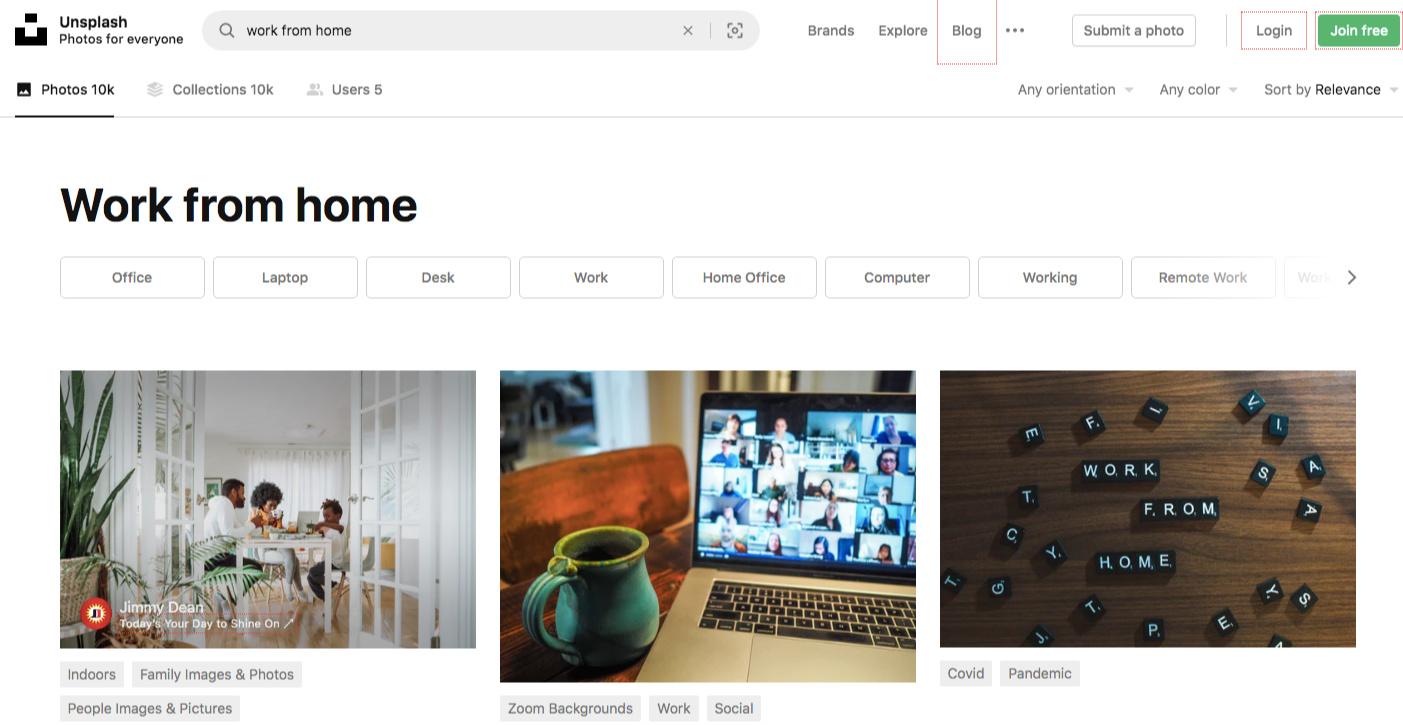
Or go to the Popular section to see what photos individuals and businesses are paying for.
Grab any image and plug it into Tineye to see how many sites have used it.
Once you analyze what images are often used by bloggers and publishers, go to your blog and publish an image library.
Create an image library that you can license under "creative commons distribute".
Get these images uploaded on Flickr and other websites mentioned above.
What you input in Flickr as a title and description will be your page title and meta description box.
Make sure you add your attribution request in your description.
Start with 30 images.
Then as you get results, add 5 to 10 more each month.
Monitor who uses your images using Tineye Reverse Image Search.
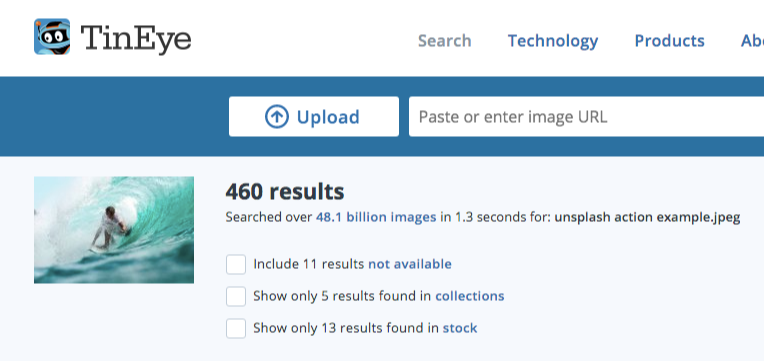
Or using Copytrack.
Or Picmatch.
Spot use of your images without links.
Reach out to them and ask for attribution.
Another effective strategy is this:
If you have a big library of images, maximize it to the fullest.
How?
Besides uploading these photos on photo-sourcing sites:
You can offer it exclusively to publishers.
Here is an email outreach template that you can use:
Subject Line: Save [Website]'s time and money on images you use
Hi [Name],
For [Website]'s editorial team, a crucial part of work is to find images, relevant to the content.
What do you think of an alternative source of images in the form of a free subscription to more than [number of] images: [link to your page]?
We can give you [number of] images per month for a [X]-month period (with a possibility of extension). In return, we would like you to credit our images with clickable links.
Please let me know what do you think of our offer.
Thanks,
[Your Name]
2. Apply 'Linkedin Reclamation' Technique
One of the easiest types of backlinks you can get is:
From people who mentioned you on their sites but without attribution of links.
Well, you can simply reach out to them and ask to get credited with links.
And you're probably familiar with this technique:
The good thing is you can do it with any type of page you own.
Including your Linkedin page.
If you have someone in your organization who is getting attention from the press, either they are an authority on a technical topic.
Sharing tips, quotes, or any value-added advice to the community.
Or because they have a remarkable story worth sharing.
Do a quick backlink check on their Linkedin profile page.
Find some potential link opportunities in there.
Reach out to blogs and ask them to link to their profile page on your website.
If you don't have a dedicated page for that person, create one for this strategy.
Then, get links.
3. Initiate Reciprocal Linking
You're probably familiar with link exchange.
That's the activity of two websites linking to each other web pages.
The SEO community has a heavy discussion about whether link exchange is good or bad.
But think about it:
Two websites can link to each other reciprocally without even the intention of manipulating search result rankings.
For example:
If I'm a product manufacturer and you're a reseller, would it be logical to link to your page because I want my potential customers to know where they can purchase the product?
Or vice versa.
Another example:
Two niche bloggers were attending a conference. They grabbed some coffee and talked.

They are in different niches. But happen to find each other's new articles useful for their readers.
One linked to his friend’s blog post. And vice versa.
You see:
These two examples are natural reciprocal linking.
Link exchange is okay.
As long as it is done in a manageable manner.
Not scalable. But if initiated for targeted people you've built relationships with, then it becomes more effective.
4. Use "Bank For Buck" Guest Posting Strategy
Not all guest posting campaigns are effective.
Why?
When people send guest posting ideas, they come from the lines of:
"Here are my guest posting ideas. Choose one that fits your blog."
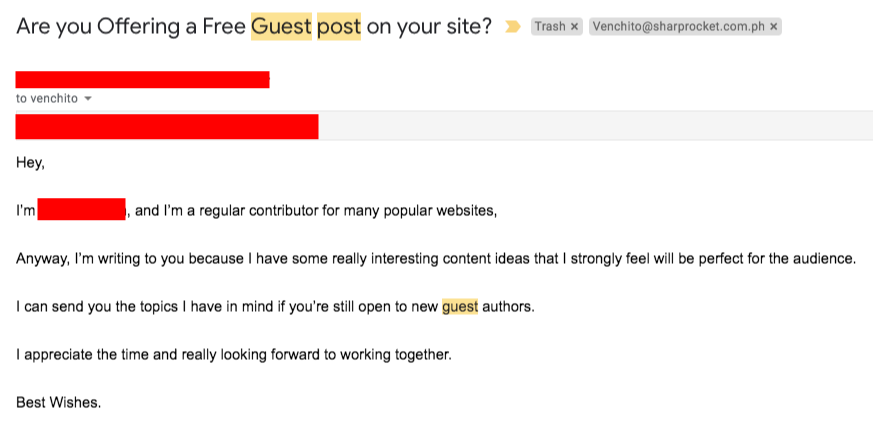
Or:
"topics I'm thinking about and hoping to include a link in your article pointing to my website"
It is a one-sided benefit on the part of the guest blogger.
Sad truth:
But this is why a guest posting campaign doesn't work for many businesses.
So how can you stand out among them?
Instead of thinking about just “links”, why not ask these questions:
What do they want?
What do they care about?
Some answers you can arrive at may be:
They want to rank for their target keywords to get new blog readers.
They want to monetize their blogs.
And so, if all these benefit your target publication, you want a new level of guest posting strategy.
Insert:
"Bank For Buck" strategy.
It's a guest posting strategy that is simple to apply.
The idea is:
You submit guest posting topics that your target guest publication/blog would benefit from:
Either because they can monetize from it.
Or they can potentially gain new search visitors by ranking your content for target keywords.
Now:
Here's how you can do it.
The first is to find affiliate programs in your industry.
And the reason is:
These affiliate programs may help your target niche bloggers earn a commission whenever someone clicks on their affiliate links and buy the products they're selling.
It’s a win for them!
How can you find these affiliate programs?
You can do a Google search for "[INDUSTRY] affiliate programme" OR "[INDUSTRY] affiliate program".
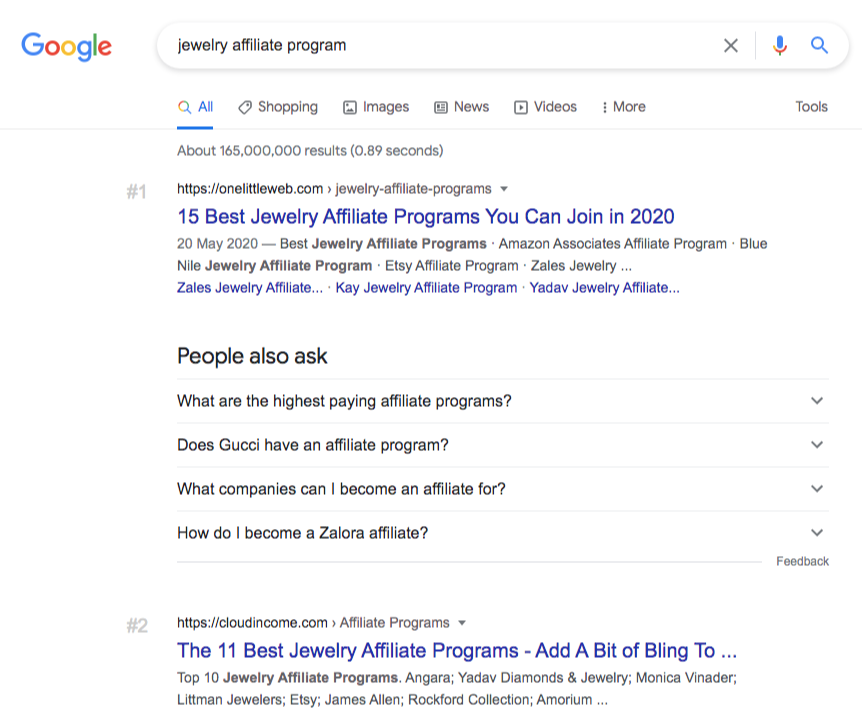
Here you'll see different brands looking for affiliate partners.
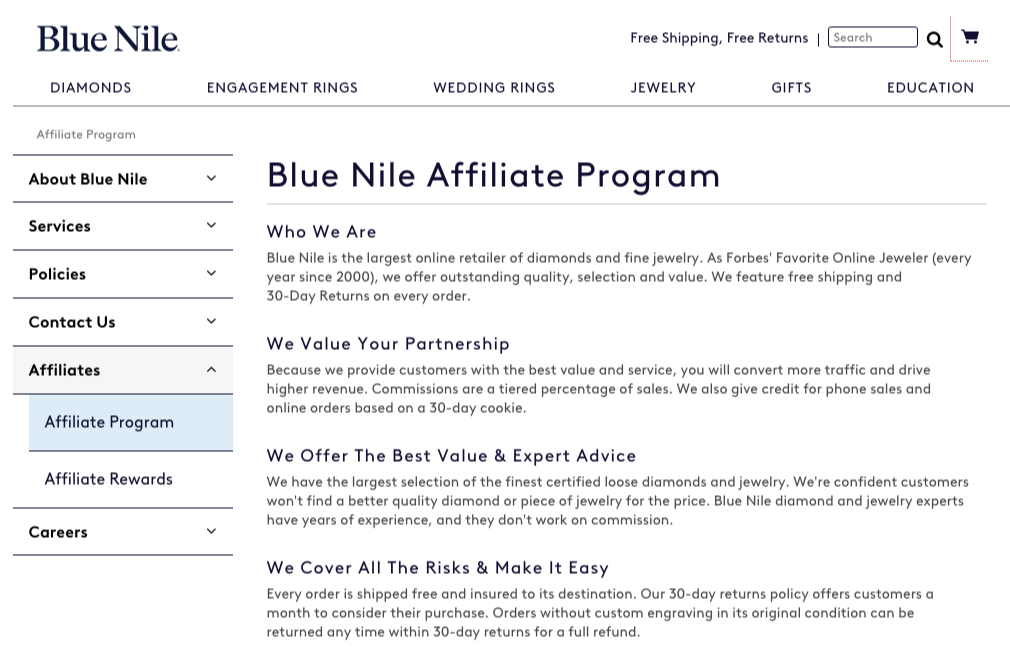
Make a list of these affiliate programs.
Next step:
Look for bloggers who are likely to participate in the program.
And the easy way is to find people who've done it before.
These are bloggers who've written product reviews.
And because they're into affiliate marketing, they will be more receptive to email pitches that would give them more affiliate commissions.
How to find them?
Use Ahrefs to check blogs linking to the affiliate programs you listed earlier.

Another way:
Look for authoritative blogs you can reach out to for guest posting.

In other words, these are your prospective guest blogs.
Then the next step:
Research for their best-performing content.
And find what topics you can write for them to help them rank for some industry keywords.
You can use Ahrefs for this:
Either use Top Pages to get a good sense of their top-performing content.
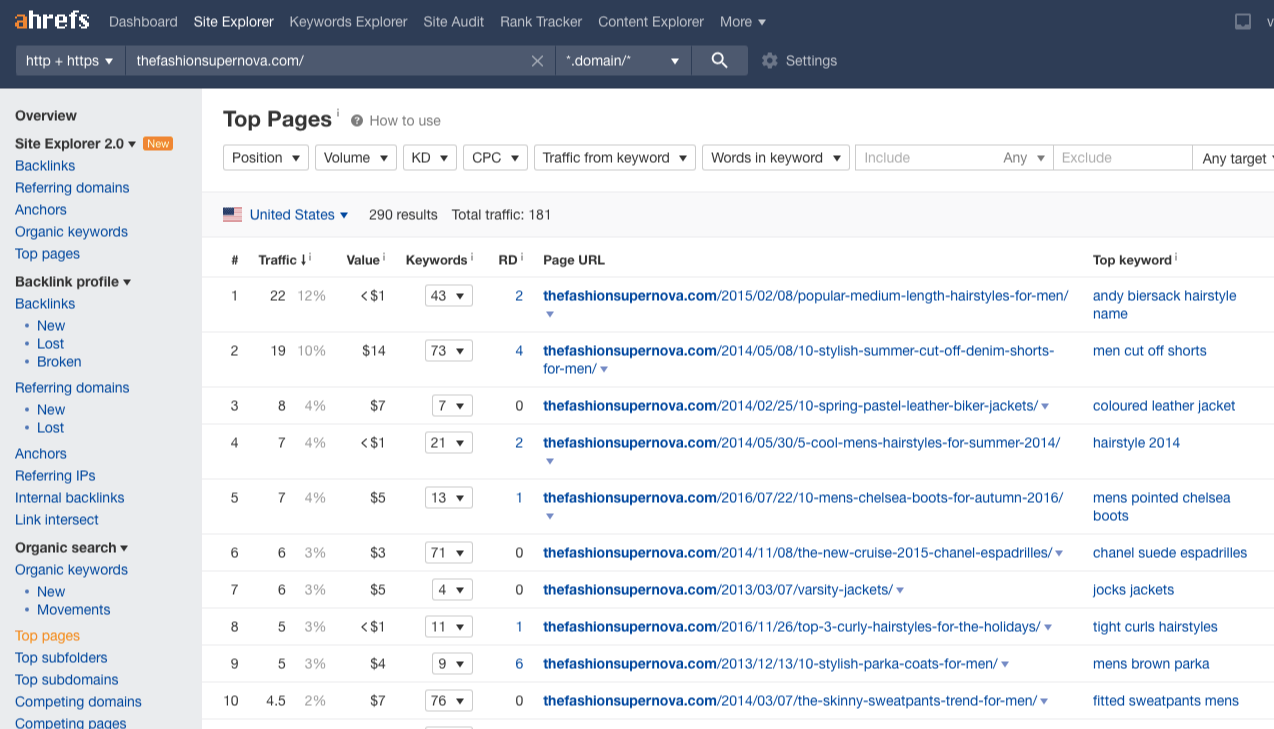
Or Content Gap Analysis to discover keywords they don't rank for yet (but their competitors are currently ranking).
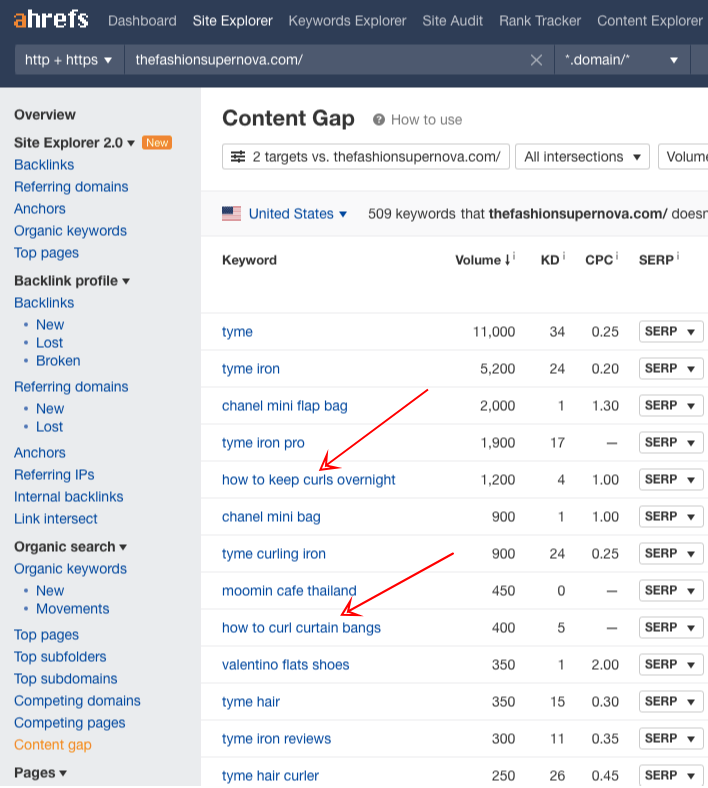
Now, as you assess, these are the topics you can suggest to write for the blog.
Two things:
You write the content and link to one of the affiliate programs you found related to their niche.
And you write the content that gets to rank for some keywords they haven't targeted yet.
So, in summary, here's how to apply the "Bank for Buck" strategy:
- Find affiliate programs in your industry.
- Look for niche bloggers who are linked to affiliate programs.
- Find authoritative blogs in your list.
- Send a list of guest posting ideas (with target keywords to rank and related affiliate programs to target).
- Write the content for them and get links to your site.
5. Get Infographics Inspiration From Visual Capitalist
It's challenging to make infographics stand out in your industry.
Not only:
Thousands (if not hundreds) of businesses publish various visual content assets daily.
But there is nothing new with most infographics.
So how can you make your infographics stand out in your industry?
The key is to model what already works.
That is to get inspiration from proven and tested infographics that have gotten links from authoritative blogs and publications.
One website producing solid visual content assets is:
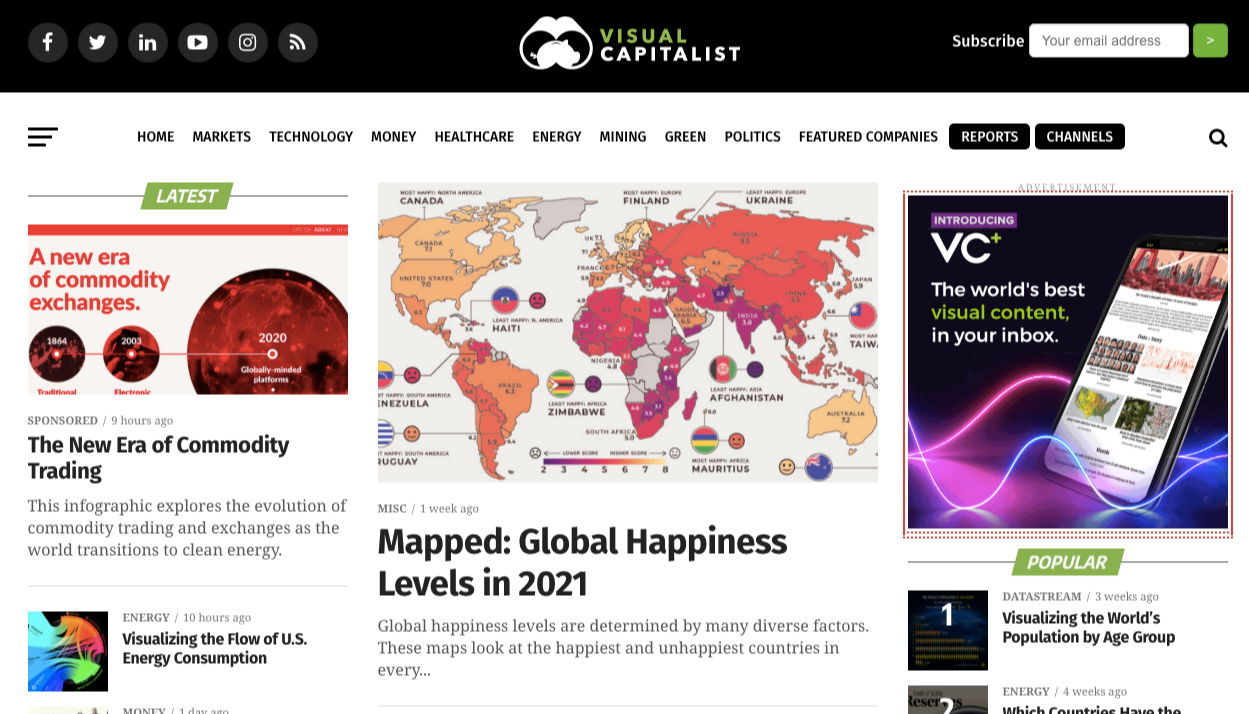
If you experience creative block when thinking of what infographics to create for your brand, check out what Visual Capitalist do.
Some examples are:
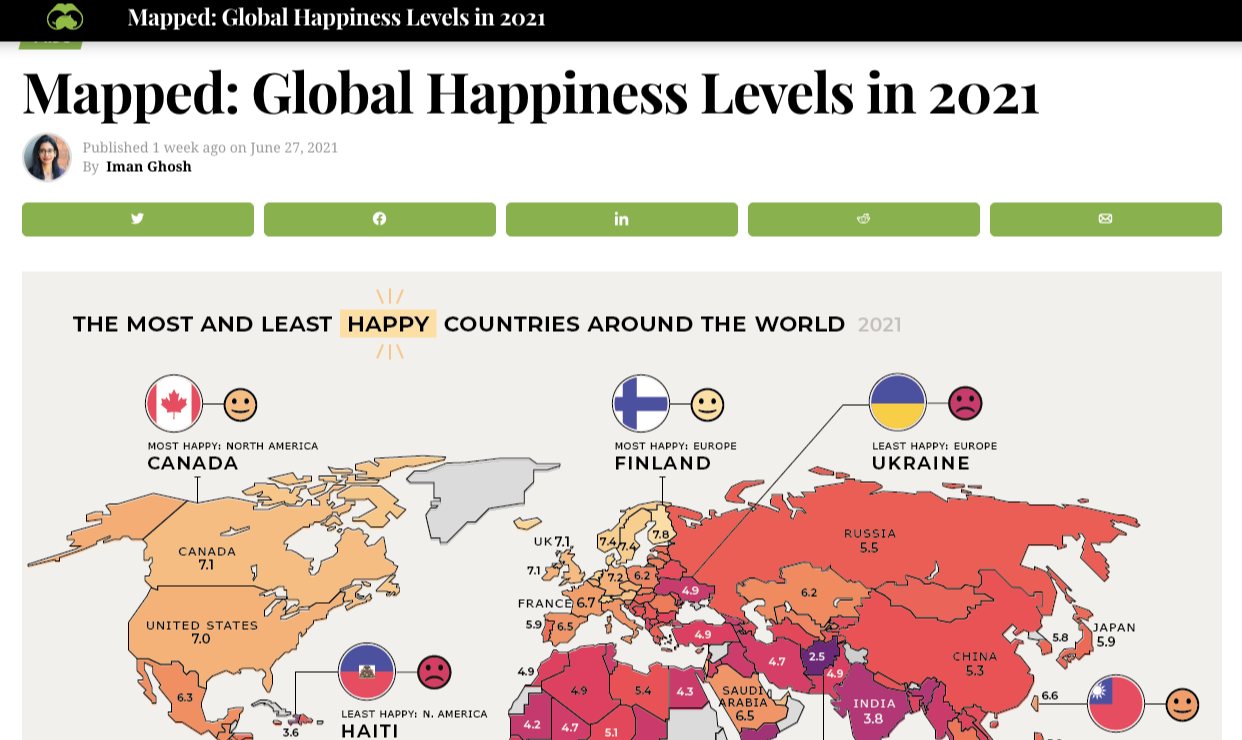
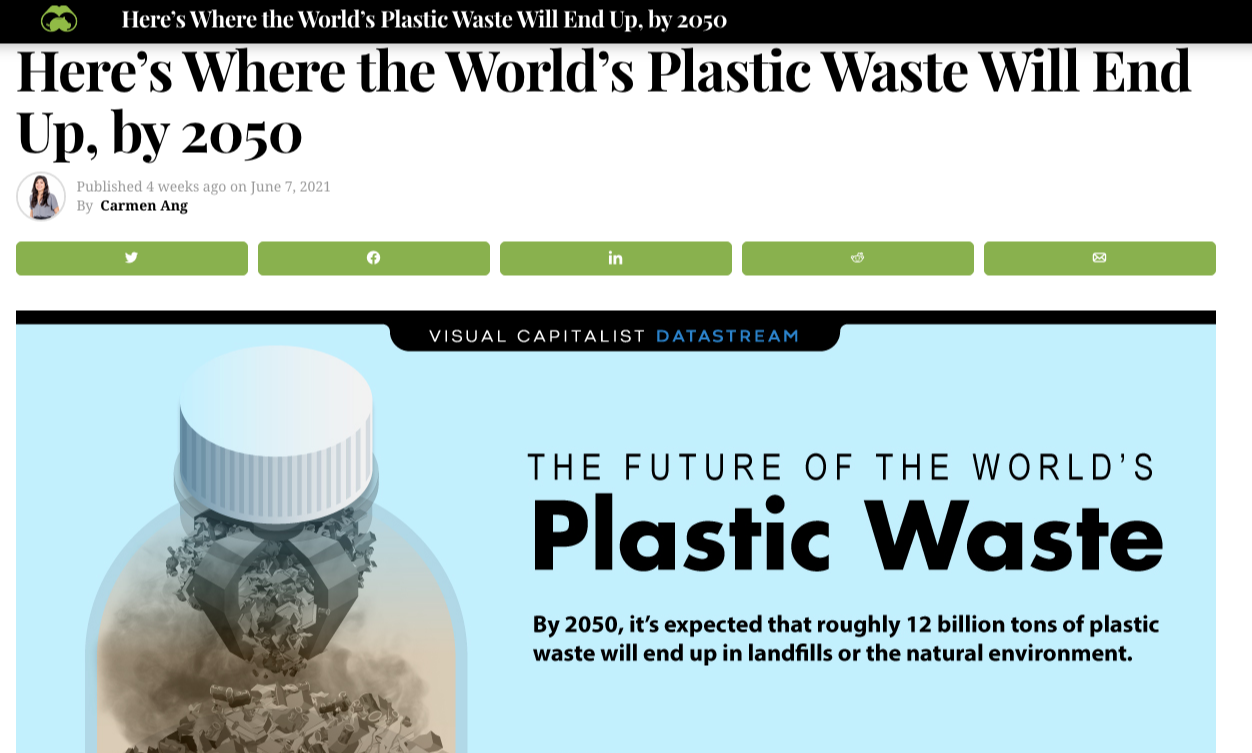
Now, you don't have to worry about where to start with infographics.
Check out our other link building strategies.
6. Use Thought Leadership For Content Collaboration
It's not that easy to create content.
But if you're working with other industry practitioners, you can produce more and higher quality content assets.
That's co-marketing.
How can you apply this?
Simple.
Find any thought leaders in your company.
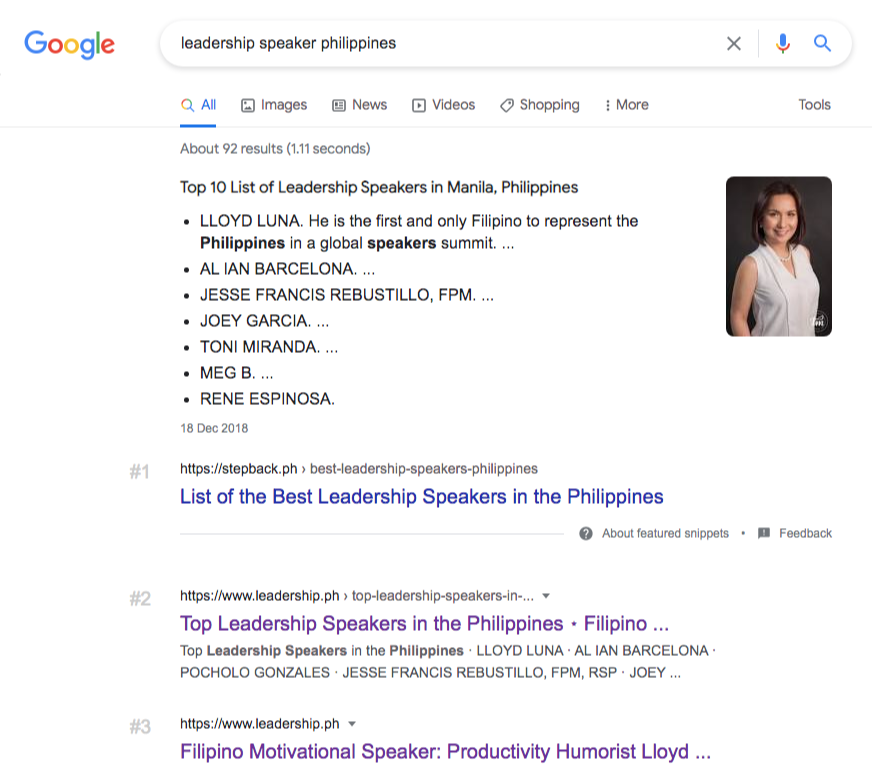
And get them to be involved in your content distribution strategy.
The idea is that the more authoritative a person is in an industry, the easier it is for you to secure opportunities with online publications.
Now:
Do you have any subject matter experts in your company?
How about professors who've done any solid research at school?
The great thing here is:
You can partner with other institutions and entities where each guest posts on each other's website.
7. Apply Advanced Stats Round-up Strategy
You're probably familiar with round-up posts.
A round-up post is an article containing insider tips from industry experts on a specific topic.
Most content marketers abused this technique.
And it affects how the marketing industry perceives the value of a round-up post.
The thing is:
Round-up posts still work.
But instead of just asking thought leaders to share their "most actionable tip", you can go deep with data.
For example:
You can survey at least 30 people.
Or try to get statistics about the topic.
Let's say you're targeting business owners.
You can research on:
"Percentage of business owners who would create the same business (industry) VS other business owners who prefer to venture into a different niche"
"The average number of employees, team size, or revenue VS the years in business"
These are just some examples.
The thing is:
Statistics are referential topics.
Publishers, bloggers, and content creators often link to statistics to validate their points and make their content more comprehensive than others.
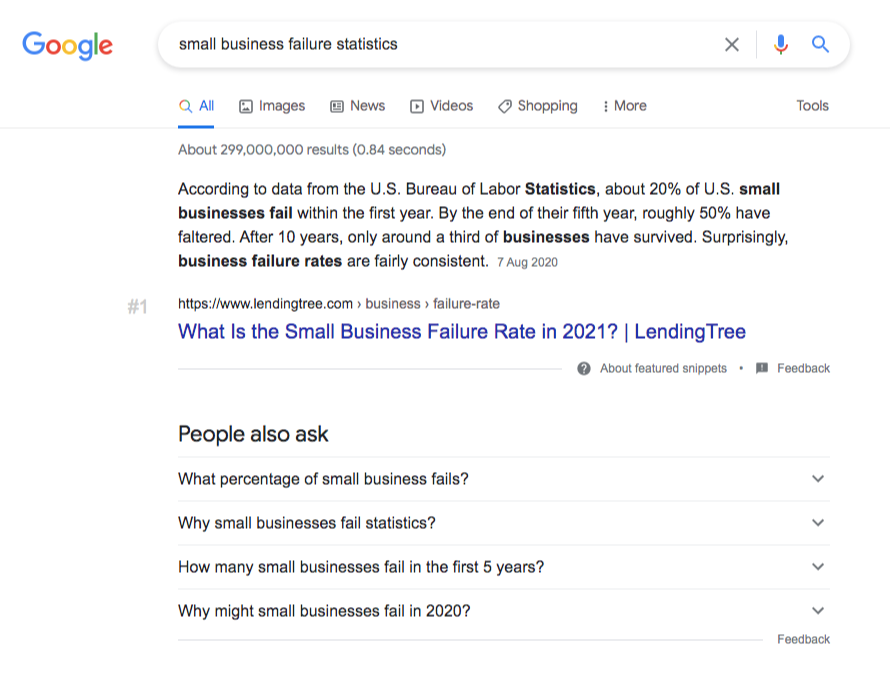
This means you have a high chance of getting links when you rank for target keywords (e.g. "small business owners statistics").
So do not just publish a 'best tips' round-up article. Go beyond that.
8. Do "Reduce, Re-use & Recycle" For Links
You can do wonders out of garbage.
if you know how to recycle properly…
What if recycling is also applicable for link building on your site?
How?
With old, seemingly useless content, you can create an entire content distribution program without even creating new content.
What are the steps?
First, find old content that you can prune.
These are pages that bring heaviness to your website (in terms of wordcount), but don't gain or contain any of the following:
Not generating backlinks (0 referring domains).
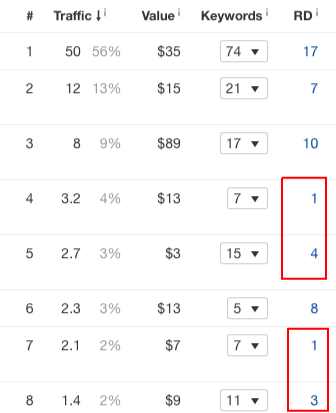
Receiving <100 organic visits per month (lower relative to your site's overall search traffic).
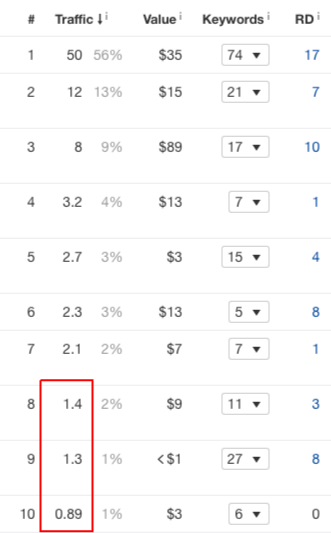
Not related to your blog's overall topic theme.
The next thing you'll do is:
Offer the content as guest posts to third-party industry publications.
Or you can rewrite the content first to fit the blog's content guidelines.
Then submit it once you see "green signals" from blog editors.
While doing this strategy, you'll find that not all your pruned content is worth submitting as guest posts…
And that's okay.
If there's a huge volume of well-written content, those are good articles still relevant for other sites.
The last step is to serve 410 response codes on the old URLs.
Or no-index via Search Console for those articles to no longer be indexed.
So if you have a hard time creating content for link building, recycle what you already have by turning old content into guest posts.
9. Reverse Engineer Author Footprints Of Competitors
You know, competitor research.
Finding patterns, behaviors, and people connected to your competitors.
In link building, it understands who is linked to your competitors.
Why did they link to their sites...
And what specific patterns you can model for your own site.
If you know competitors, who are heavily involved in link building with authors or bio names.
One link building technique you can do is:
Crawl their domain in a link building analysis tool like Ahrefs.
Outgoing links - Anchors
Scan through anchors and check names. Some of which are contributors to the publications.
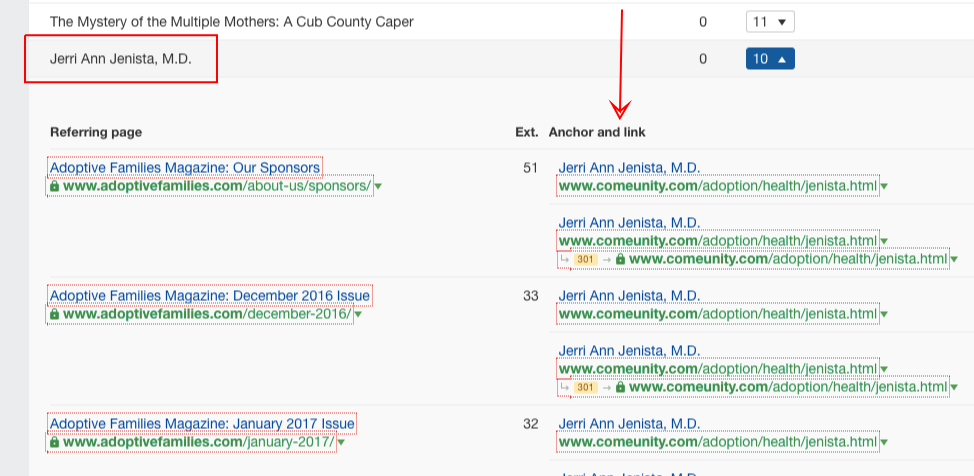
Locate the websites and social media profiles of those authors.
Collaborate.
Either:
Offer content partnerships (pay-per-content partnership).
Where they'll create the content and submit it to an industry publication.
And because they are already contributors to these industry blogs, it would be easy for them to publish the content.
10. Approach eCommerce or Shopping Editors
Ecommerce link building isn't that easy.
Webmasters must have a good reason to link to your product pages.
Many reasons, but one is:
Niche bloggers write "The best gifts for X" articles.
And if your product is relevant to their topics, you can get direct links to your product/category pages.
Besides bloggers:
You can also reach out to Shopping editors.
These are news writers, content creators, and editors from top eCommerce publications.
Let me give you a few names.
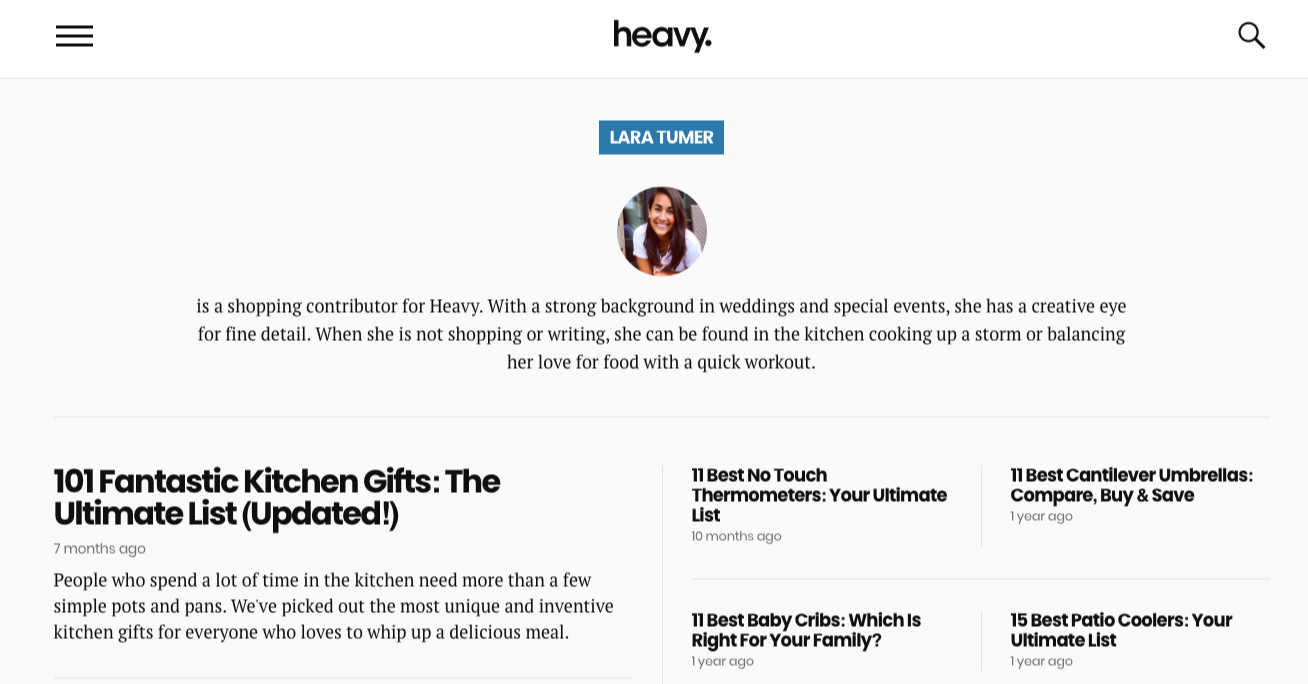
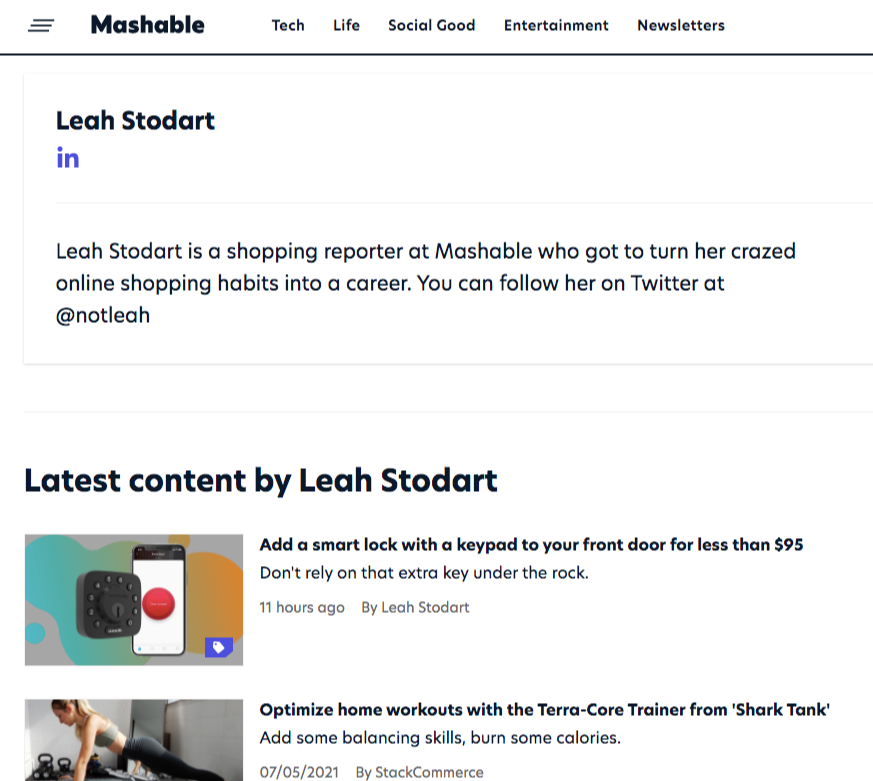
Then go from here. Prospect for more opportunities by discovering other publications that they're writing for.
Through Google search.

Through Ahrefs.
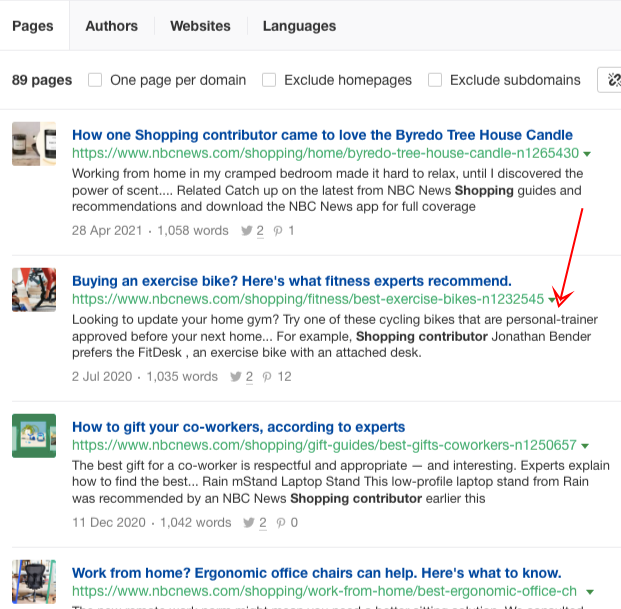
11. Use Non-Competing Websites As A Source Of Link Opps
What if you have exhausted the link opportunities of your competitors?
The next best option is to find non-competing websites to reverse engineer with.
These are brands that don't offer the same product as yours.
But they're in the same industry.
For example:
If you are a veterinarian, your first option is to find pages linking to other veterinarians in your market.
If you've prospected enough link targets from other vets’ sites, your next best is to use non-competing websites as your source of link opportunities.
Now, some resources pages link out to different needs of an audience.
Take a look at this page:
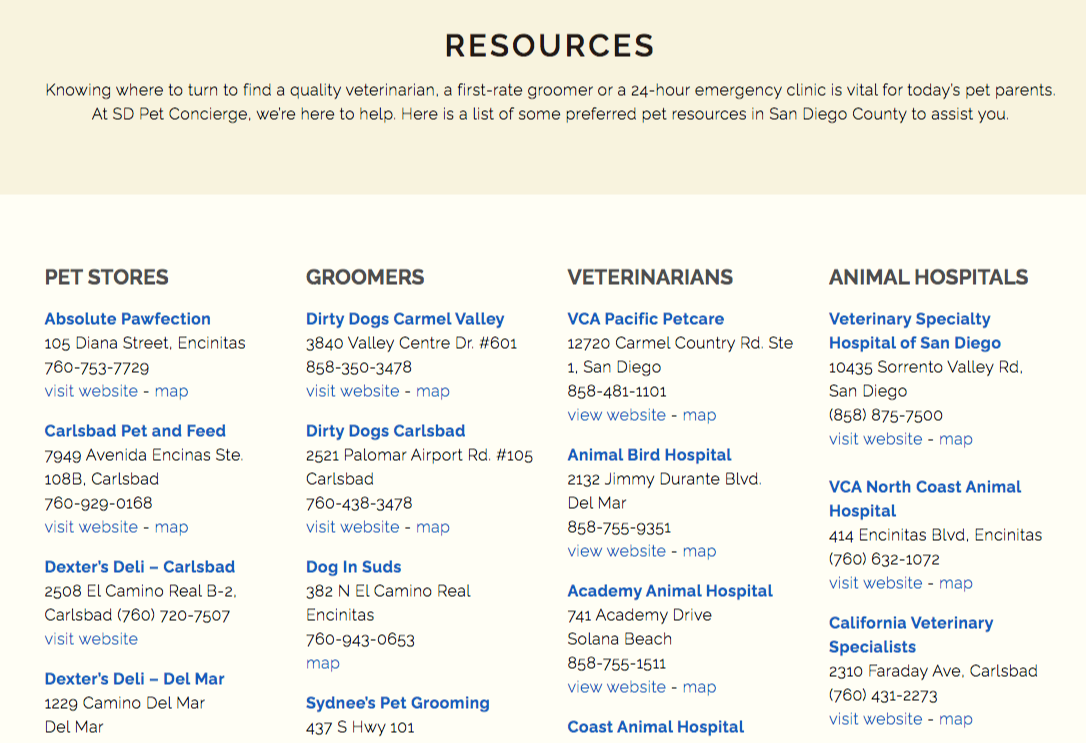
If you're a pet lover, you'd love this page as it covers pet resources in San Diego.
So you can think of pet stores.
Pet groomers.
Animal hospitals.
How can you apply this to your niche?
First, find niche resources pages (just like what I shared above) that cover different resources (not just for one niche offering - e.g. vets).
Then, look for pages linked to each of the non-competing sites in every niche category you can find.
Then be amazed by the number of link opportunities available to you.
12. Get Links From Eco-Friendly Product Listings
Green environment is a big chunk market of links.
Resource pages.
Guest posts.
Sponsorships.
Niche publications.
If you're selling physical products, one type of links you can take advantage of is:
Eco-friendly product listings.
There are tons of this type online.
For example:
An eco-friendly product listings page.
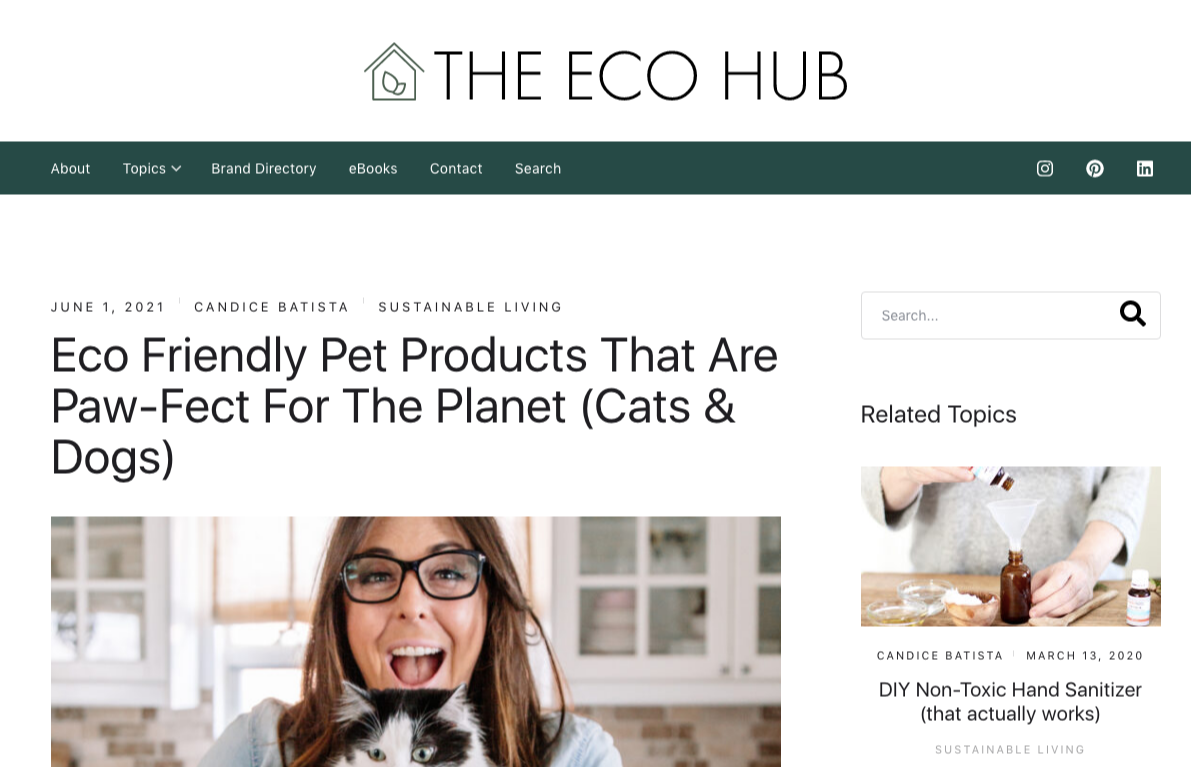
If you're a pet store selling eco-friendly products, then this one would open opportunities for you.
How?
Find other similar types of pages.
Using Google search:
Then reach out to them and pitch to be featured in their following articles.
13. Reach Out To Freelance Journalists To Cover Your Story
Digital PR is huge.
And publication editors receive hundreds of email pitches from brands and marketers looking to cover their stories.
The thing is:
It is saturated.
Instead of going directly into publications.
Try reaching out to freelance journalists.
They get paid by pitching stories and news into publications.
And that itself is an advantage, as they work with different publications.
One freelance journalist can open up many relationships.
And if you're an agency working with different content campaigns, this one is for you.
So, how can you discover these freelance journalists?
Use Twitter.
With their advanced searches, you can find Twitter profiles with "keywords" on their bio.
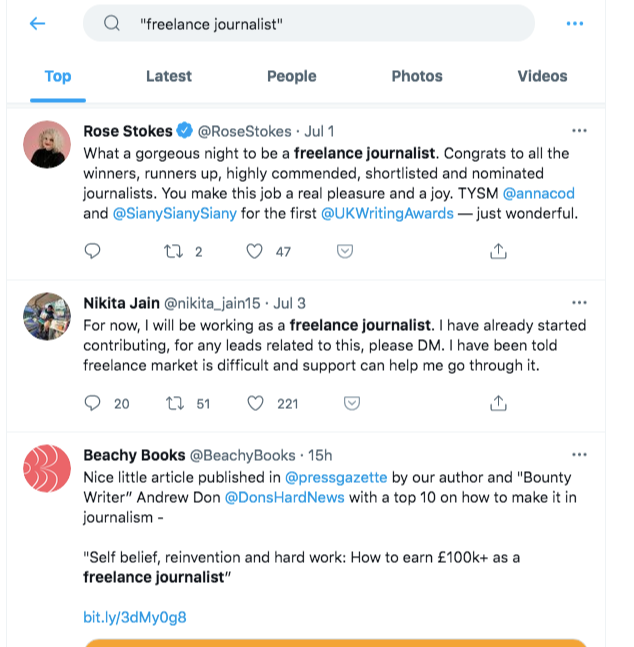
If you're into local SEO, you can focus your search on a specific location.
Find local freelance journalists you can engage with during a coffee chat or simply hop on a call.
Another way is incentivizing these freelance journalists to write content for you or your client.
As you build relationships with them, you expose your brand to several external publications you'd otherwise prospect or think of when you reach out to a cold list of "any kind" of journalists.
14. Use "3-Step Podcast Outreach Strategy"
It's undoubtedly that podcasts can offer you great links to your site.
But how?
Here are the 3 step process to maximize podcasts for link building in your industry.
First, use podcast search websites to discover active podcasts in your industry.
Either through:
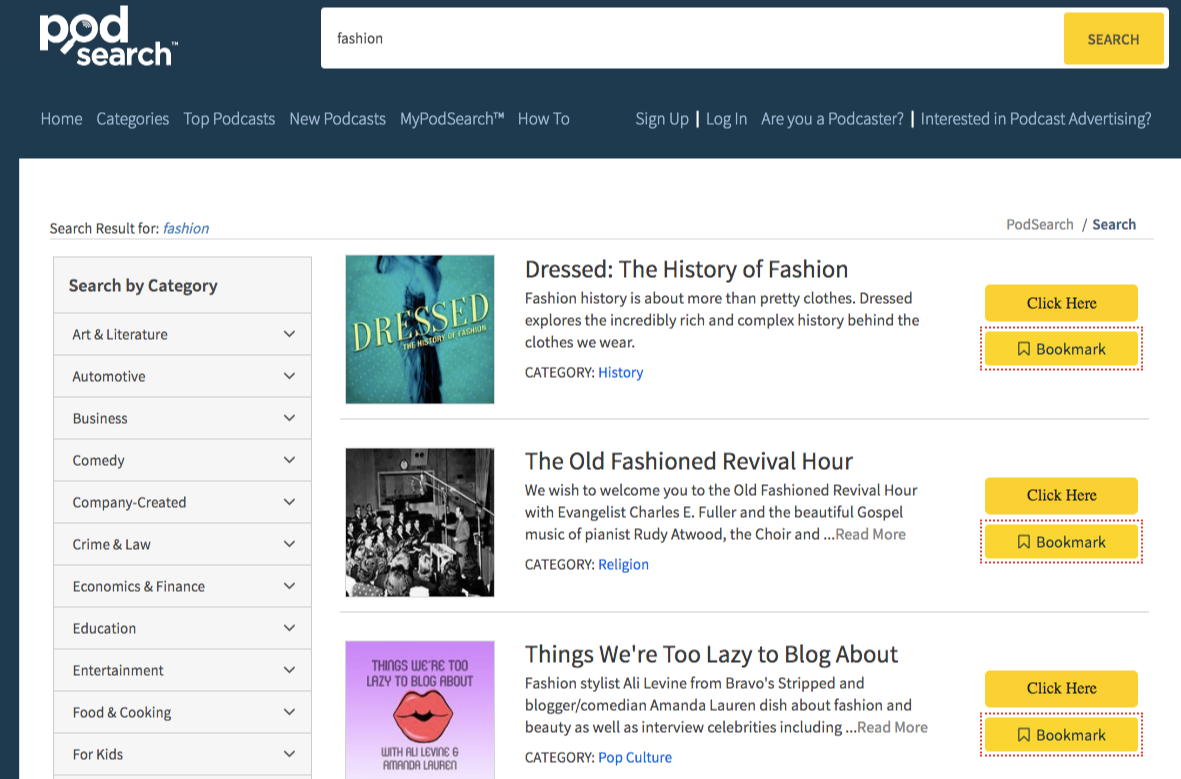
Or Wondery
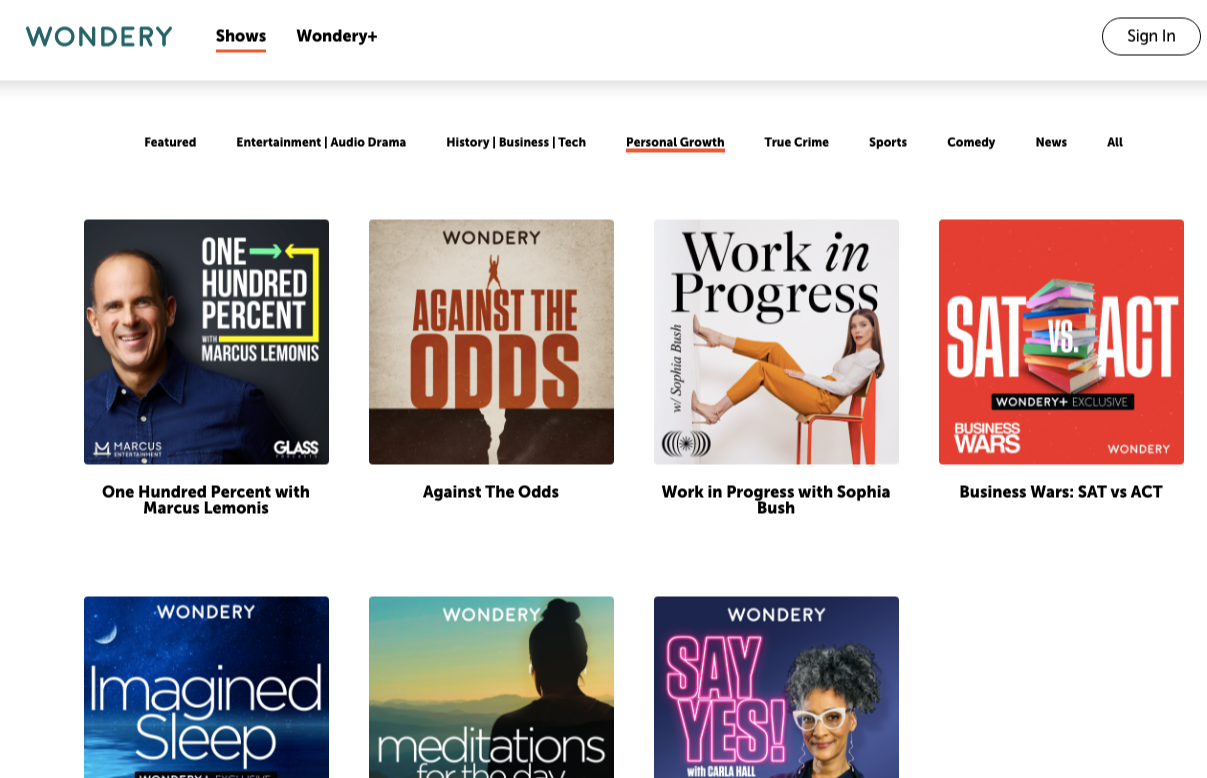
Or Blog Talk Radio:
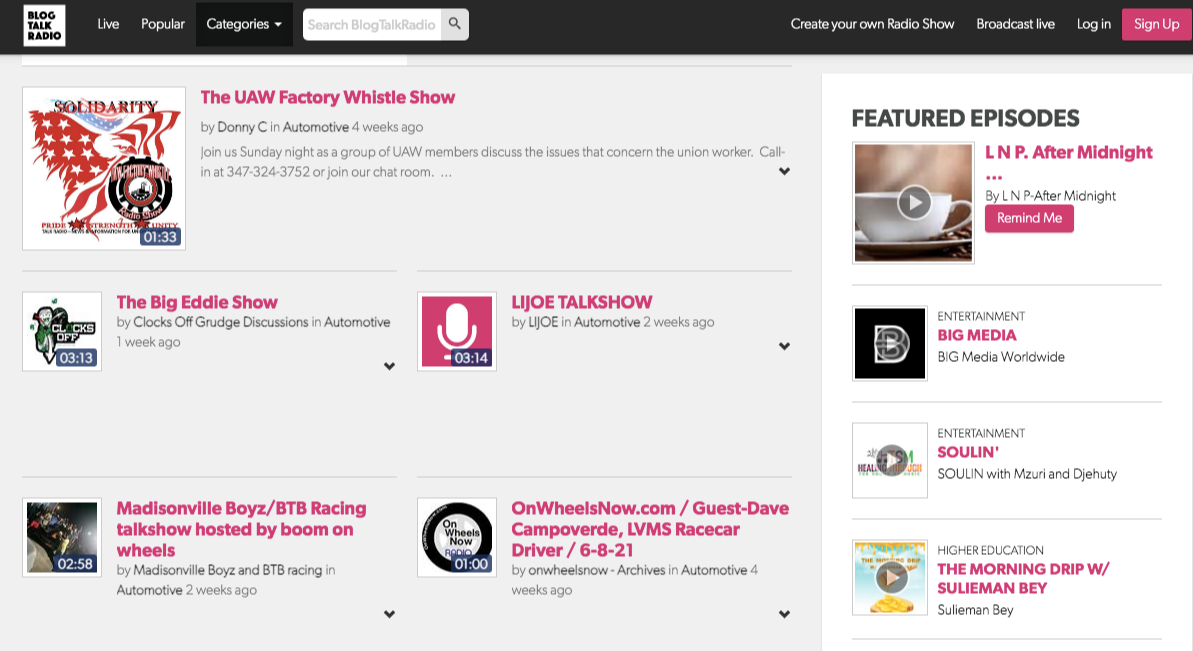
The next step is:
Pitch to these podcast hosts and offer great value in return for brand exposure.
If you're pitching for your client, here is a good email template that you can use for outreach:
Subject Line: Guest suggestion for [Podcast]
Hi [Name],
[Briefly introduce yourself/your client]
Here are some key discussion points that your listeners would find interesting to hear:
- [Topic 1]
- [Topic 2]
- [Topic 3]
I'm not sure if you're open for new guests but in any case, [me/my client - state you/your clients' credentials as to why you/your client would fit their podcast, what's in it for them].
Do you think my client could be a potential guest on [Podcast]?
Let me know so I can connect you to [You/client's name]. I'll send any info you may need.
I'll offer to transcribe the podcast episode for you - free of charge. :)
Thanks,
[Your Name]
The last step is getting in touch with the podcast hosts.
Other hosts would give you sponsorship requirements.
So you need to invest money in that.
Others would let you come in for free.
Either way, you get brand exposure.
Plus, links from their transcript podcast articles.
Or even from their "press" pages on their personal websites.
15. Write Like A Normal Person
Why does outreach fail?
One reason.
Generic non-personalized email templates.
Public email templates are overrated.
Those email copies included in SEO articles don't always work effectively.
And the reason is that:
Different markets have different needs of an audience.
Different styles. And different levels of personalization your email must adjust to.
Do not say words to over-impress people with lines like:
"I'm a long-time reader/big fan of your blog."
"I liked what you shared in this article…" (without you even reading the article)
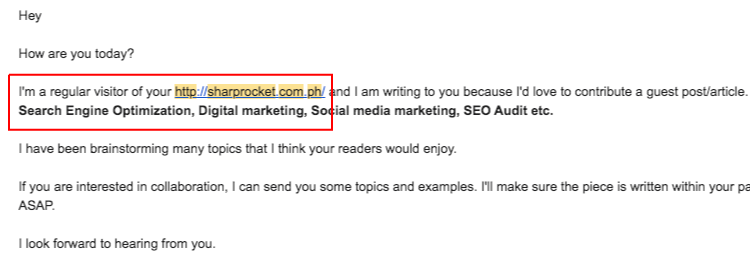
One best practice in email outreach:
Write like you're writing to a friend.
The key is to check your inbox and see the latest emails from your friends.
What does it look like?
In what tone or style of conversation?
The next time you craft email outreach templates think of your recent 1-on-1 conversation with your friend.
Like you're writing to an average person.
16. Find Websites Getting Natural Links
The best link building strategy is going for a mix of natural/organic links and manually-built links.
You get Natural links without pursuing bloggers/publishers to link to your content.
You get backlinks because of your authority.
Because of the information in your content.
One actionable link building tip is to spot competitors getting natural links.
That means they don't get it manually. They earned it organically.
But how can you know if what they picked up are natural links?
This is where you need the skill to separate manual and natural links.
When you crawl a domain in Ahrefs, you'll see a list of backlinks.
And by the type of links, you get to know if a link is earned or built manually by the kind of links.
You only need to know here that if a link is potentially built through manual outreach, you can collect it as part of your list of link opportunities you can reach out to for links.
Some types of links to be seen as manually built:
Local sponsorship links:
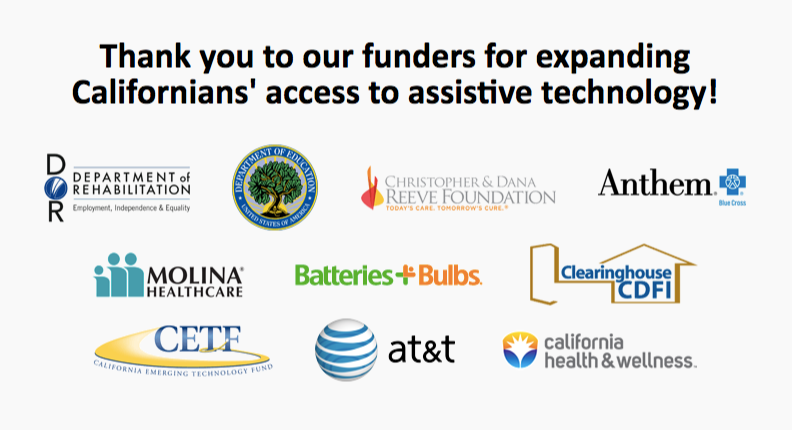
Resource page links:
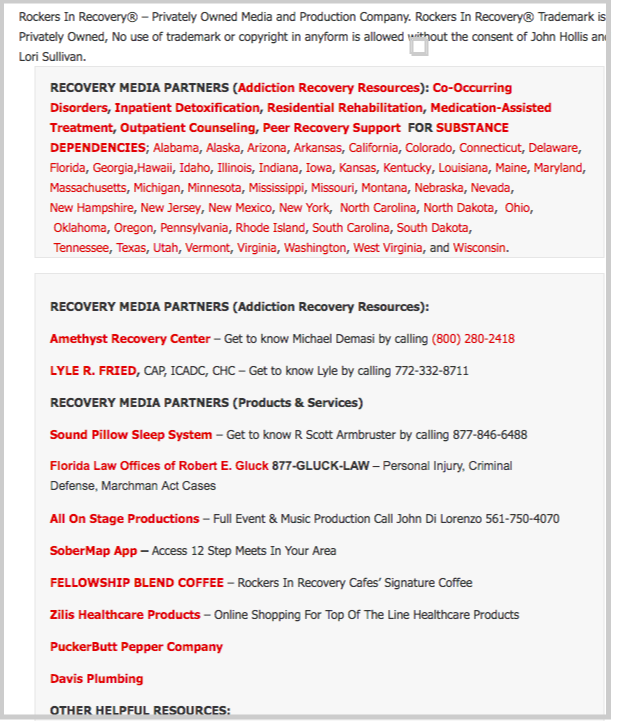
Round-up posts:
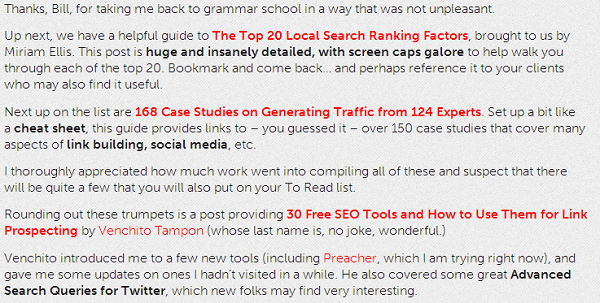
The logic is simple here.
Monitor your competitors getting natural links using Ahrefs' New Links feature.
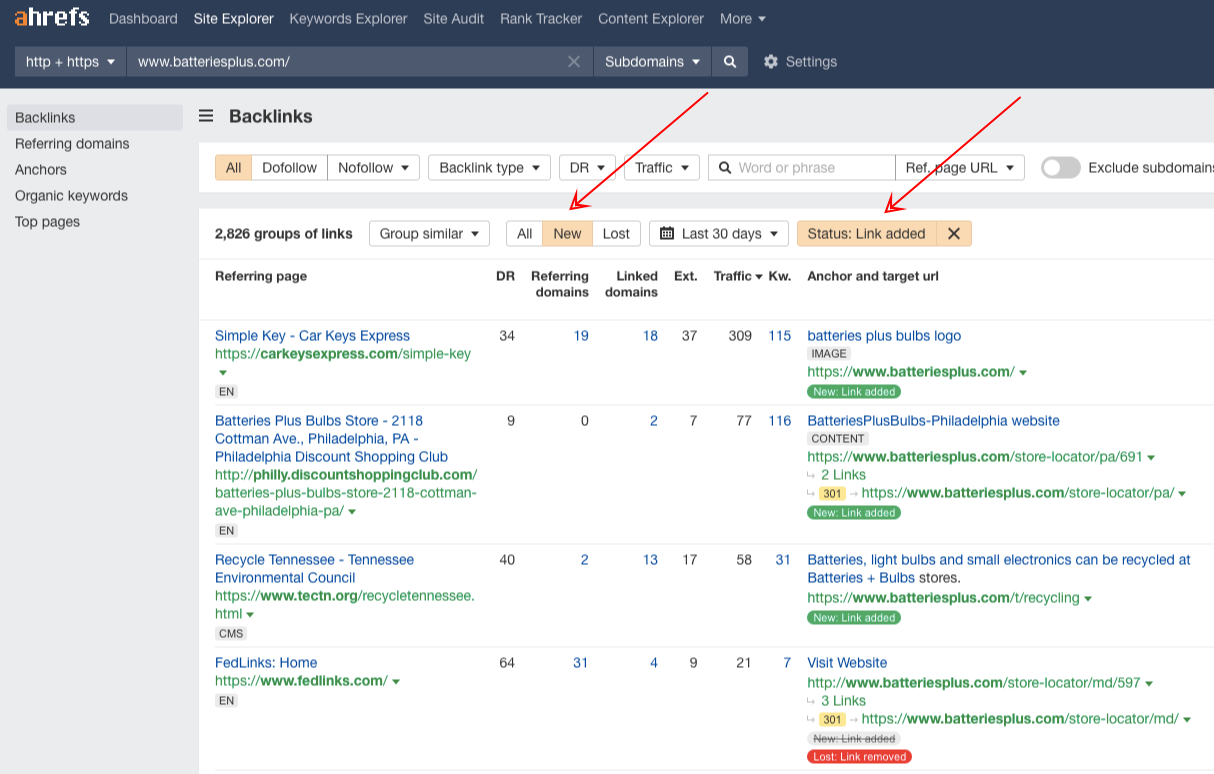
This could open up low-hanging fruits for your site.
17. Create A "Link Prospecting and Outreach Cheatsheet"
If you want to scale link building, you need processes.
Processes help your team achieve predictable results.
If you invest heavily in link building, you're probably not working alone.
You work with teams of SEOs or link builders.
Or have a small team of virtual assistants helping you with small tasks like finding email addresses.
Creating a 'link prospecting and outreach cheatsheet' is one thing to add to your process.
An easy-to-follow document that your team can follow every time you launch a new link building campaign.
Or have a new website to start doing link building with.
Create your documents, such as:
Broken link finding for broken link building strategy:
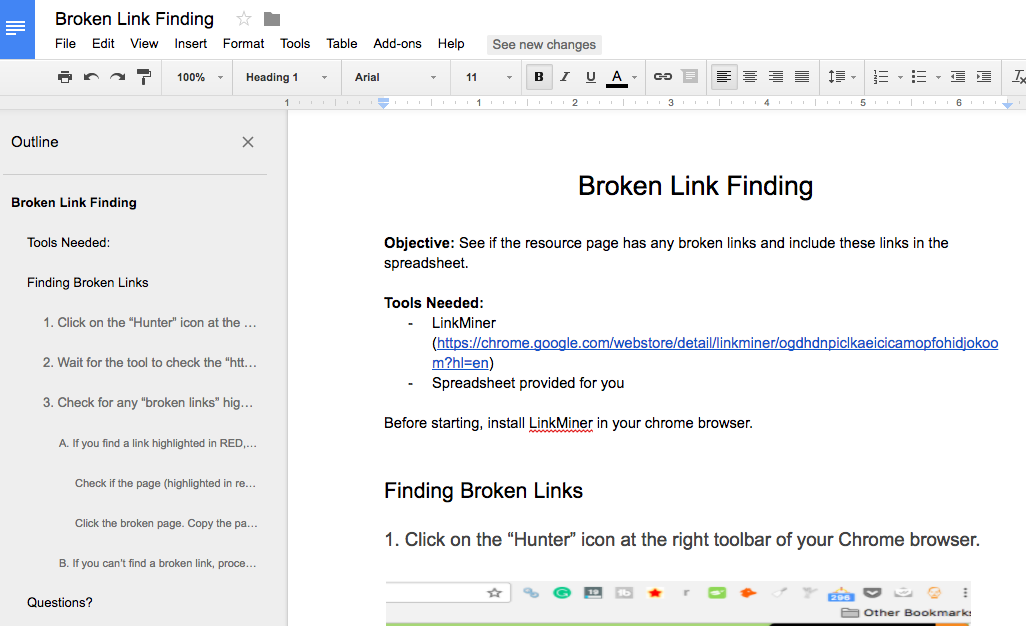
Outreach for broken link building strategy:
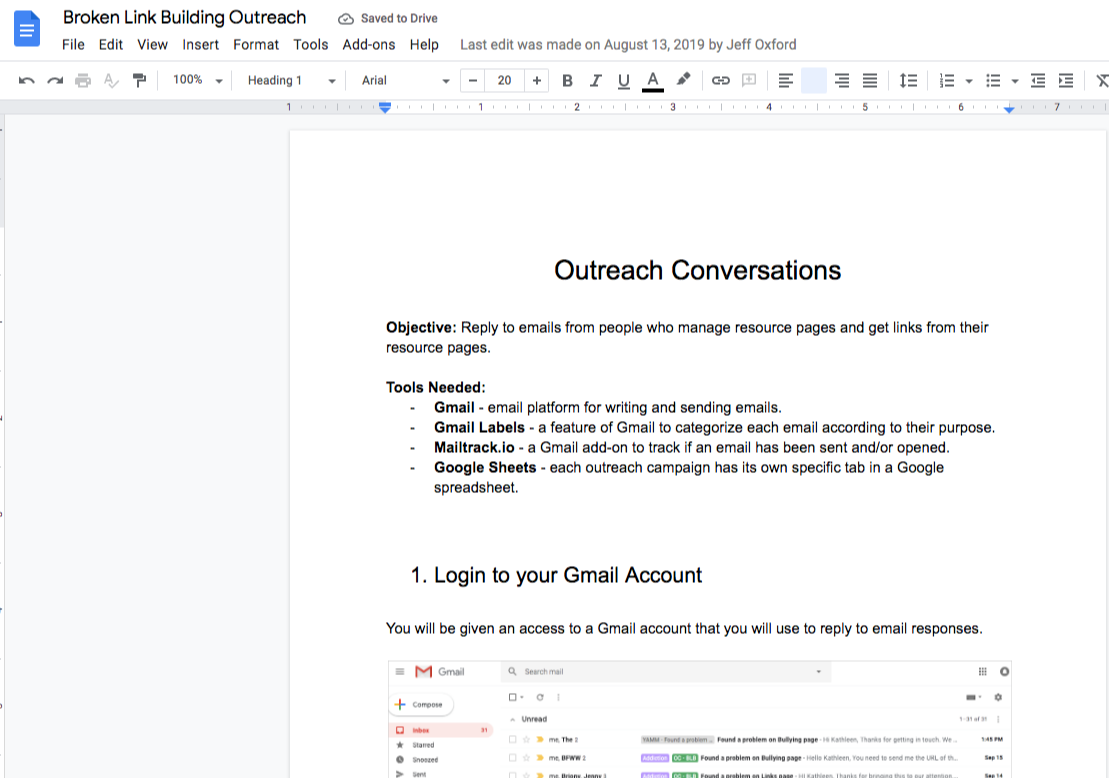
The more you scale links, the more you should be creating documentation for your link building processes.
18. Use Phone For Reaching Out To Resource Page Curators
The default way of connecting to potential linkers is email.
No doubt.
Write a personalized email. Hit send.
But not every email is read by the recipients.
Sometimes, they missed reading it.
That’s a loss-link opportunity.
One way that you'll find to be effective in outreach is:
Using the phone to request links.
This is especially true for resource page curators.
For example:
Links pages from .edu websites.
Typically, webmasters working in colleges and universities receive calls from people searching for the website.
So a potential error about one of their pages is something they care about.
And they don't ignore it.
So do some A/B tests calling with resource page curators on the phone?

Or if you're writing outreach emails, you put something along the lines of:
"If I don't hear back from you, I'll just give you a quick call regarding this."
With this additional simple sentence, you can increase your responses from people who don't want to talk on the phone.
19. Get Backlinks From Expired Domains
Here is one reality in online marketing:
Domains expire.
And when this happens, you can either:
Buy them.
Rebuild them.
Or redirect them to your site.
Many SEOs get easy backlinks by buying expired domains relevant to their site.
But you instead of buying them.
You can review their backlink profile to see if websites are linking to them, which might be your potential links.
Use Ahrefs to download their links.

And filter out bad links.
Like scraper sites.
The next thing you’ll do is to find their email addresses.
And reach out to these websites.
You simply tell them that the site is down and you have an up-to-date resource they can link to in replacement.
Here is an email template that you can model:
Subject line: error on your site
Hi [Name],
[Your Name] here from [Your Site}. Just wanted to let you know that you have some broken sites featured on [Page where an expired link is placed].
Your mentioned [Expired domain] on that page, which has been broken for a while.
We offer very similar content on [Your Site]. [Provide details of your content].
Let me know if you can add us to the page. Here is our site. [Your link to your page].
Look forward to hearing from you!
Thanks,
Venchito
If you're reaching out to the right people and have a targeted message.
You can gain quick wins in your outreach.
~10% in conversion rate
20. Speak To What They Care About In Email Outreach
One best tip in outreach:
Do not focus on links.
Links don't motivate people in outreach.
That's the hard truth.
Because SEOs care more about links than helping people — the latter helps you get the former.
Care about what your prospects care about.
Care about their organizations' goals.
What do their websites want to achieve?
Write emails to communicate people's issues, problems, or solutions.
Then you get links as the by-product of helping people.
A quick nudge on emails like:
"Where do you refer parents to finding the right dentist for their child? Is there any resource page on your site? I didn't know if the info was in the right place."
It is not a direct ask for a link.
But a subtle opening of a conversation.
As you start your conversation, and if it goes a long way.
You respond with something like:
"Well, we just finished this guide on [topic] [insert the URL of your content]. In any case, parent calls, it would be the best help to have it included somewhere on your site — may be an additional item on your resource page".
You see how this works:
It's not pushing them to add your link to their resource page.
It is basically:
Moving them.
Sparking their emotions.
And getting links in return for giving help.
21. Build Linhpin-Level Links
Linchpin.
Vital to an organization. Vital to a certain process.
Some links will move the needle in rankings.
They are relevant and may point to the top-ranking pages for your target keywords.
Now:
How you can find them?
Create a list of your priority keywords.
You're targeting these keywords (and you want to target) for your content.
Find the top 10 ranking pages for your keywords.
Do this with the help of Simple Scraper by URL Profiler.
Then, with Ahrefs API's help, crawl the links pointing to these ranking pages.
Your API credits will depend on the number of pages you crawl.
Remove duplicates.
And any irrelevant bad links.
Then you now have a solid list of prospect linchpin links.
Final Thoughts
Now I’d like to hear from you:
Which tactic from today's guide are you going to try out first?
Will you apply "Bank For Buck" guest posting strategy? Or do the "Reduce, Re-use, and Recycle" for links?
Either way, let me know by leaving a comment below right now.
How to Get Backlinks Frequently Asked Questions
What is the easiest way to get backlinks?
The easiest way to get backlinks is by creating valuable content that other websites want to link to. You can also contact relevant websites and ask for backlinks or participate in guest blogging opportunities. Additionally, promoting your content on social media platforms can help attract more backlinks. Remember, quality backlinks are important for SEO and can improve your website's visibility in search engine results.
How to get free backlinks?
To get free backlinks, focus on requesting in-content blog links from websites in the same or similar niche as yours. Avoid asking for links on landing pages, product pages, CTAs, sidebars, or footers. This strategy adheres to best SEO practices and increases the chances of acquiring valuable backlinks for your site.
How do I find backlinks for SEO?
To find backlinks for SEO, follow this comprehensive guide:
- Use backlink analysis tools like Ahrefs or SEMrush.
- Identify your competitor's backlinks.
- Check for broken or lost links.
- Reach out to websites with similar content for link-building opportunities.
- Monitor your backlink profile regularly to maintain high-quality links.
This step-by-step approach will help you boost your website's SEO performance.
How to Build Edu Backlinks Using Scholarships (Without Spending a Penny)
If you've been in the SEO industry for years, you know how important it is to scale link building to help multiple clients rank in search for their respective keywords.
Given that almost every year, there are new link building strategies being created, the best way to be on top of the game is not to think of new strategies (since mostly they're just revised versions of old ones) but to create scalable processes for your link building campaigns.
What is an edu backlink?
An EDU backlink refers to a link from a .edu domain, representing educational institutions like schools and universities. These backlinks carry authority and can improve a website's credibility and search engine rankings. Creating quality content and building relationships with educational websites can help obtain valuable EDU backlinks.
In this post, I will walk you through one scalable strategy we've tested internally that can give significant results to your website: building .edu links using scholarships.
It's amazing because we hadn't spent a single penny when we built 14 .edu links in two months.
Want to learn how?
Keep reading:
How to Build Edu Backlinks Using Scholarships
Step 1: Target Relevant Niches
Audience targeting is not only necessary when executing common link building strategies like broken link building and guest blogging.
Even when you build .edu backlinks, you must know your target audience that is highly relevant to your website or client.
Here's how to make it simple.
Identify an audience of students who'd be interested in your scholarship program.
With our link building services, for example, we focus our scholarship efforts on students majoring in marketing, business, and advertising courses because we've found them to be more relevant to our website.
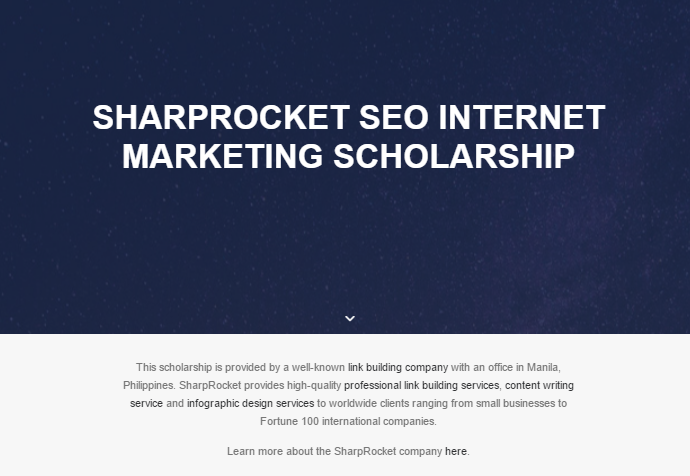
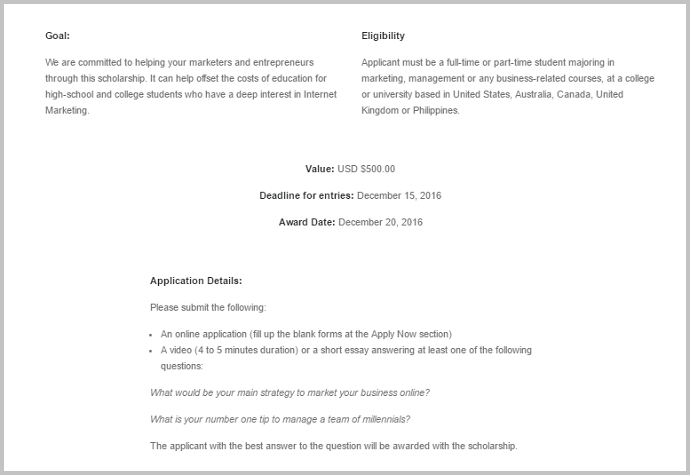
This is critical because if you got backlinks from .edu pages that are too far from your industry, they would be less valuable to your website. I'm not saying that generic .edu links aren't good enough, they are, of course, but if you can get a high-quality link from a much more relevant page, that would be better.
Here are a few examples of audiences you can target for scholarships:
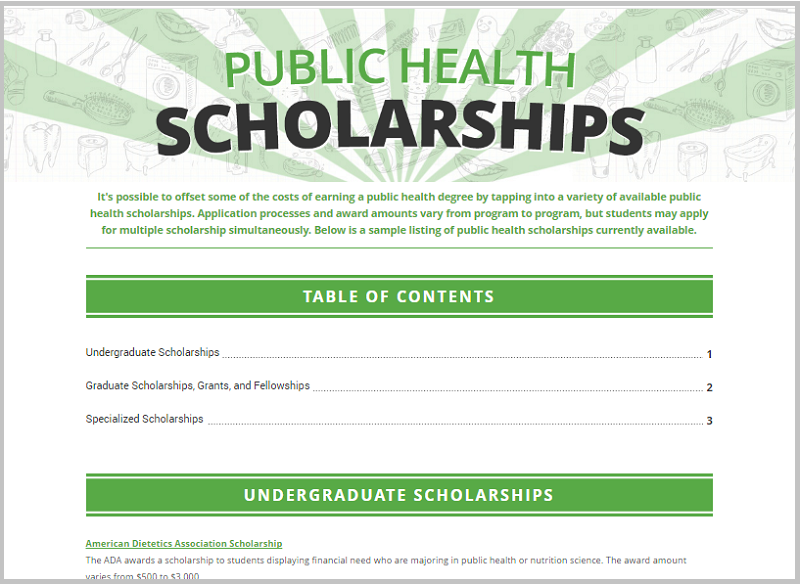
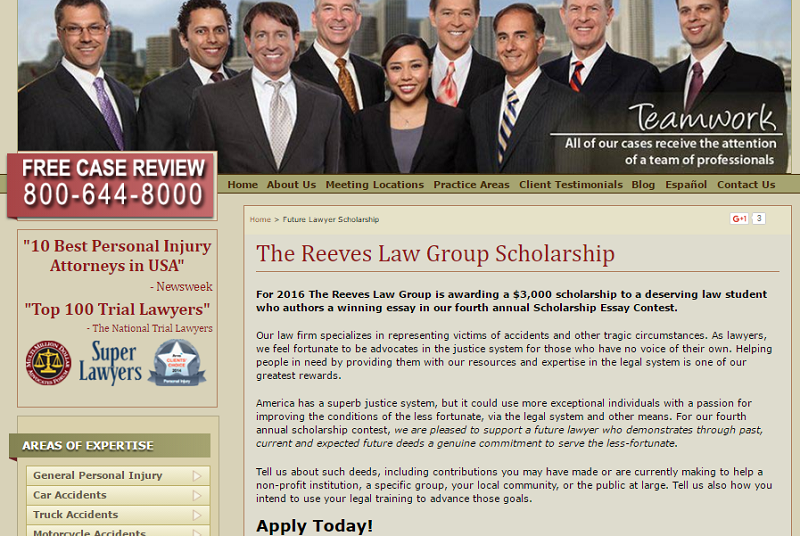
Step 2: Create a Scholarship Page
It's very simple to create this type of content.
However, you've got to have the important details.
Here are a few pieces of information you must include on your scholarship page.
1. COMPANY DESCRIPTION
Provide a short description of your company. This is actually where your whole domain will mostly get value from.
Internally link to your homepage or other important pages to pass link juice to these pages.
Here's a quick example of what I did for our link building company site.
[internal-links-scholarship]
2. ELIGIBILITY
The more specific you are when stating who will be your target applicants, the better you'll get responses from university and college staff members.
These are the necessary details you need to include in the eligibility section:
- Full-time or part-time students?
- Specific and relevant courses for students
- Upcoming college students (high school), undergraduate or graduate?
- Target country (if it is within a city or local, make sure it is stated).
See this example:
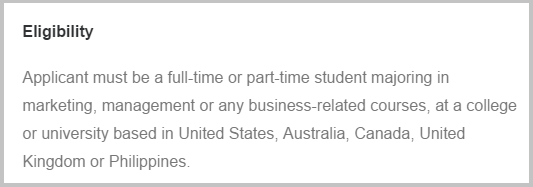
3. AMOUNT VALUE
The scholarship amount depends on your client's budget or your website. But I'd prefer the minimum to be $1000. Any amount lower than that won't be attractive to educational institutions. I've seen a $300 scholarship program, not sure how it went.
4. APPLICATION DETAILS
This section should include how your applicants can get the scholarship. This could be a submission of a written or video-based answer to a question related to the industry.
For example, we've asked our applicants to submit a short essay or a 4 to 5-minute video answering any of these questions:
What would be your main strategy to market your business online?
What is your number one tip to manage a team of millennials?
Alongside the application process, you should also state the deadline and award dates.
To make the application much easier, provide a contact form at the end of your page so they can attach and send their requirements immediately.
Step 3: Prospect for EDU Backlink Opportunities
Not all educational websites have relevant scholarship listing opportunities you could get links from.
When finding those link targets, I use two methods to find opportunities that best fit my scholarship page.
METHOD 1: USING SEARCH ENGINE OPERATORS TO FIND OPPORTUNITIES
Search engine operators are useful to help you seek possible link sources straight from search engines – Google, Yahoo, and Bing.
Combining appropriate search operators with proper keywords can filter the right prospects, enabling you to do link research much faster.
I use different search phrases I've collected and listed in a spreadsheet to find .edu link sources with scholarship pages.

This is pretty handy as you can hand over this task to a virtual assistant, freelancer, or your in-house SEO specialist (thanks to Jayson Bagio!).
What you are looking for in a scholarship page are two things:
- Solely list down relevant scholarship links or has a specific section that caters to your audience (i.e. a generic scholarship listing page with marketing external scholarship links).
- Has linked mentions of your scholarships (you want to get the most value from your effort, of course – so make sure they provide external links).
With this strategy, you don't have to worry about domain authority, Ahrefs rank, or other metrics you are using to qualify link opportunities since most .edu websites are within the range of DA40 to DA90.
You should also ensure that external links point to individual scholarship pages, not just to scholarship search engines or websites solely for scholarships.
METHOD 2: REVERSE ENGINEER A SIMILAR SCHOLARSHIP PAGE
If you run out of .edu scholarship listing opportunities, another way to expand your link list is to reverse engineer scholarship pages with edu referring pages.
You can use Ahrefs to plug in a similar scholarship page (which you can simply search in Google for the "keyword" "scholarship").
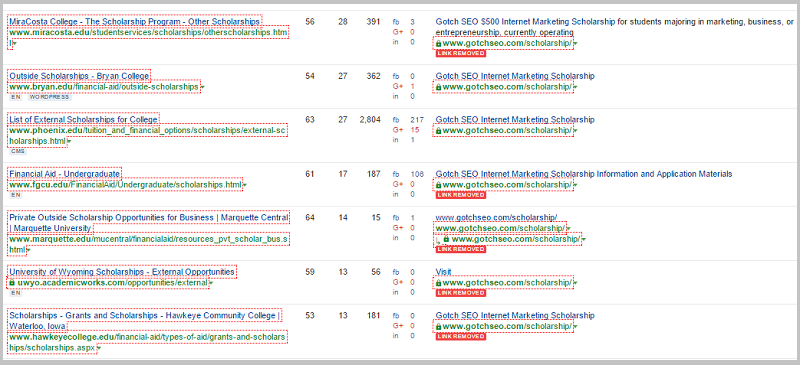
Scan through the list of backlinks and .edu websites with scholarship listing pages.
Once you've exhausted all possible link opportunities from one scholarship page, find another similar page and repeat the process.
Rinse and repeat.
MAKE SURE YOU ORGANIZE EVERYTHING
The key to properly scaling this .edu link building strategy is to organize everything.
I use a Google Docs spreadsheet for all tasks in a link building campaign.
Once you find a qualified link opportunity, include it in a Google Spreadsheet with all these required fields:
- Scholarship Listing Page
- Domains
- Relationship Status
- Name
- Email Address
- Remarks
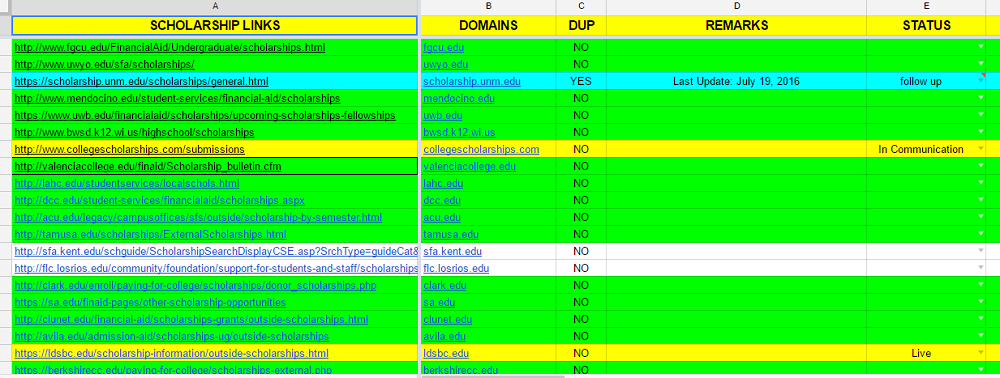
FINDING CONTACT PERSON
Universities and colleges have several staff members, and the only way to build Edu backlinks is to reach out to the right person.
There are two types of emails we consider for scholarship link building technique:
scholarship@domain.edu – you can get this email straight from the scholarship listing page
financialaid@domain.edu – if you can't find the first email above, look for this one by checking out the admissions and/or finance aid department/section of the website.
contact@domain.edu or contact form – if you can't see any of those emails above, you can simply send a simple message (email template later) to a generic email or through a contact form, asking for the right person to contact to about your request.
Step 4: Reach out to EDU Websites
When all details have been filled up, you are now ready to do outreach.
This is the exact email template that I used to reach out to .edu contact persons.
Scholarship for [ UNIVERSITY / COLLEGE ] students
Hello [ NAME ],
I noticed that you provide a list of private scholarship for students.
I'm sending you a message to let you know that my company offers one (1) [ AMOUNT] scholarship to [ UNIVERSITY / COLLEGE ] students that major in [ INDUSTRY ] courses.
Please feel free to contact me with any questions you may have so that I can send more information about our scholarship.
If it's not you who directly manages scholarships, can you forward me to the right person, please? I'd greatly appreciate that.
Regards,
[ YOUR NAME ]
When you send pitches to these people, you'll most receive three types of responses.
RESPONSE #1

If you receive this positive response, you just have to send all the details of your scholarship to them either via email or via a form that they will provide.
Once your scholarship is posted, they will give you a heads-up. If you don't receive a reply, make sure you monitor new backlinks to your site to see if you've got a backlink from one scholarship page. Pro tip: use Monitor Backlinks to ease this process.
Anchor texts on Edu backlinks are diversified: some are naked URLs, and others are exact scholarship titles.
RESPONSE #2

If you can only offer less than $1000 or $500, some Edu sites won't include yours in their scholarship listings since they have a certain threshold they consider.
RESPONSE #3

Another case is when financial/admission departments restrict scholarship listings to only one or two districts or local-based scholarships. See the response below.
A few more things:
- Some Edu sites don't list individual scholarship pages, but they get to add new scholarships from scholarship search engines. You can try submitting your site to scholarship search engines to increase the chance of getting an Edu backlink.
- Be specific with audience targeting because some EDU financial departments do not add any scholarships not thematically related to their students' courses (e.g. if it's a marketing-centric scholarship, don't dare to reach out to a psychology-based scholarship page).
WITHOUT SPENDING A PENNY
The title of this post says, "Without Spending A Penny."
That's true because I'll only spend some money ($500 in my case) on the scholarship award date. I would have received the returns on the efforts before the money was spent. A $500 budget for 14 links already amounts to $35 per 1 Edu backlink.
If you liked this post, subscribe to our newsletter and follow me on @venchito14.
Need help with your link building campaigns? Check out our link building services here.
EDU Backlinks Frequently Asked Questions
What are edu links?
Edu links are a valuable component of SEO strategy. An edu domain represents educational institutions like colleges and universities. The power of edu backlinks lies in their high domain authority and trustworthiness. By obtaining these links, websites can enhance rankings and visibility in search engines.
How do I get a backlink from a .edu site?
To get a backlink from a .edu site, try these effective strategies:
- Create valuable and relevant content that appeals to educational institutions.
- Guest post on .edu blogs or contribute to their resource pages.
- Reach out to professors or students for collaboration opportunities.
- Offer scholarships or sponsorships to universities.
- Join relevant forums or communities where .edu members are active.
- Conduct research and share findings with educational institutions.
- Build relationships with influential figures in the education field.
- Use social media platforms to engage with .edu communities and promote your content.
These strategies will help you establish quality backlinks from .edu sites.
